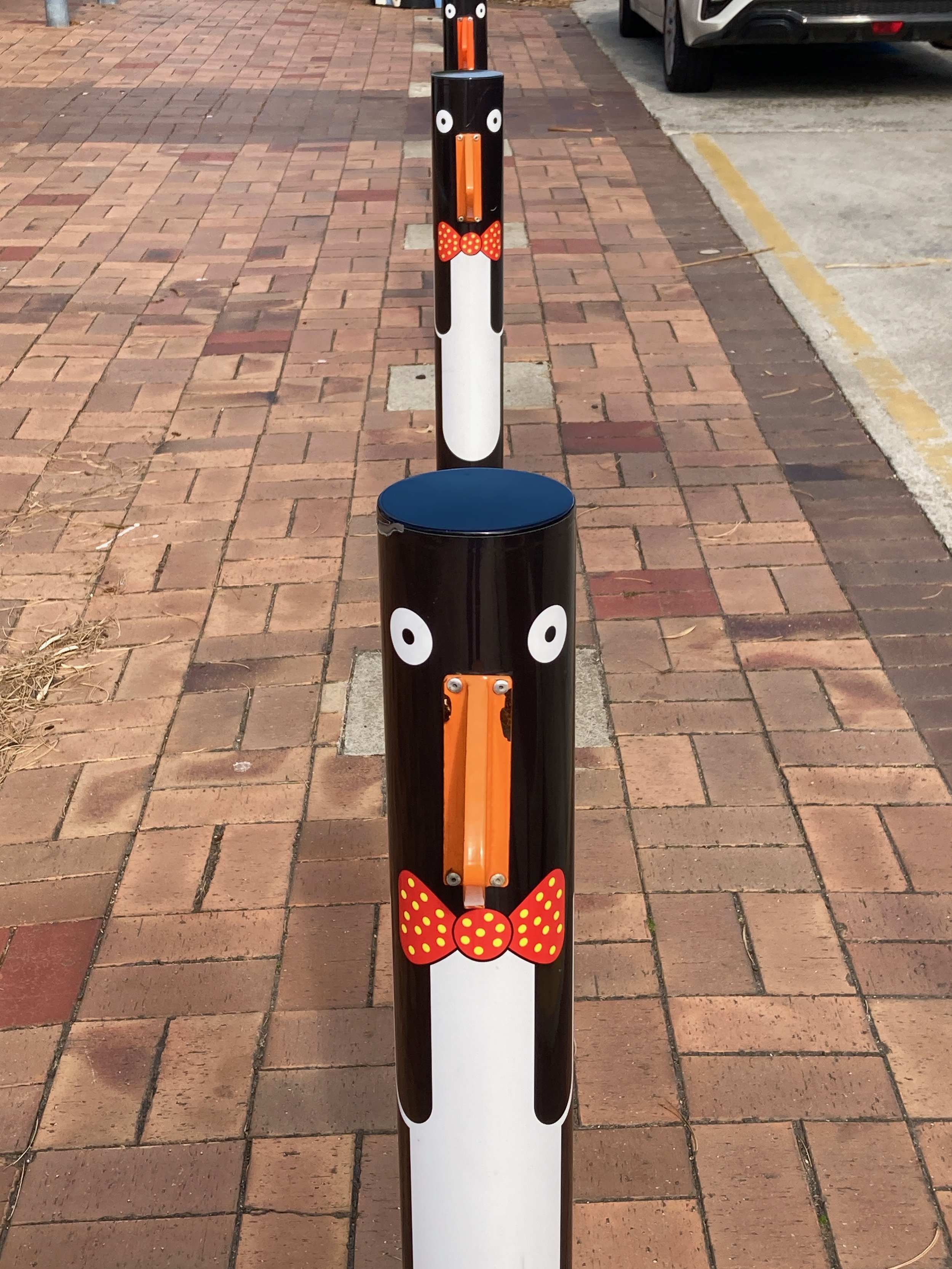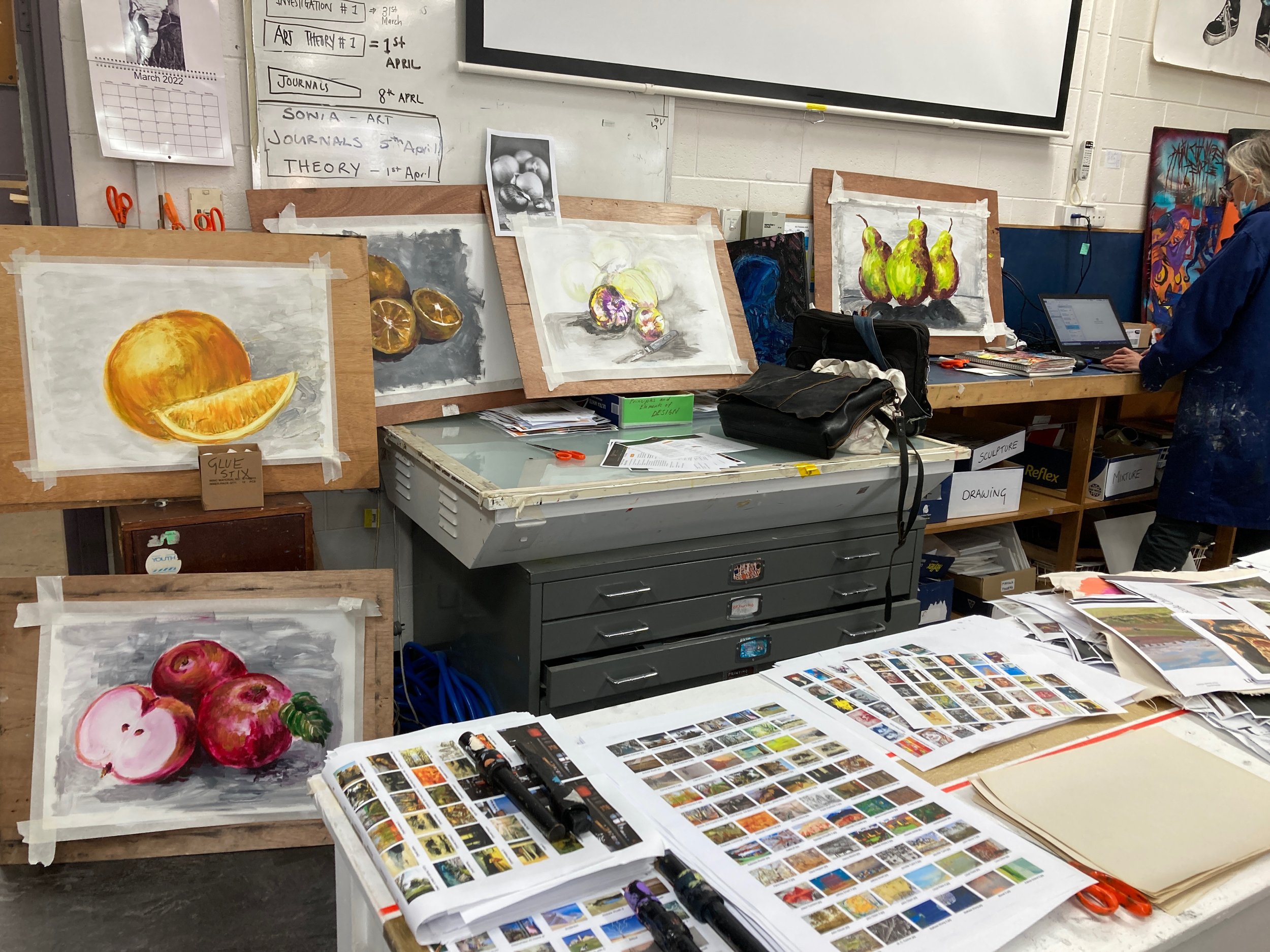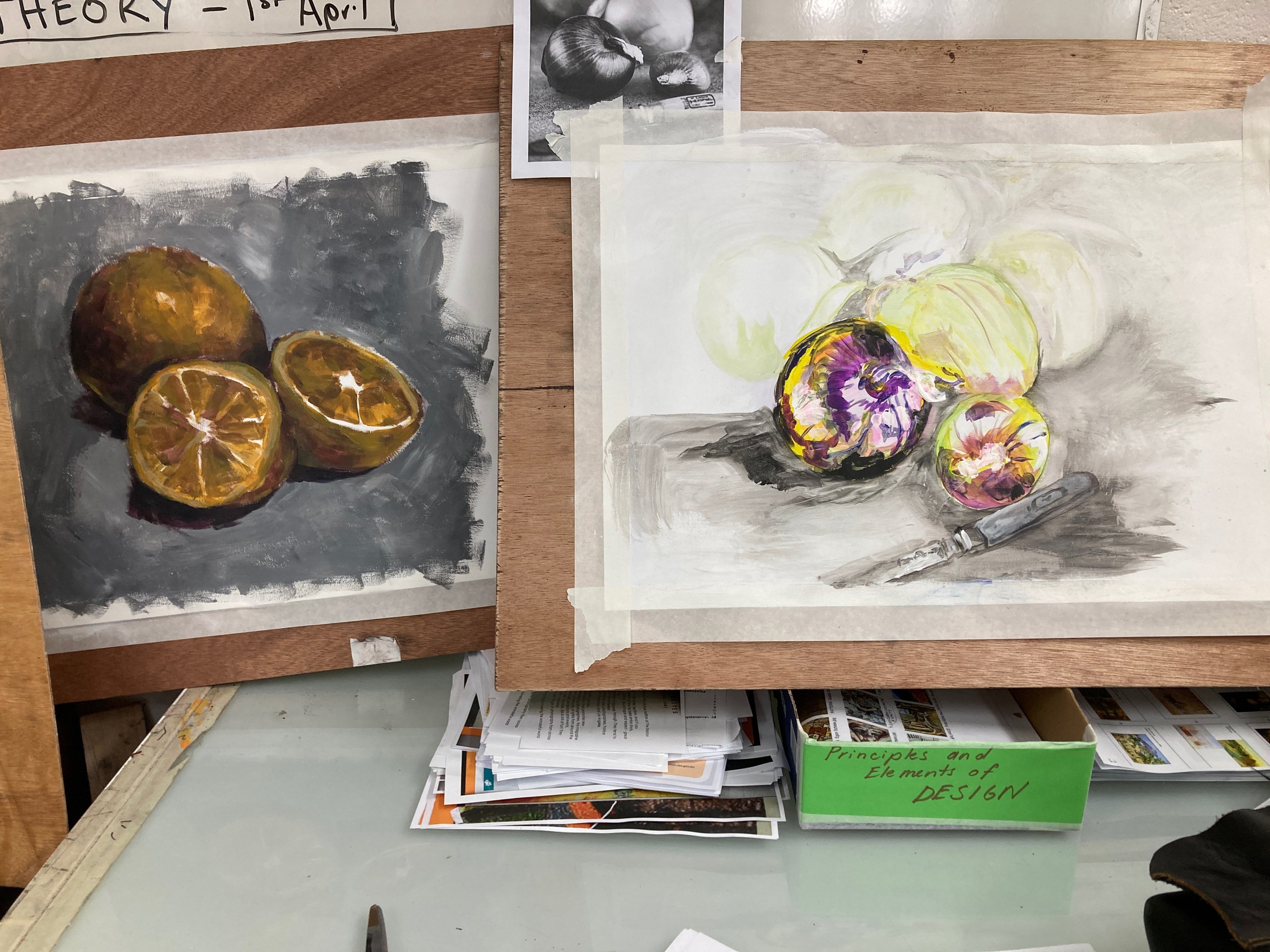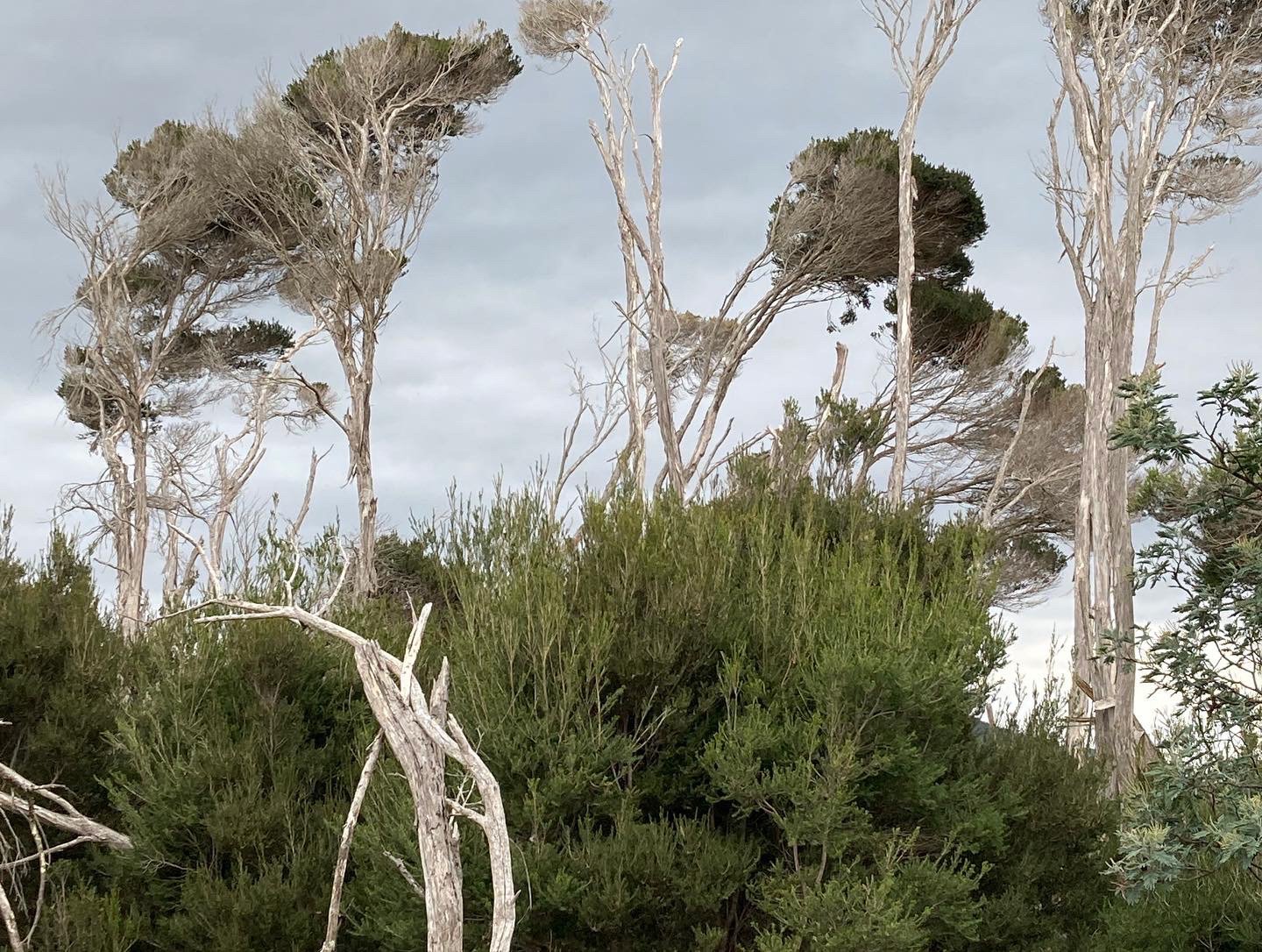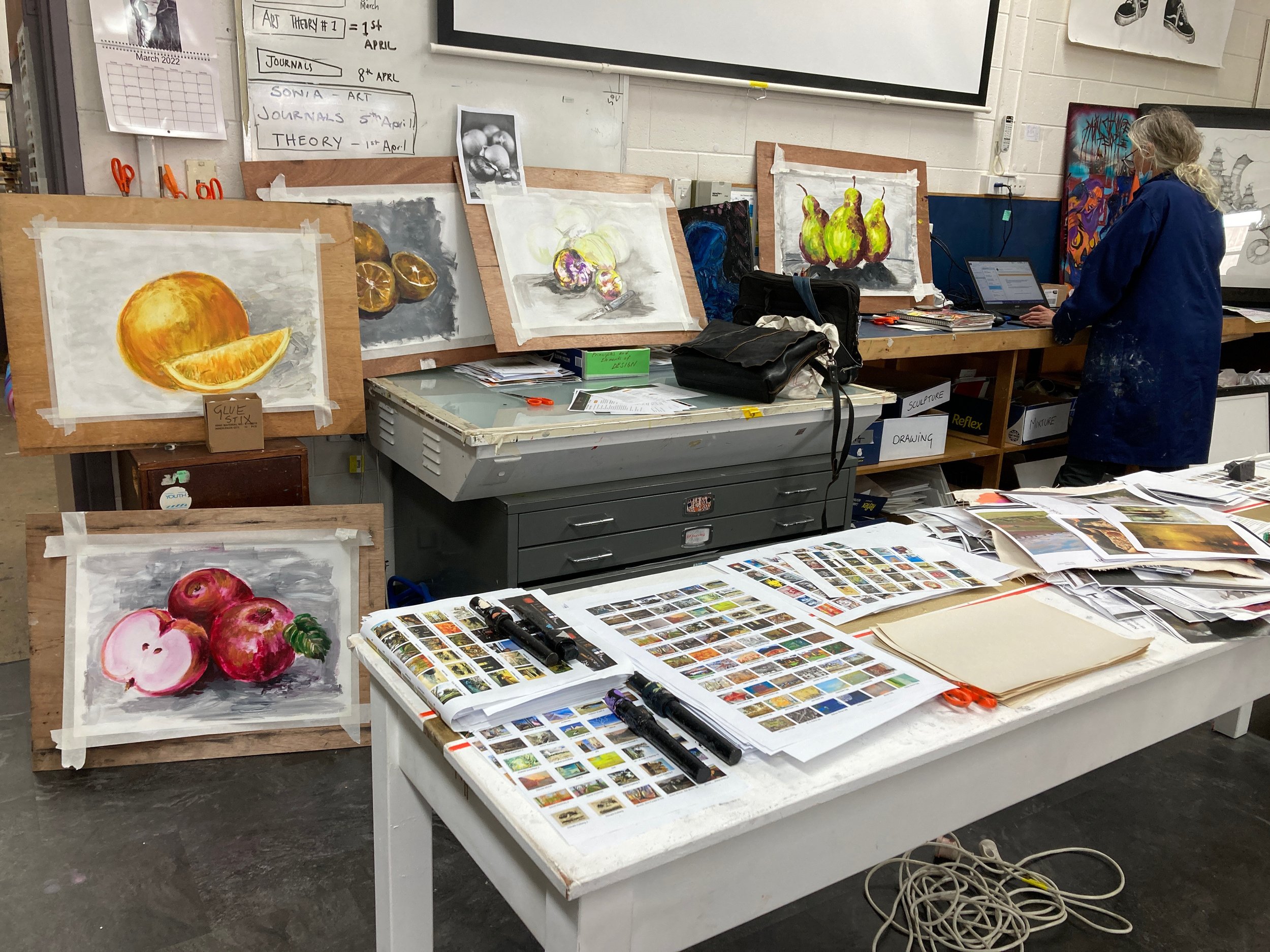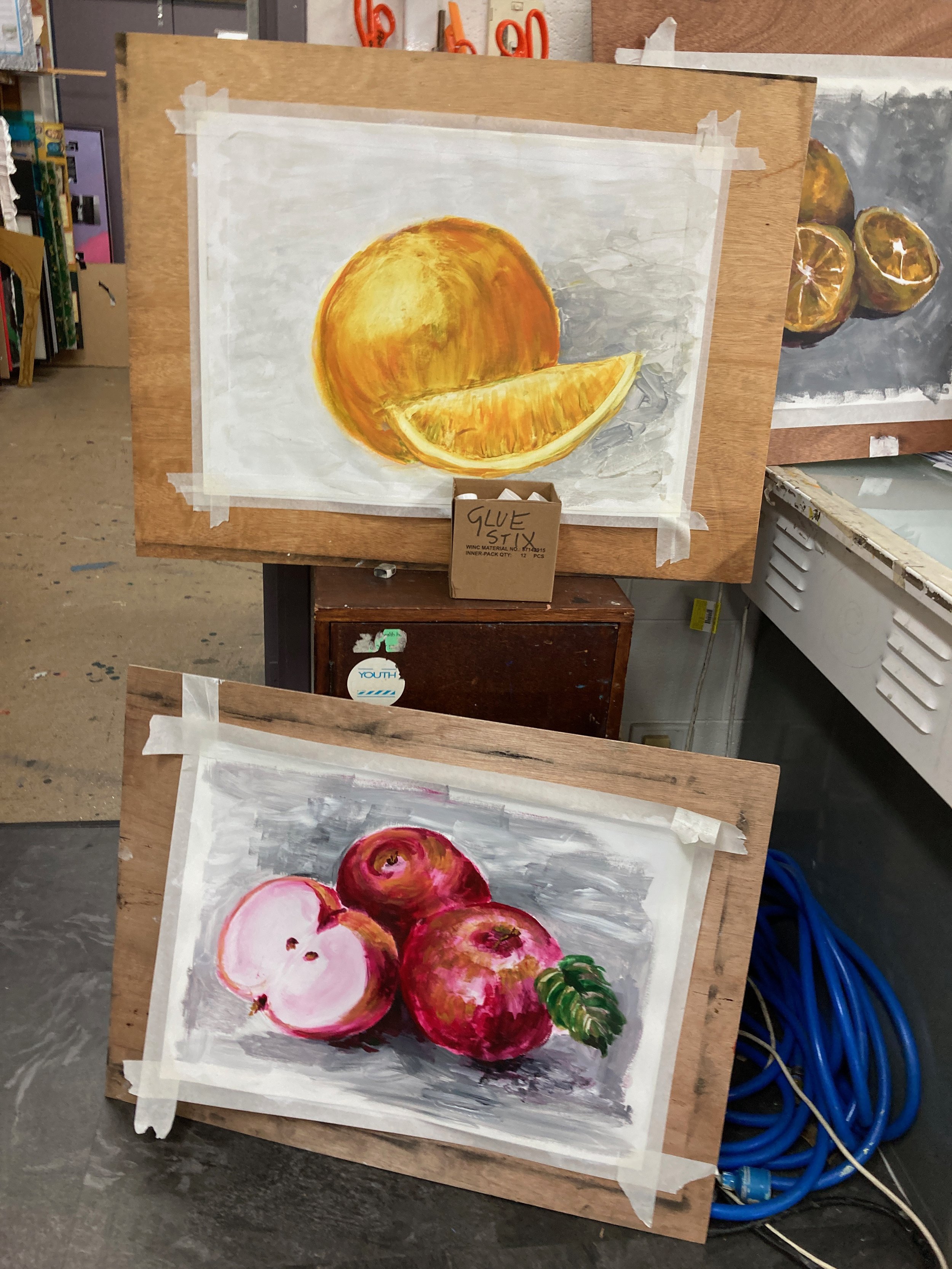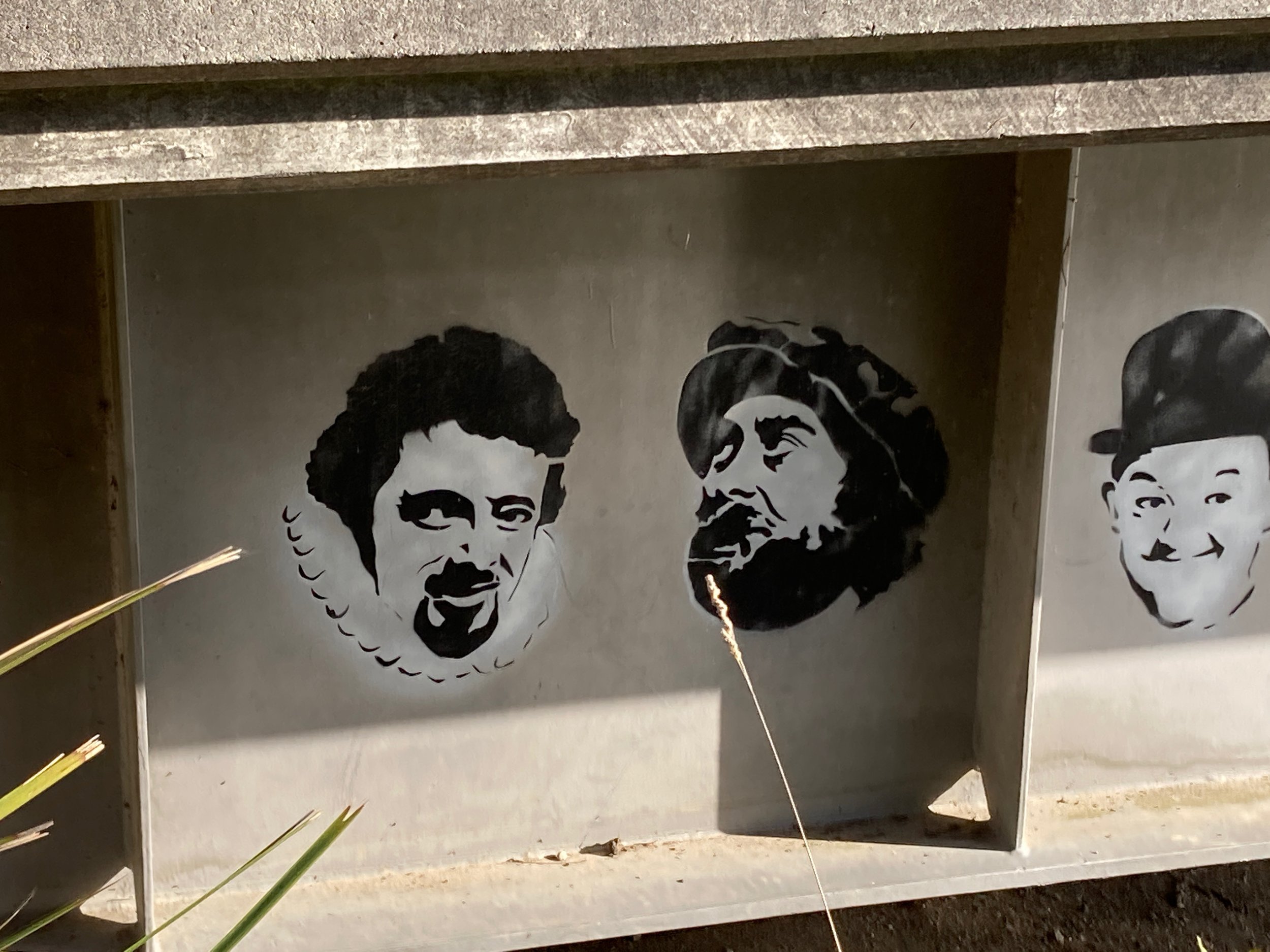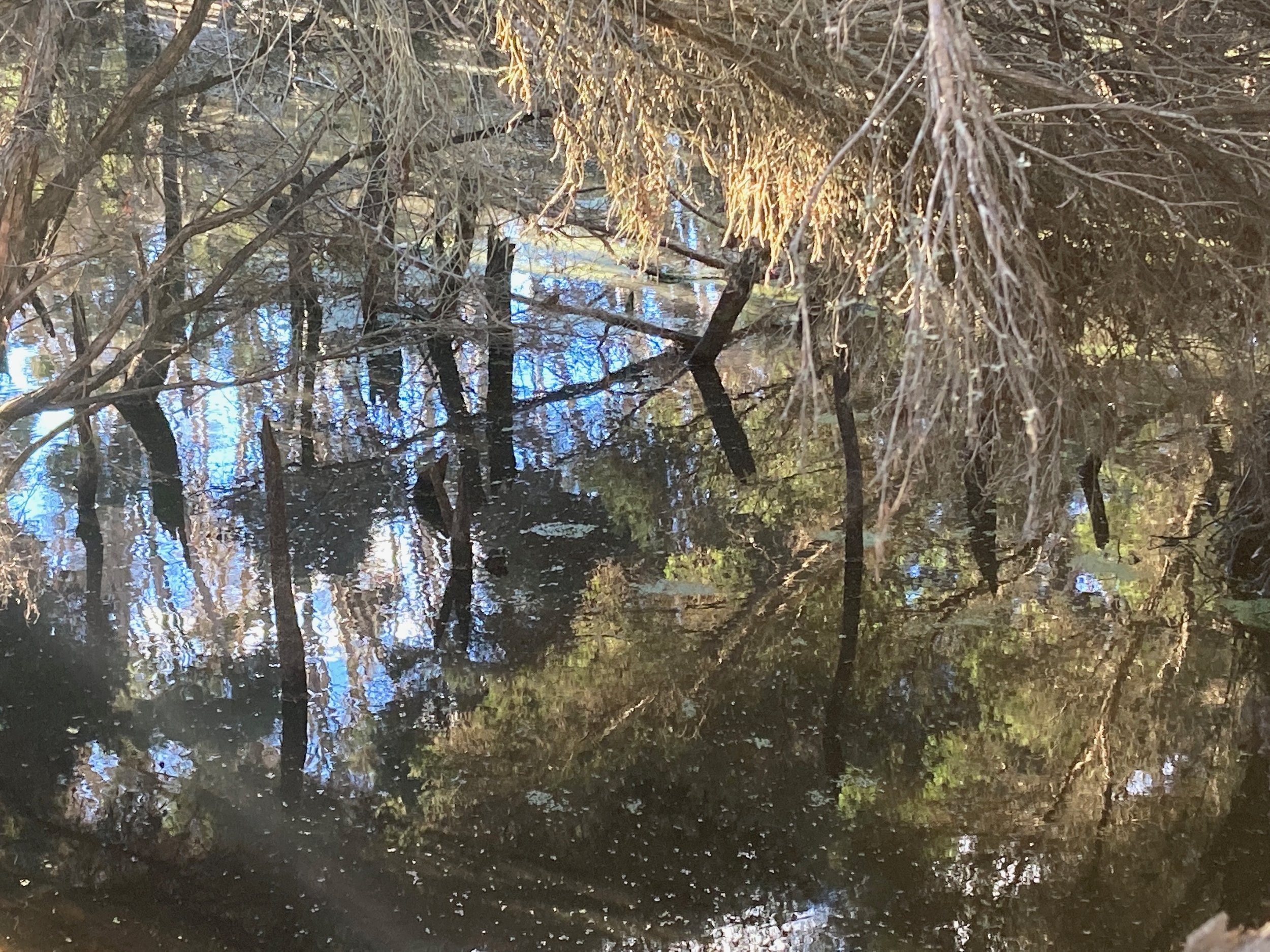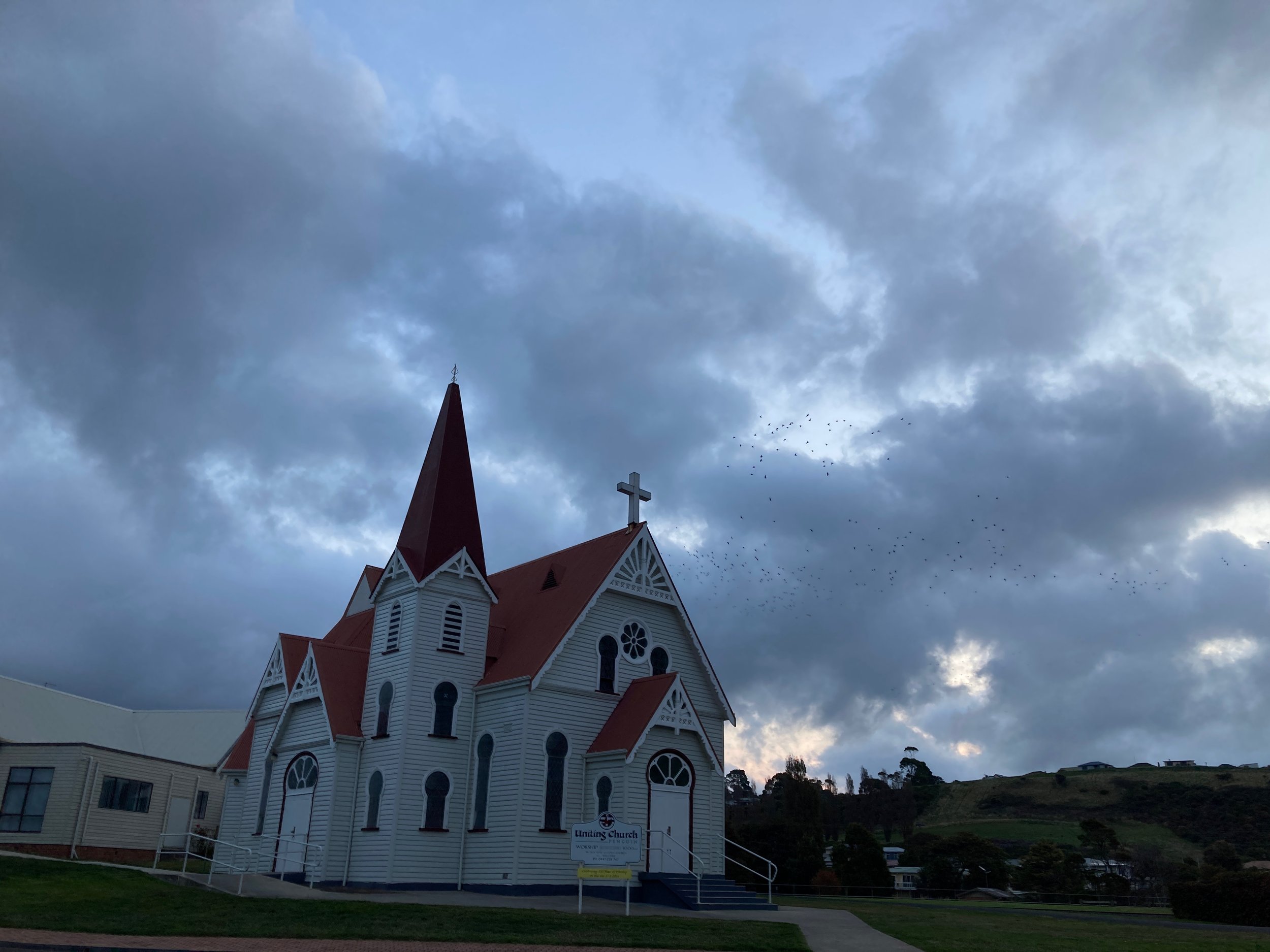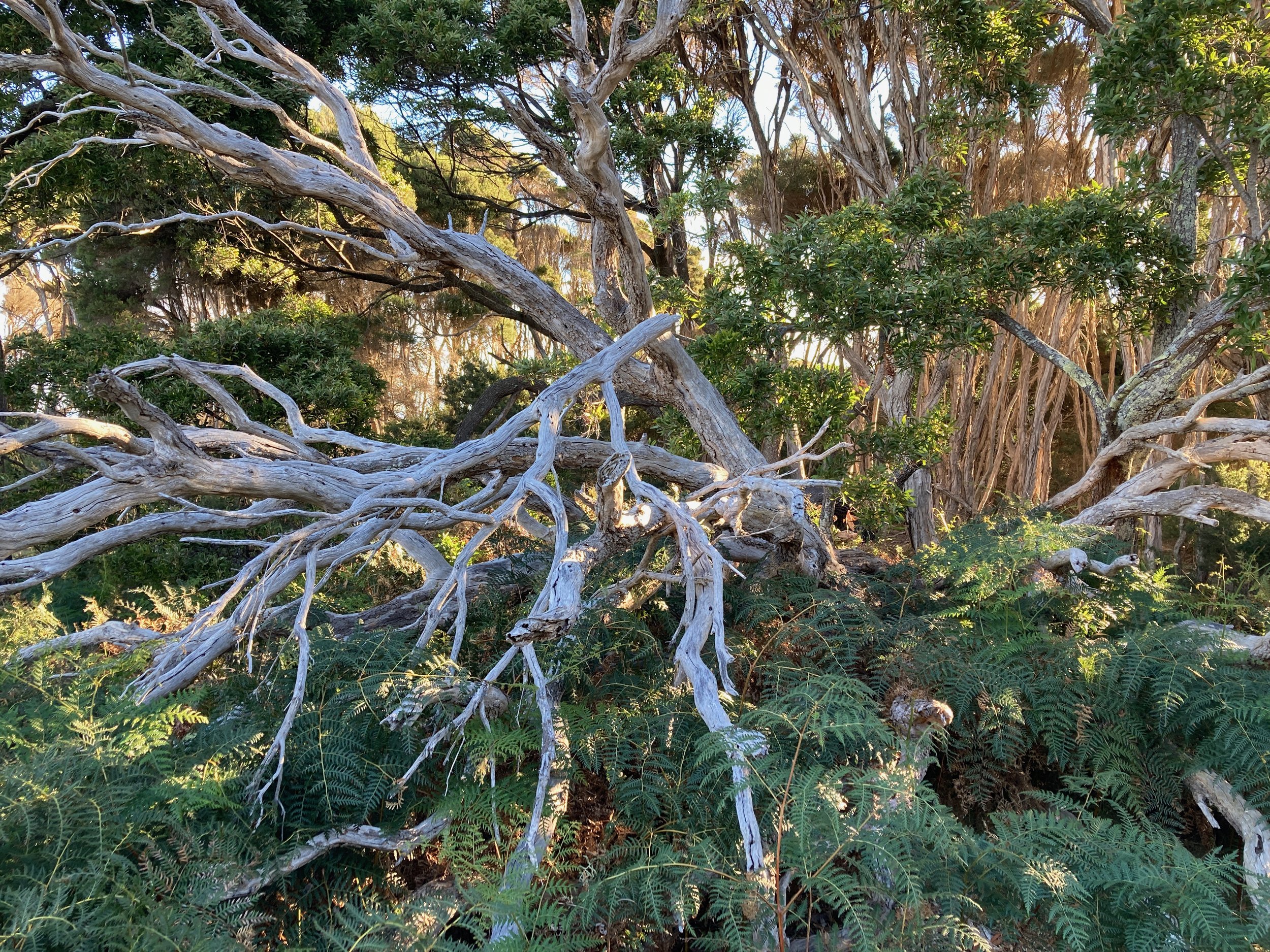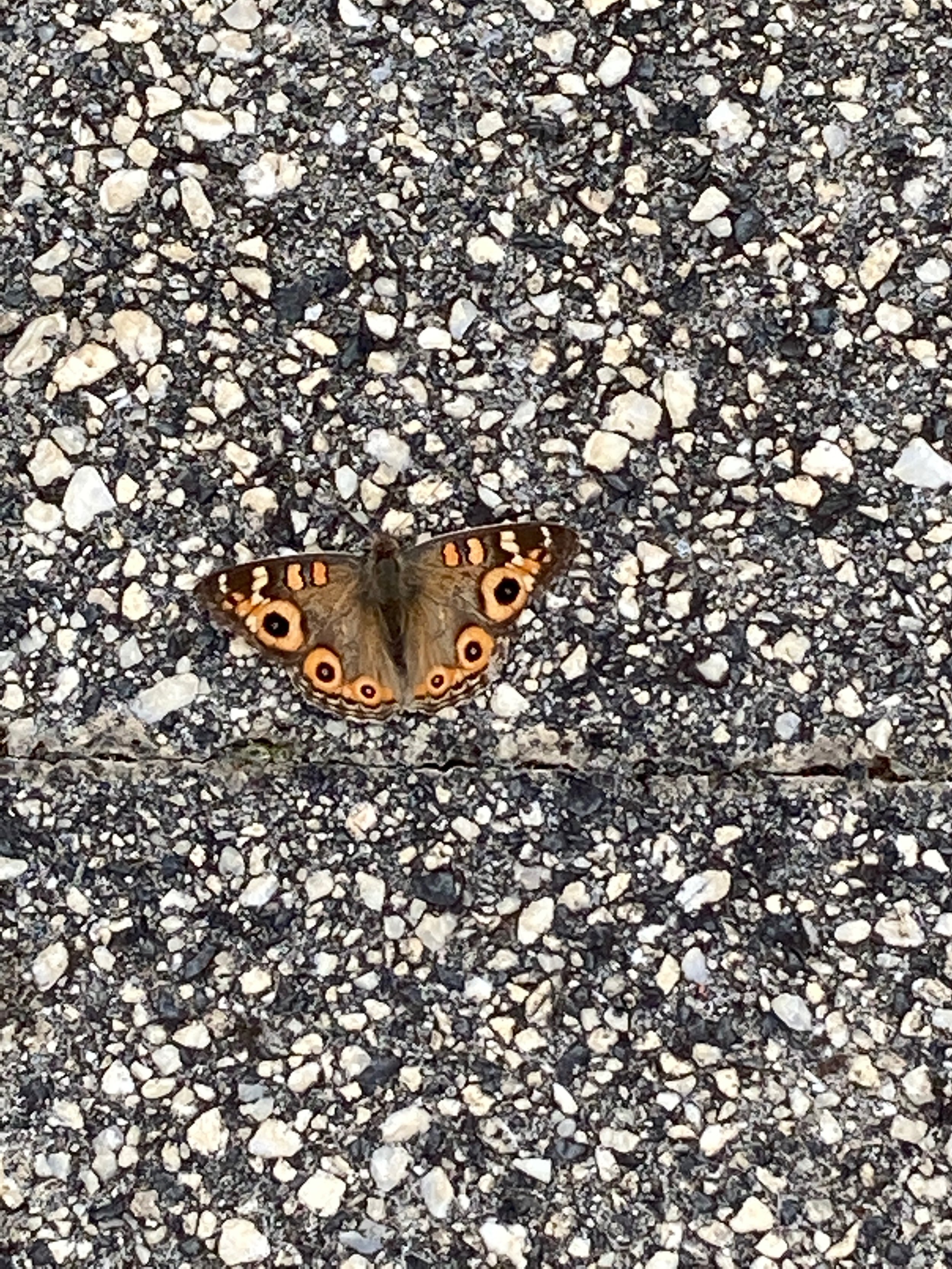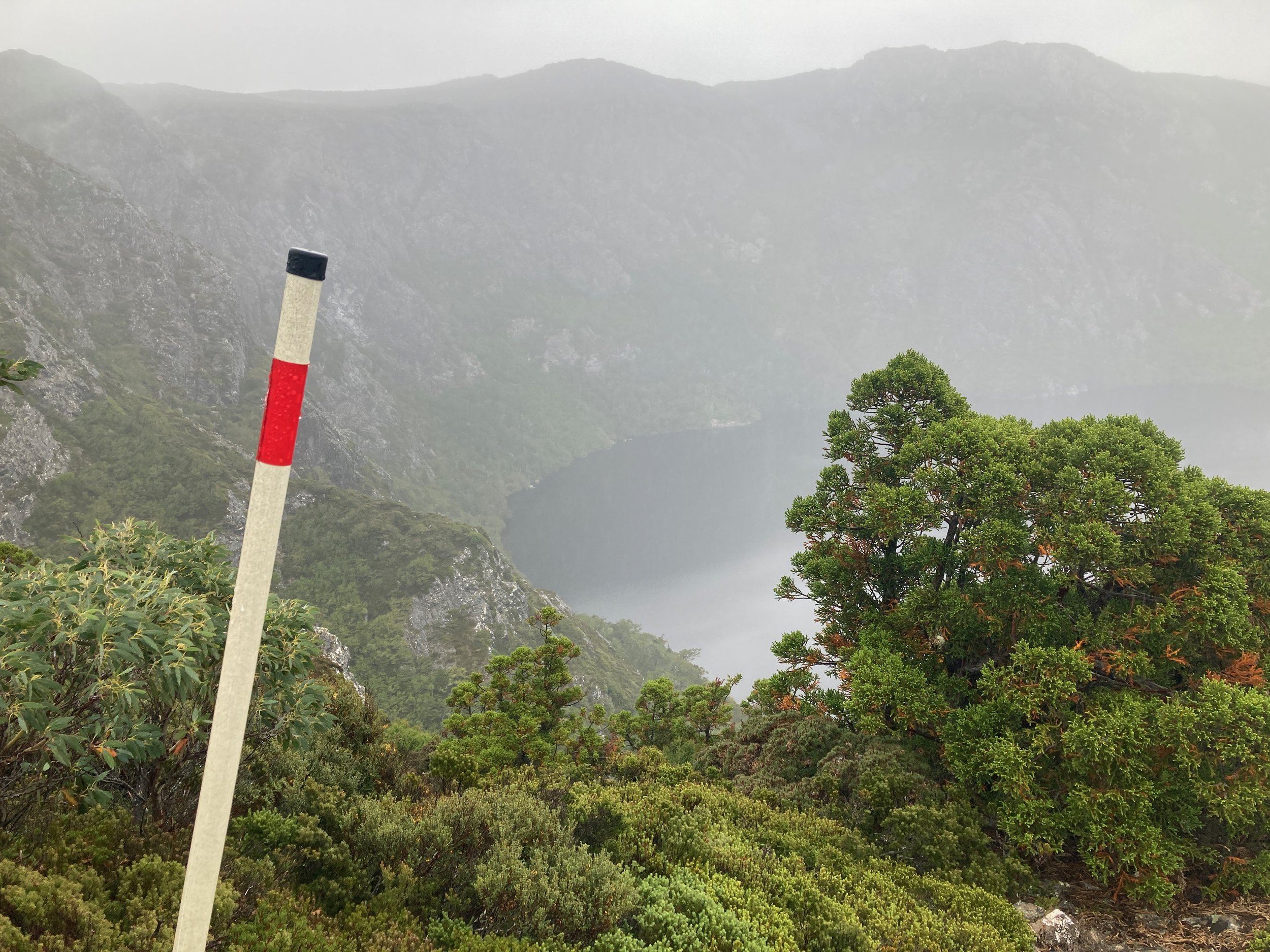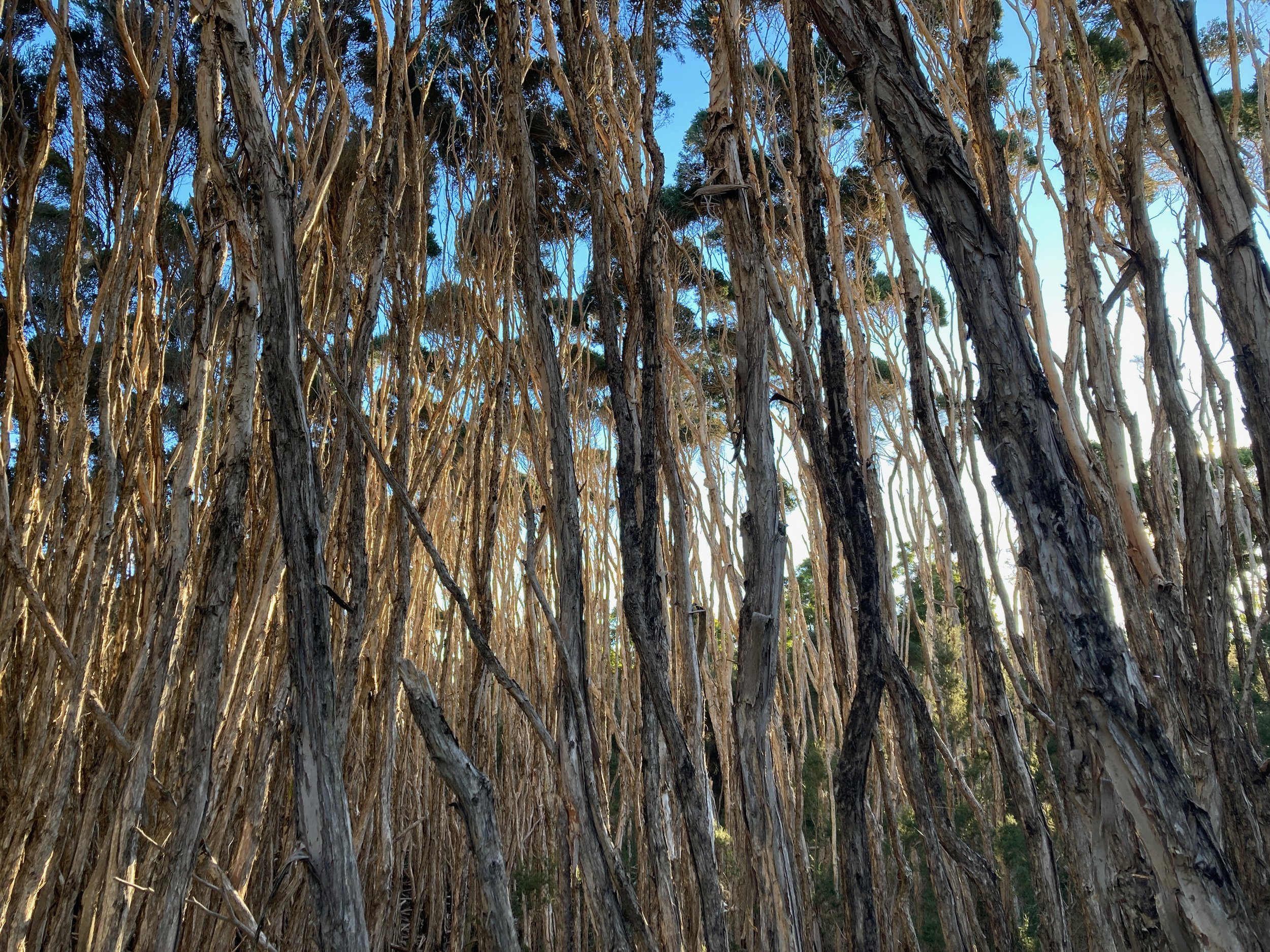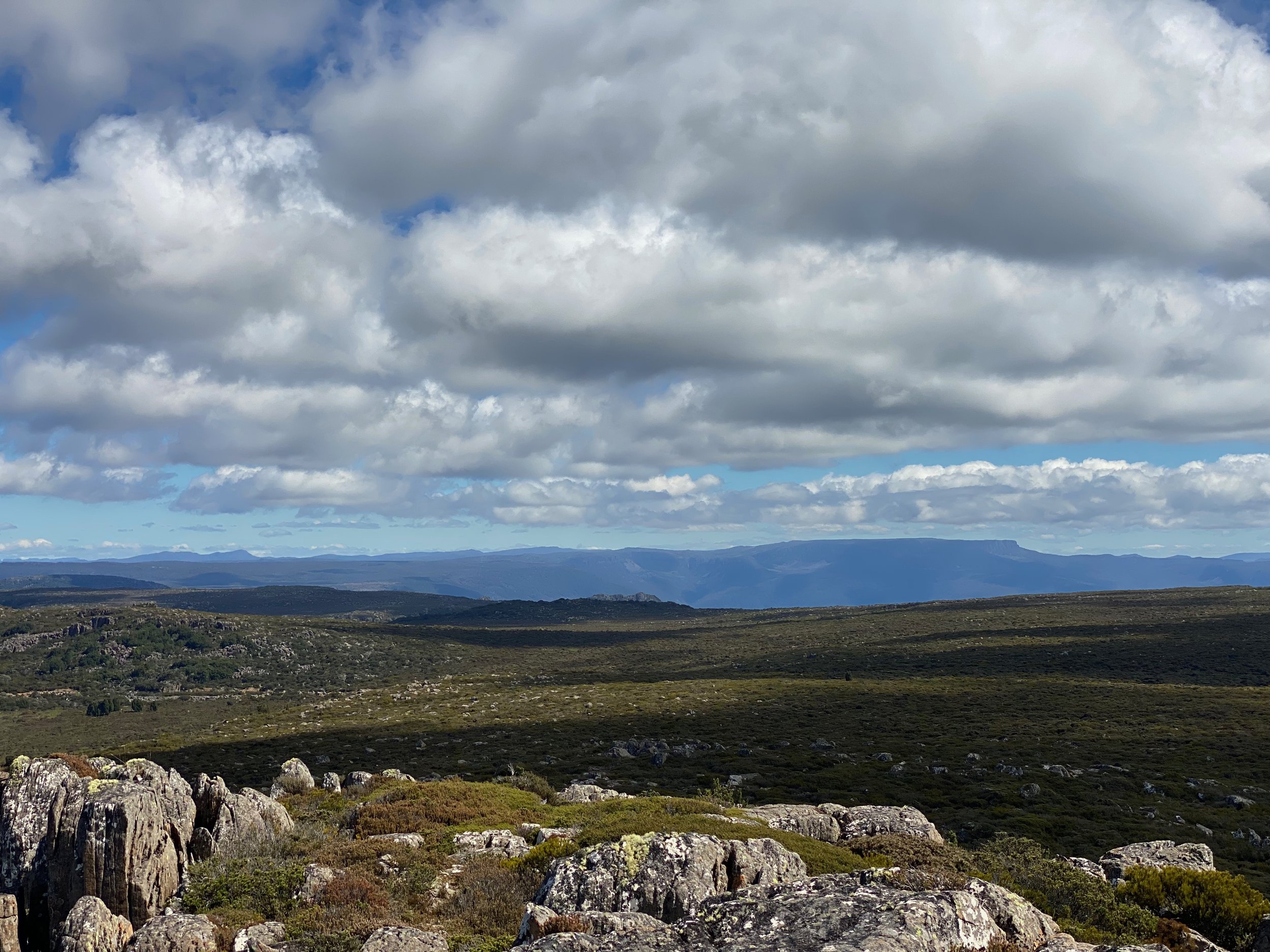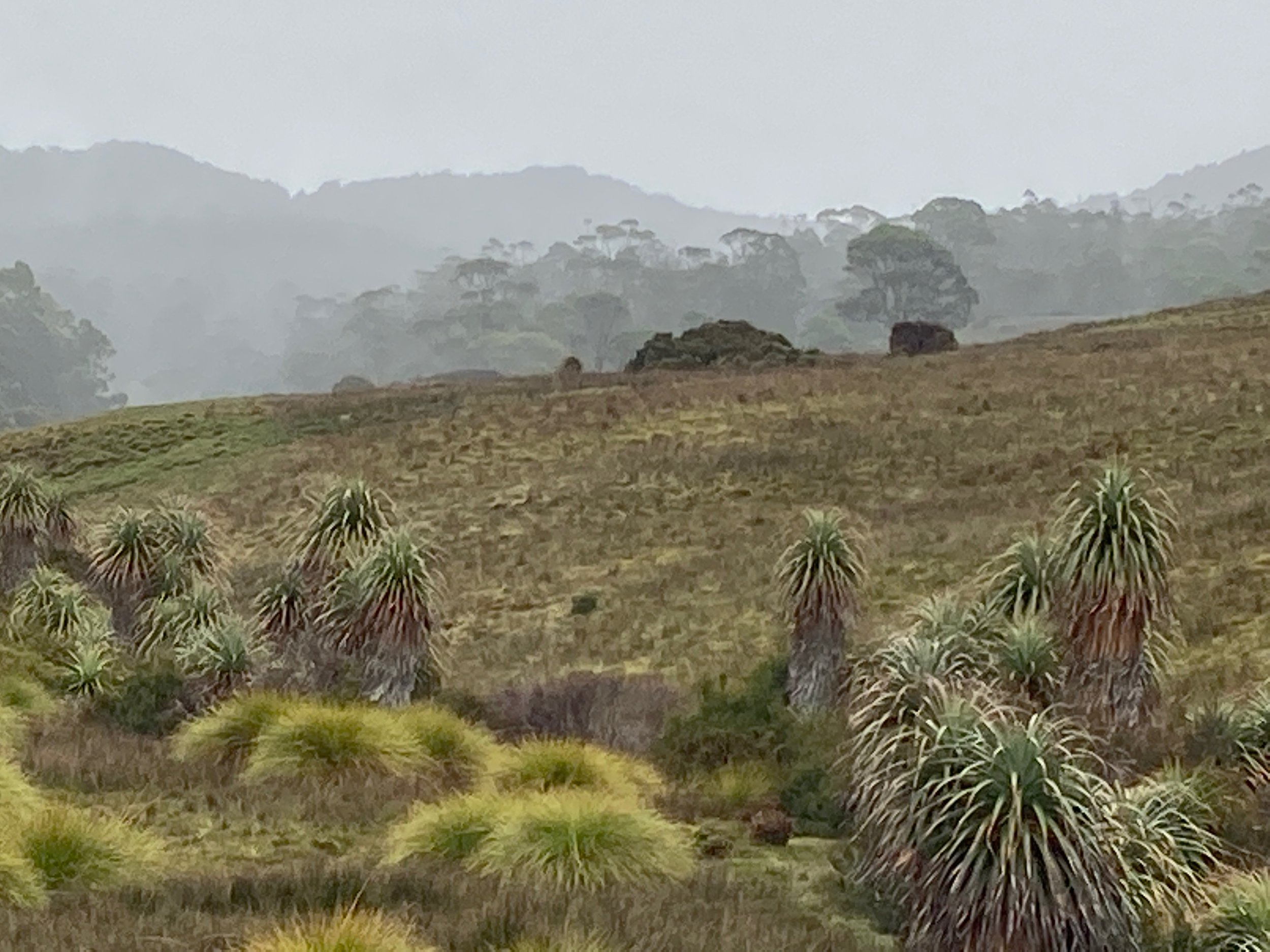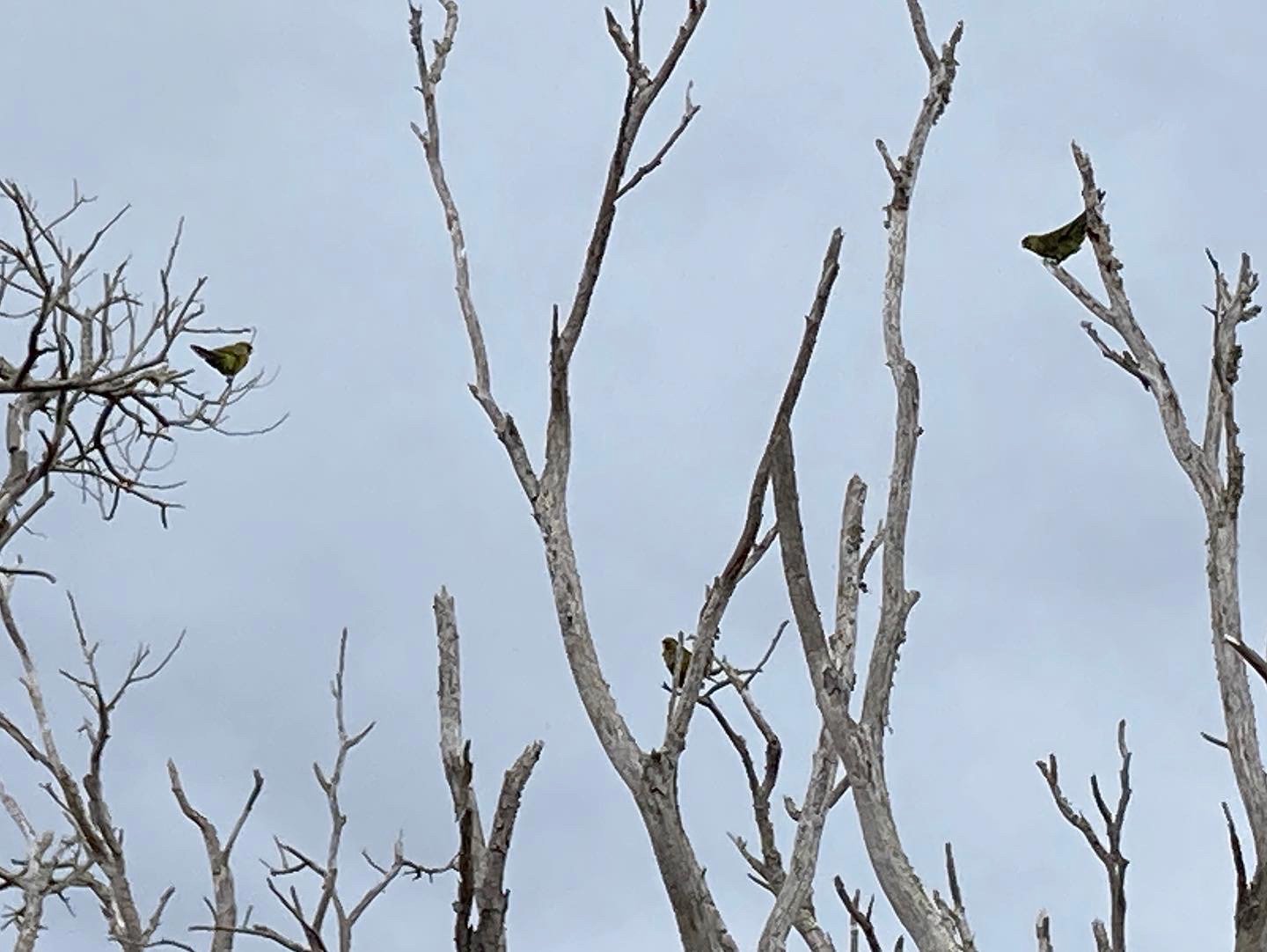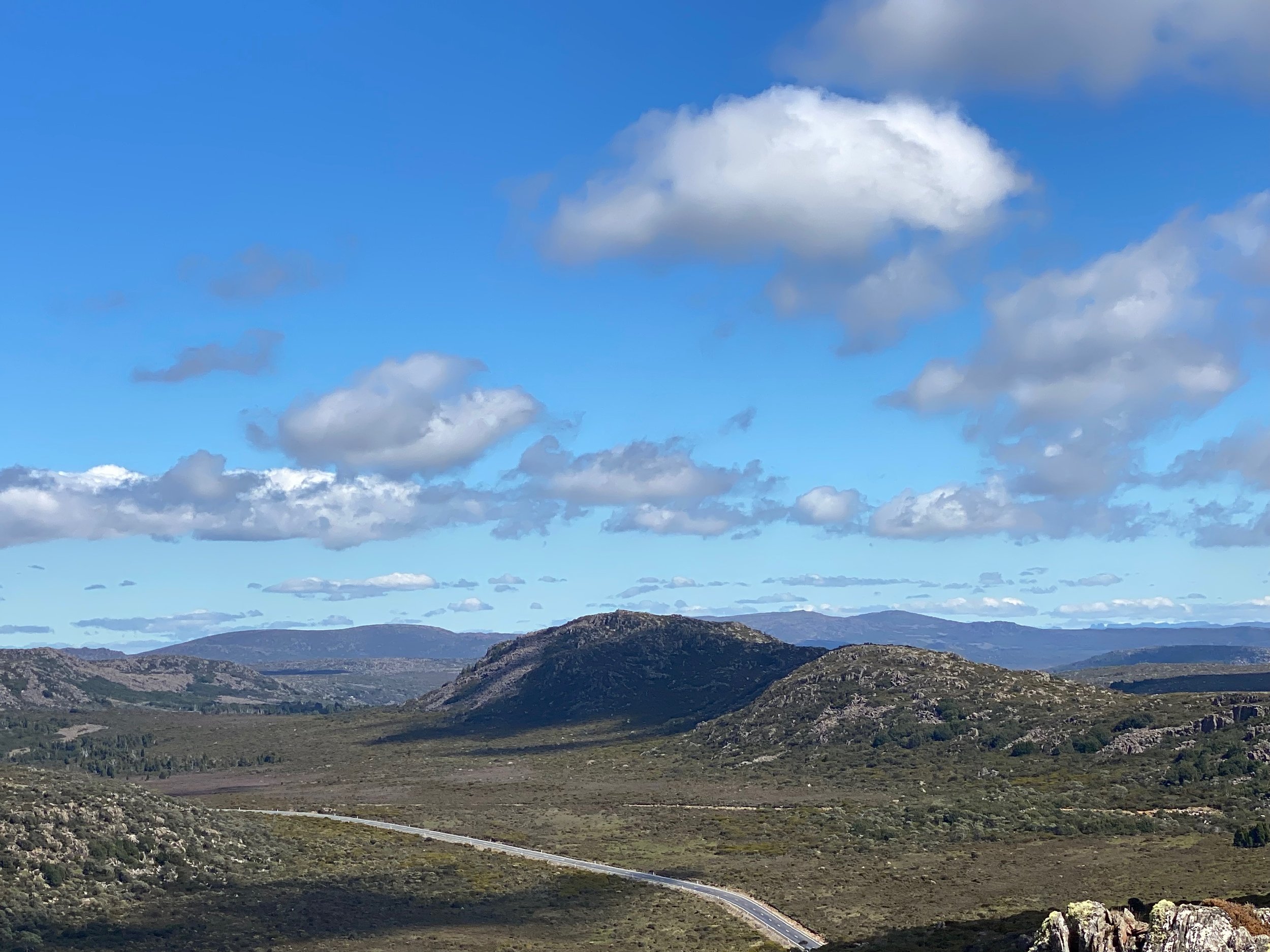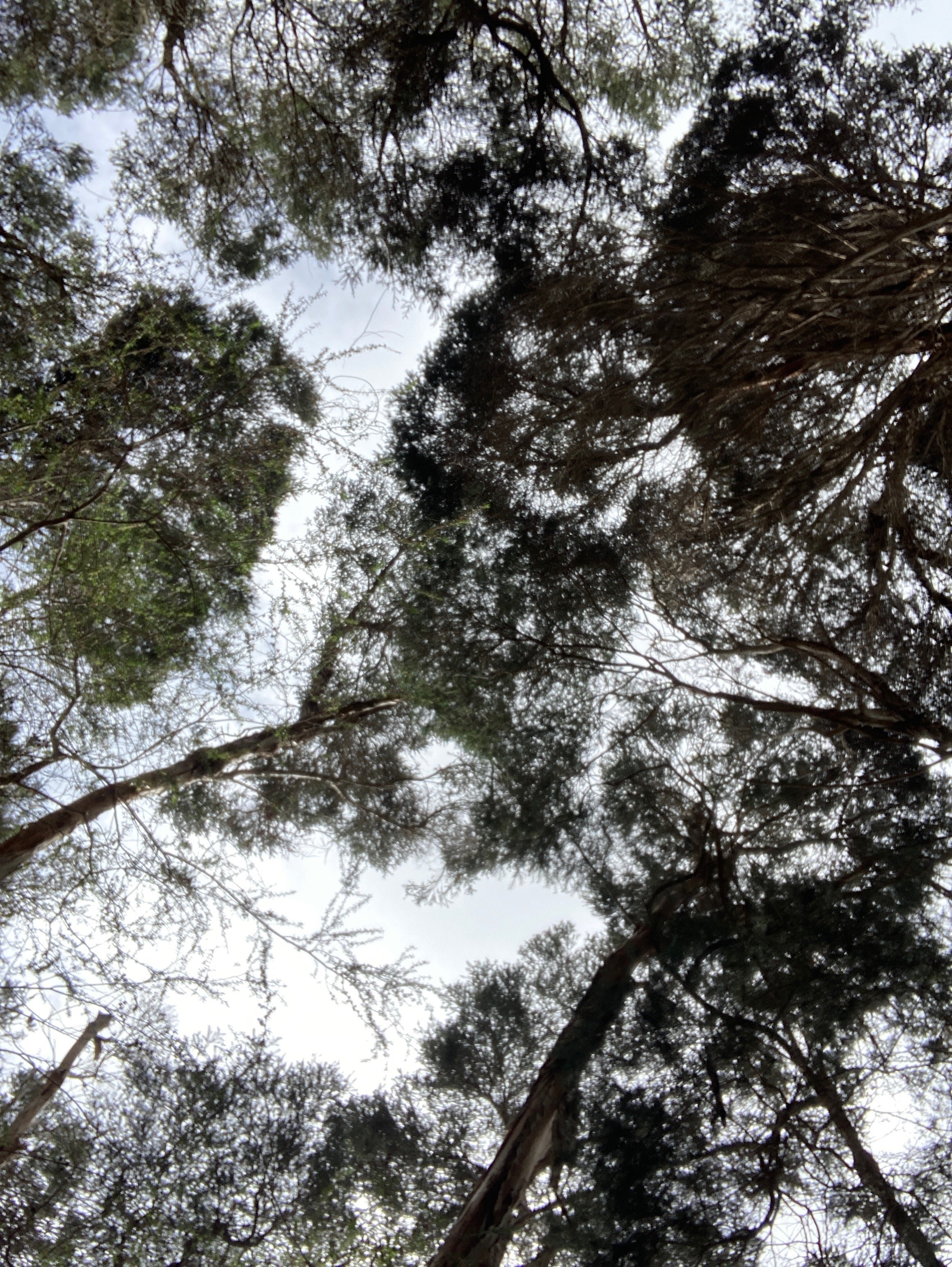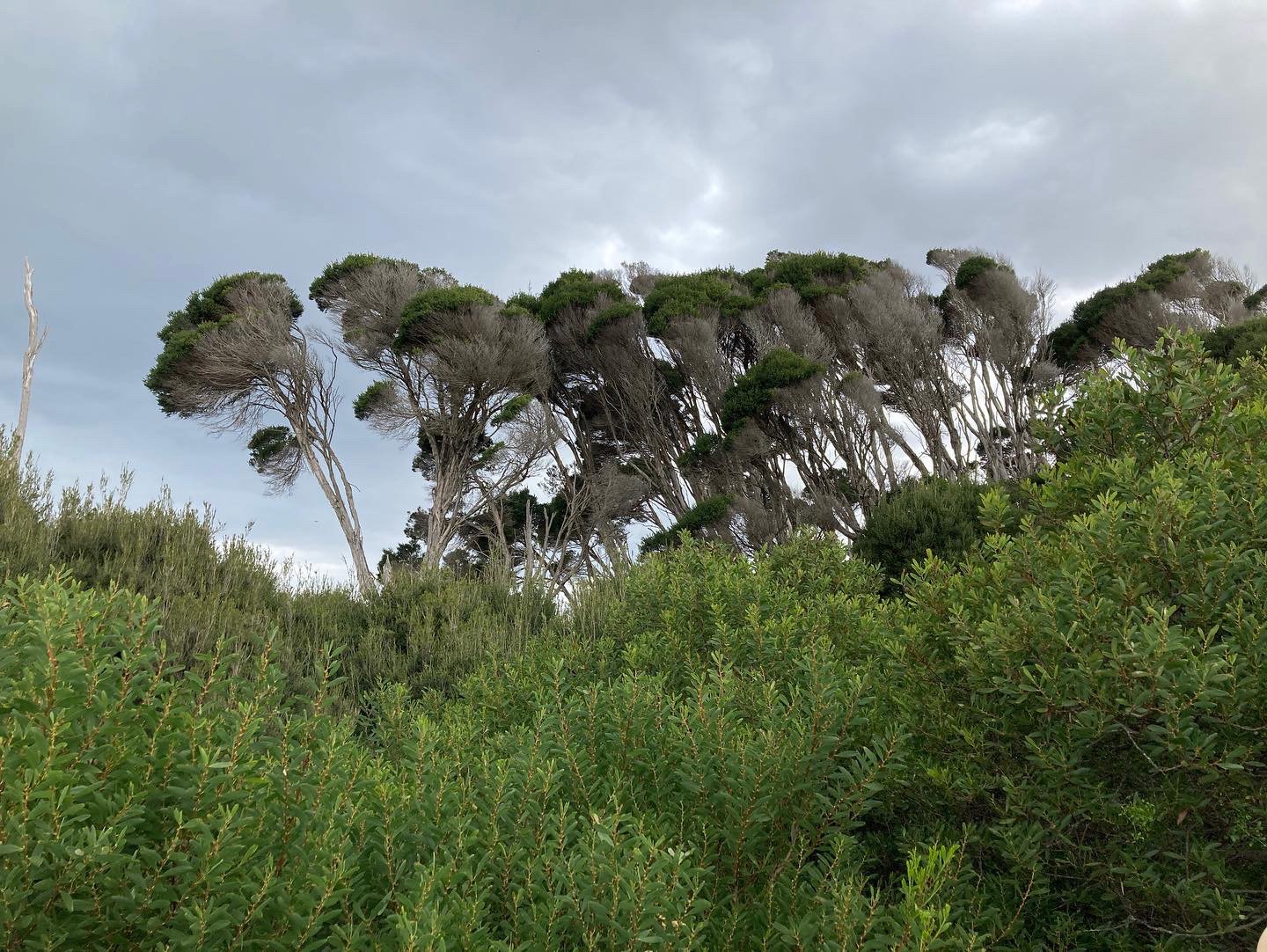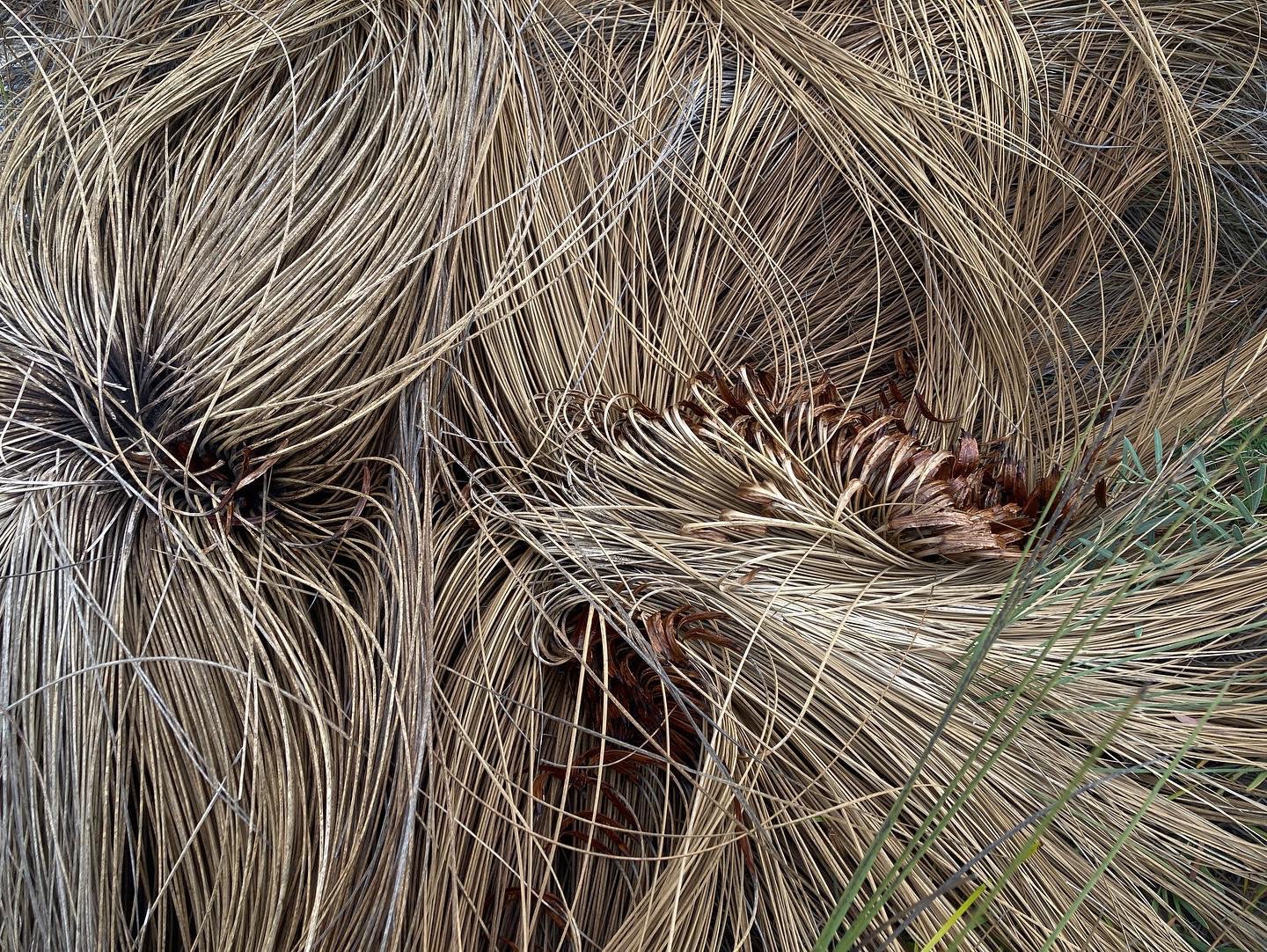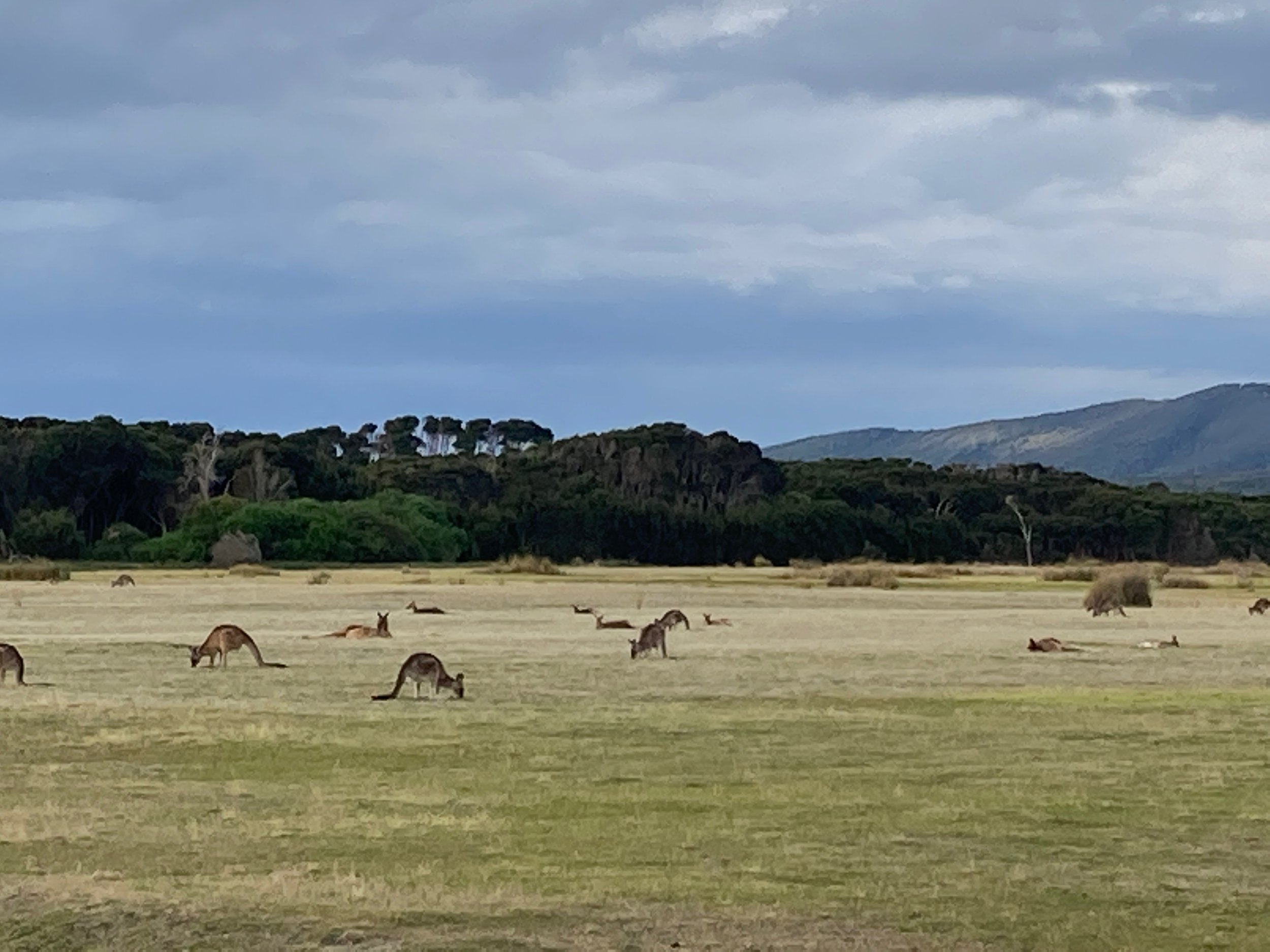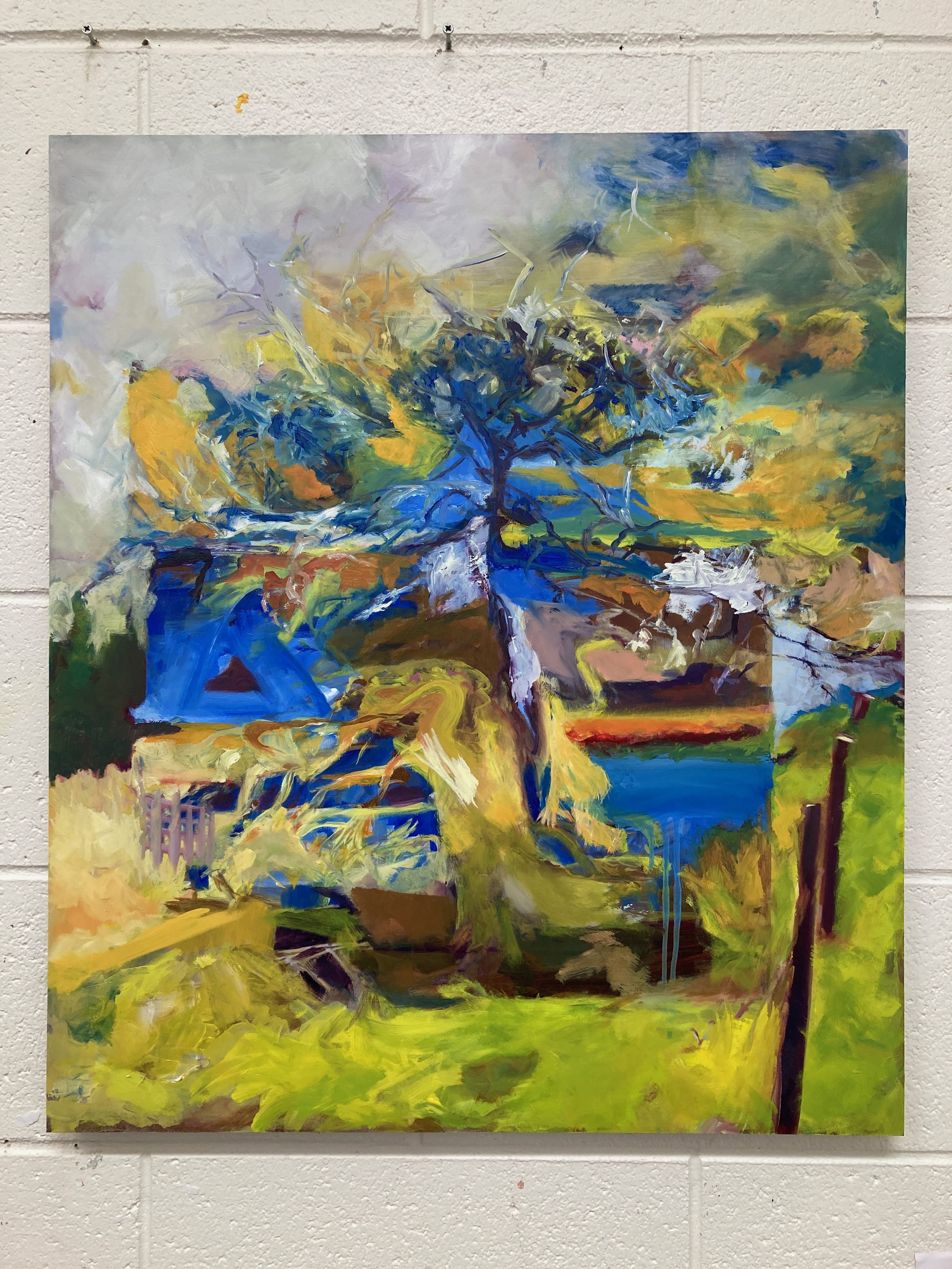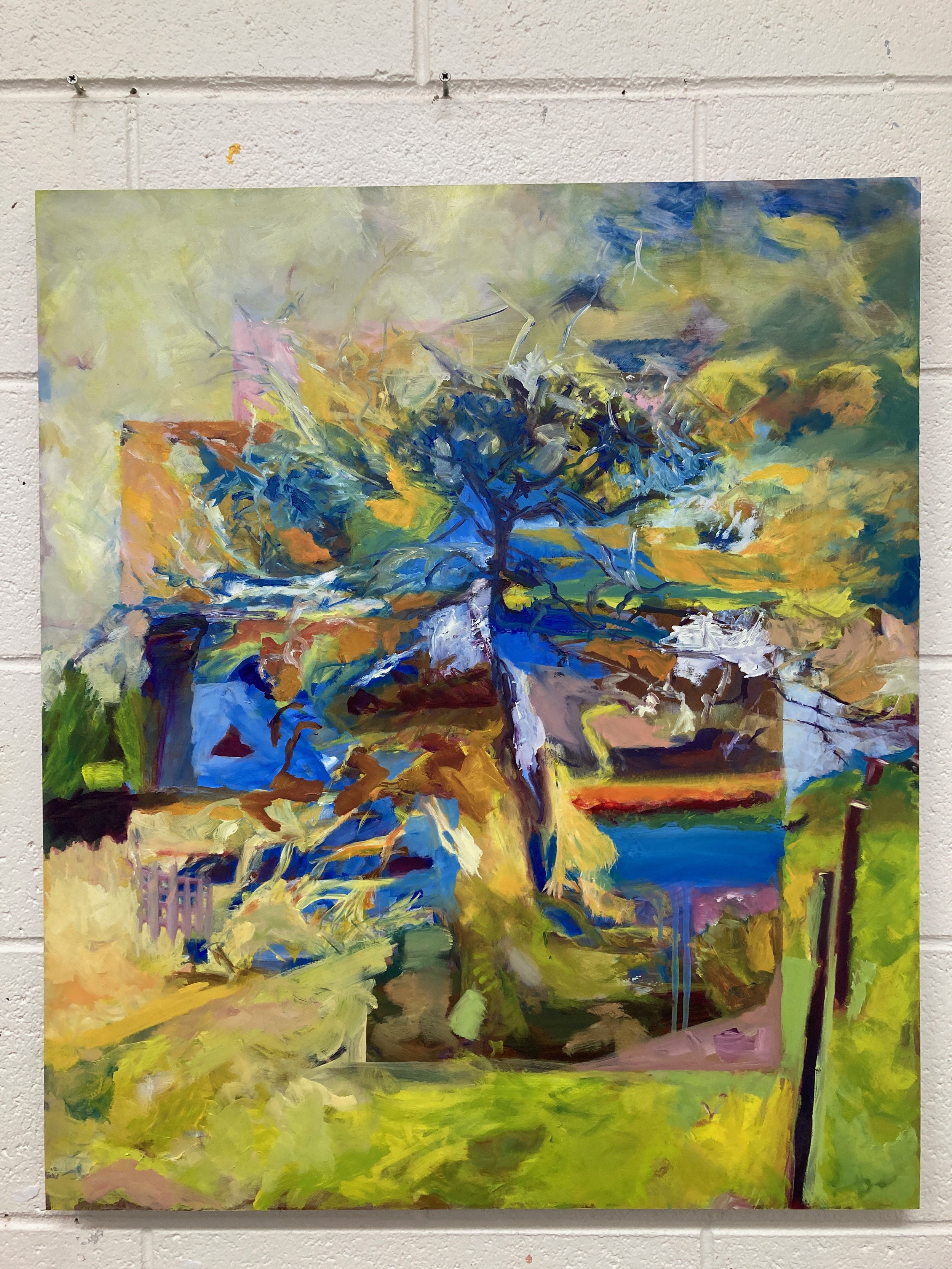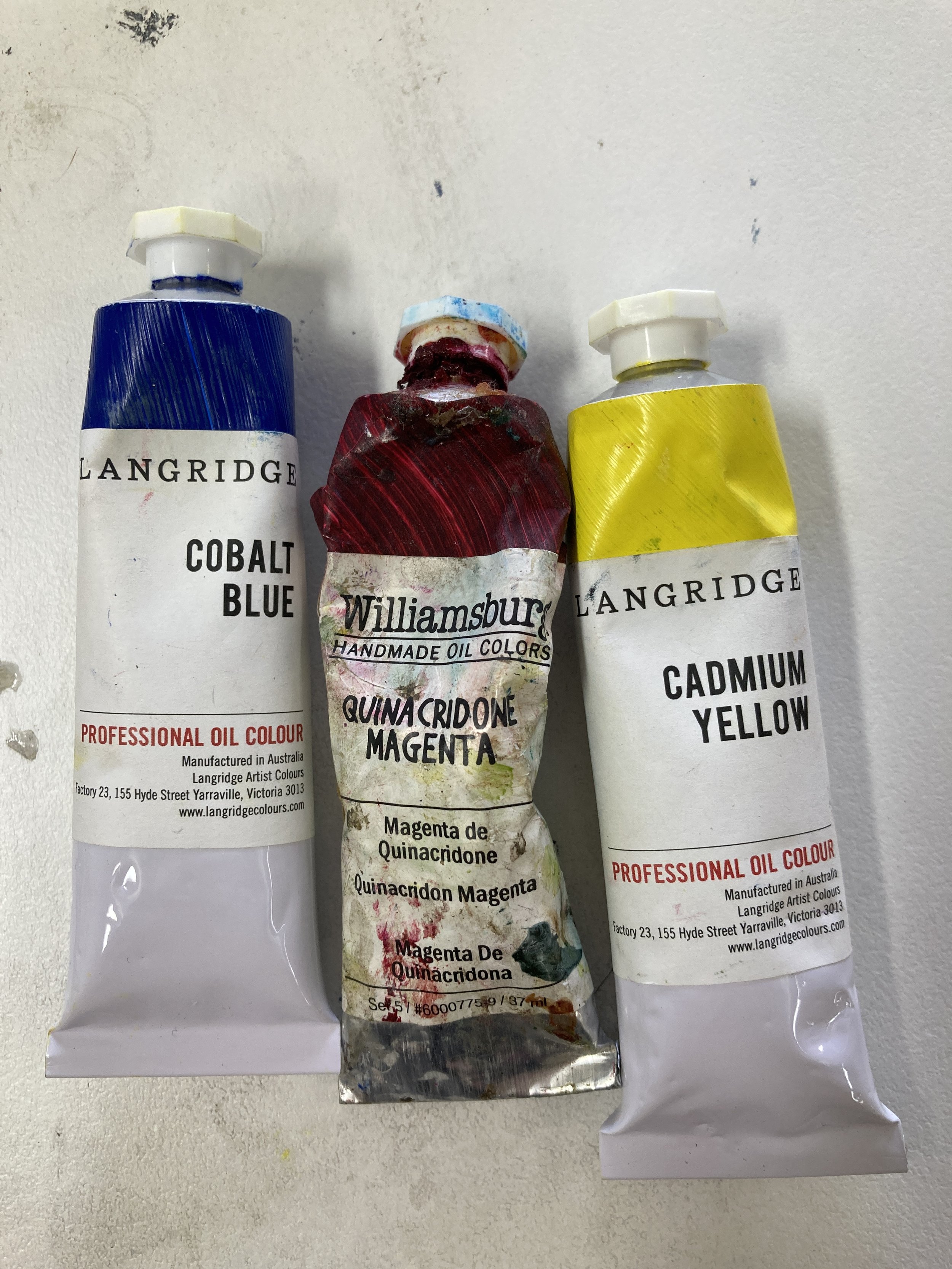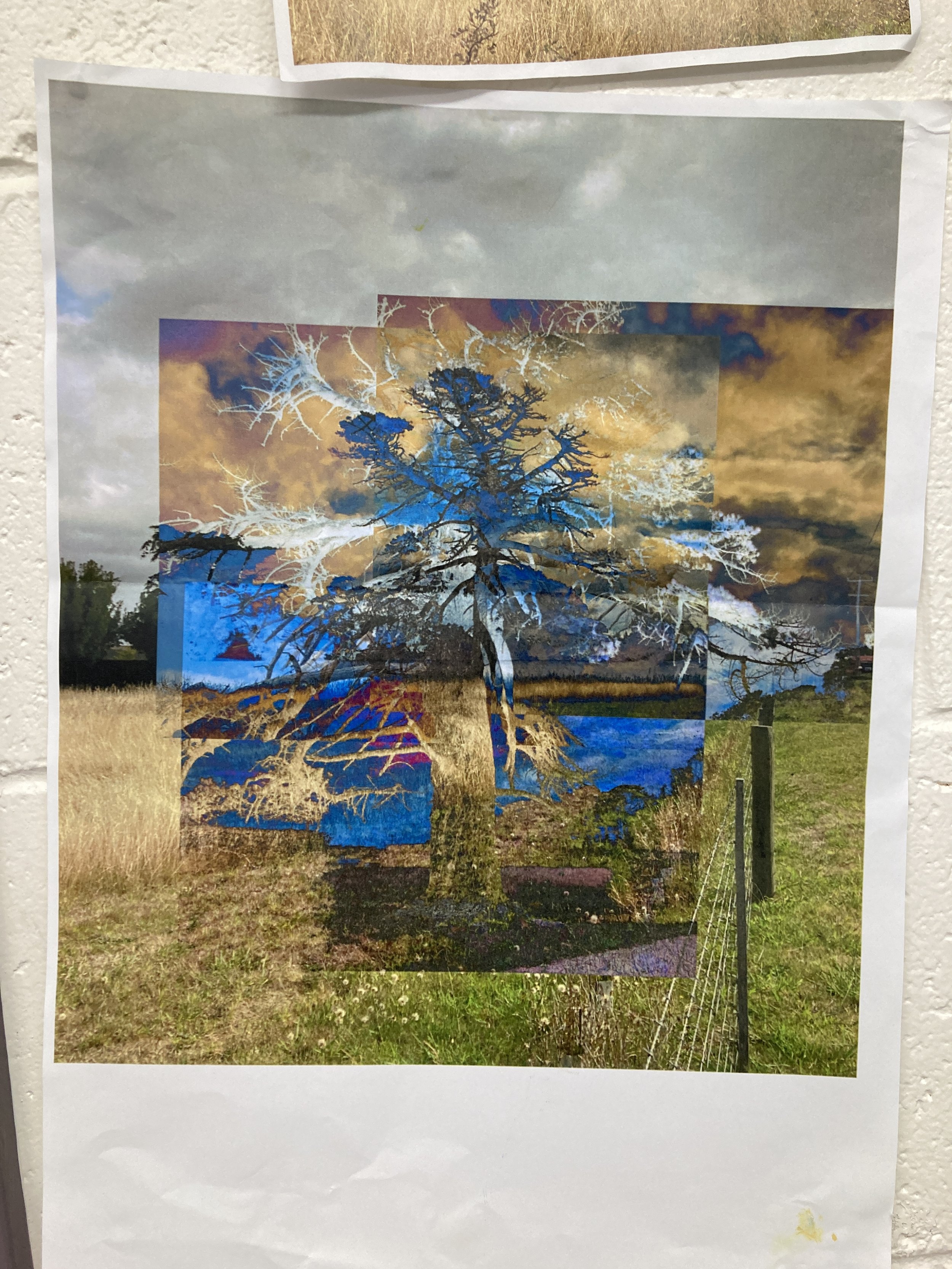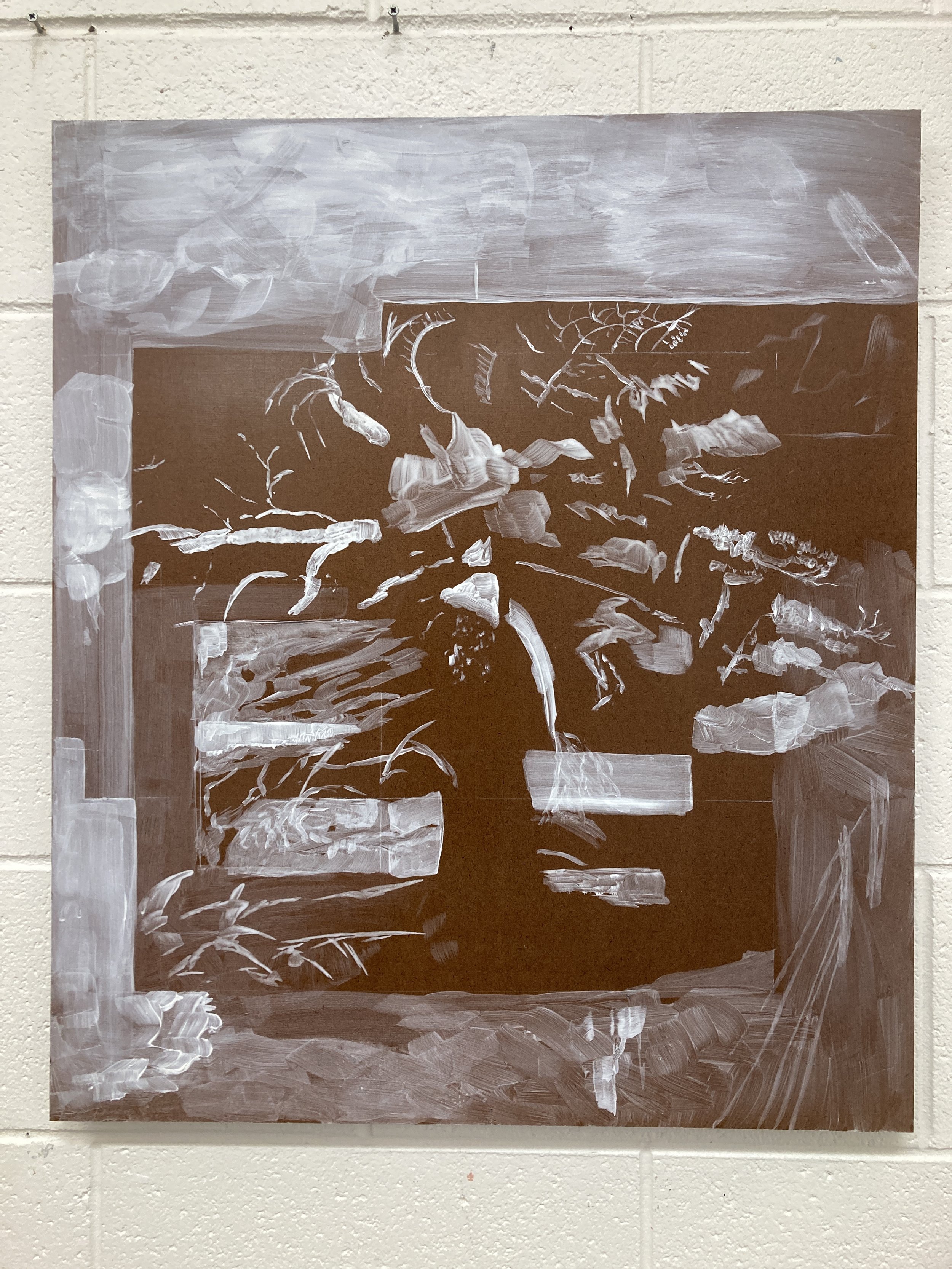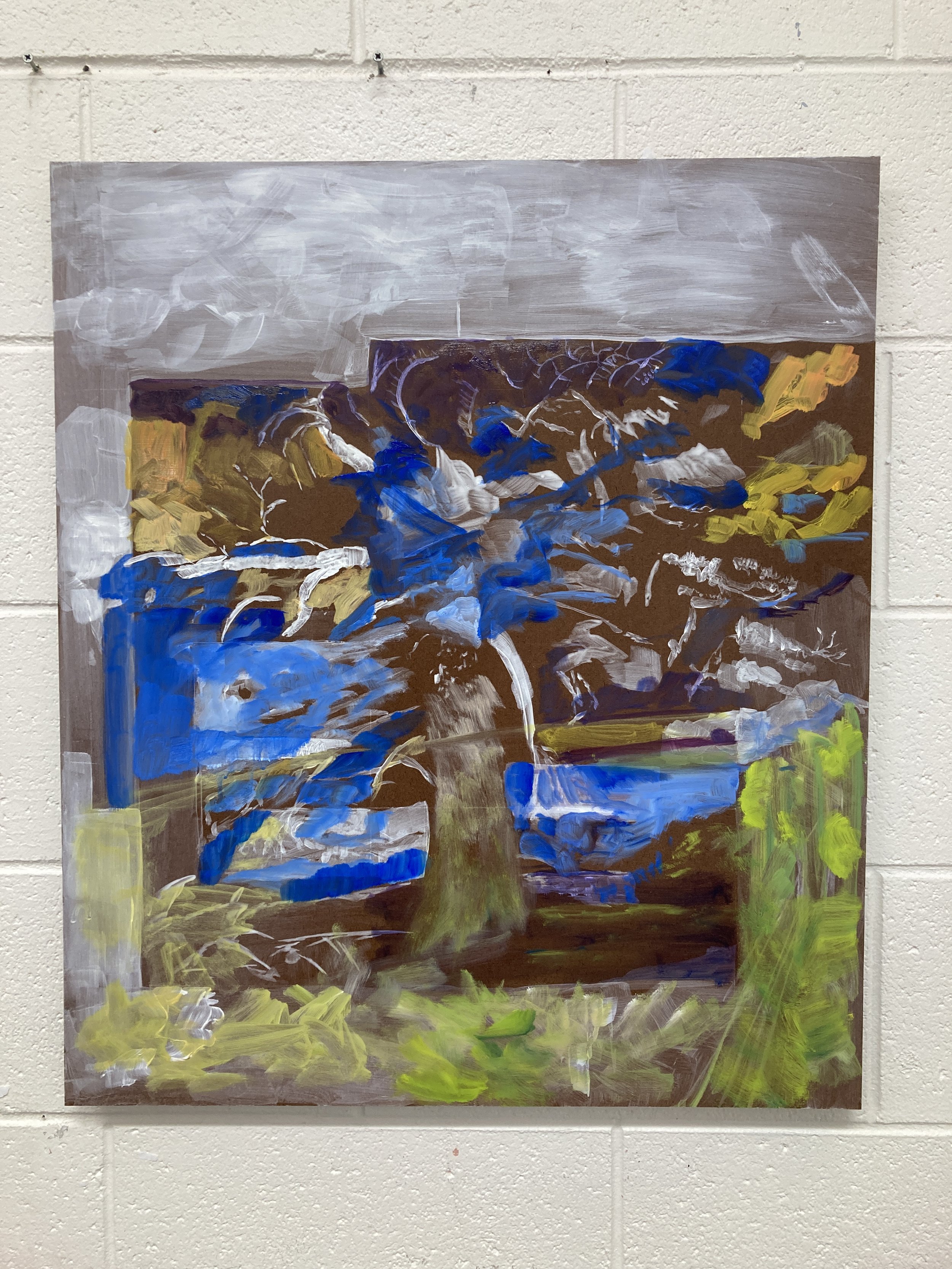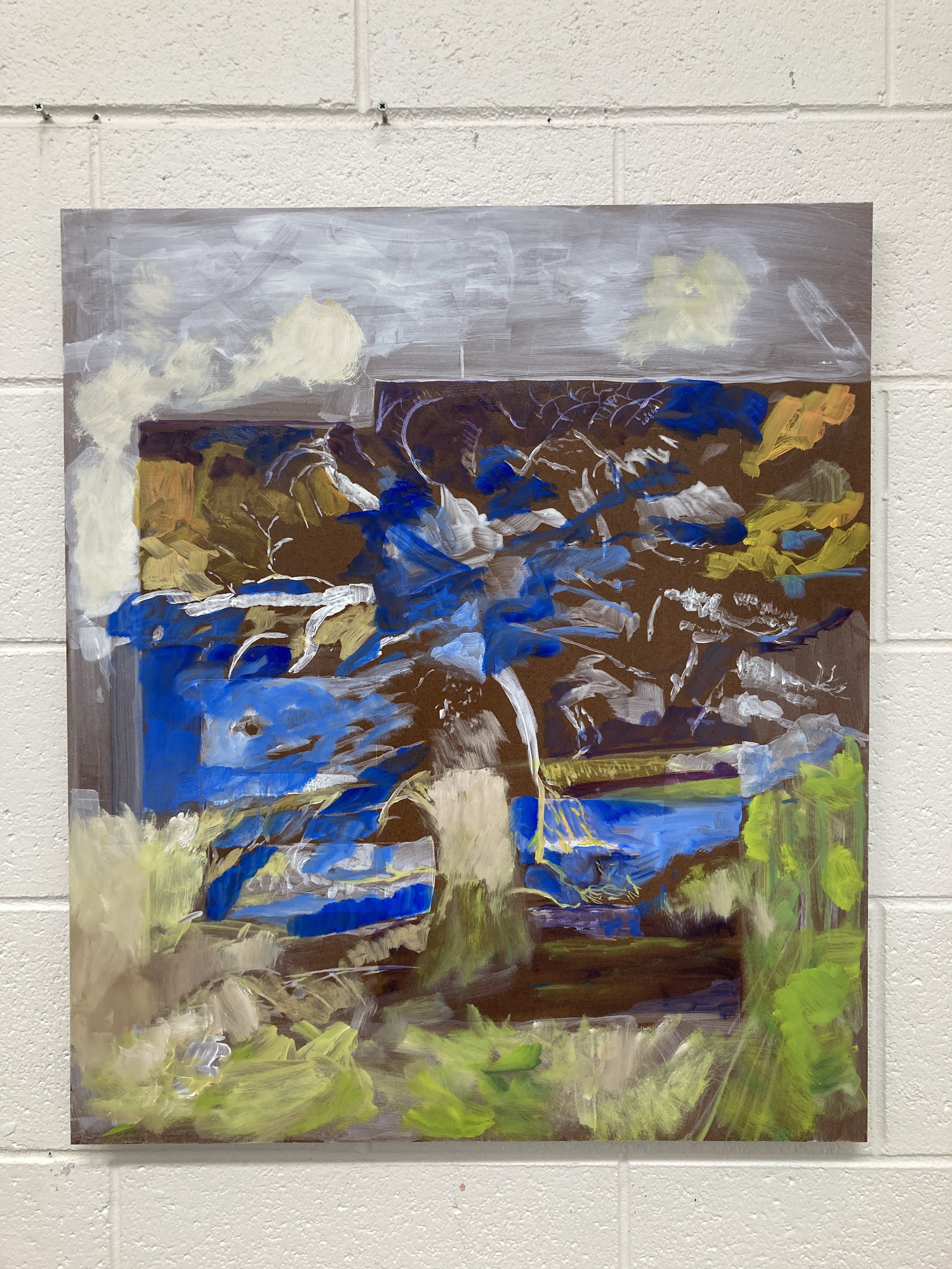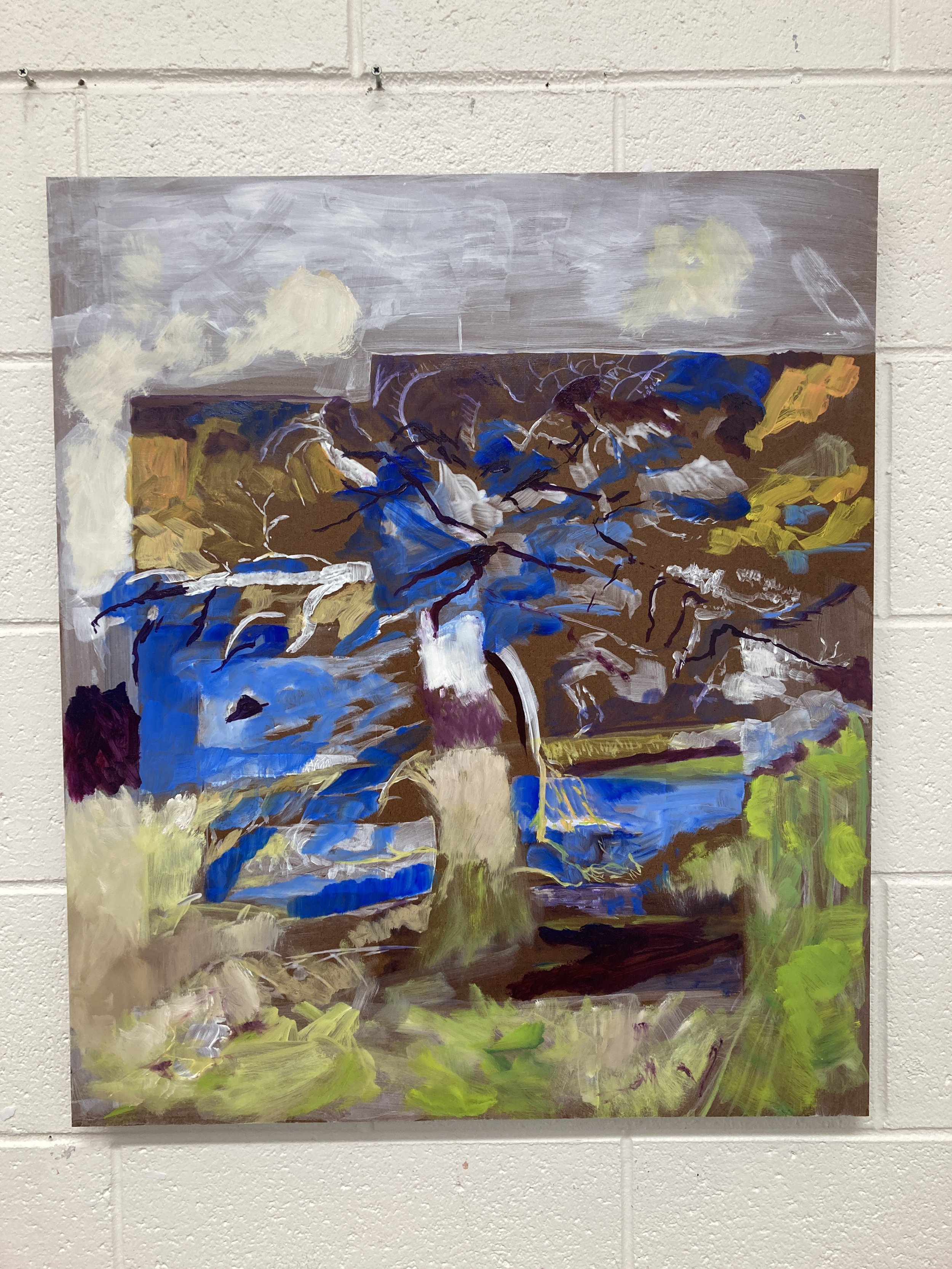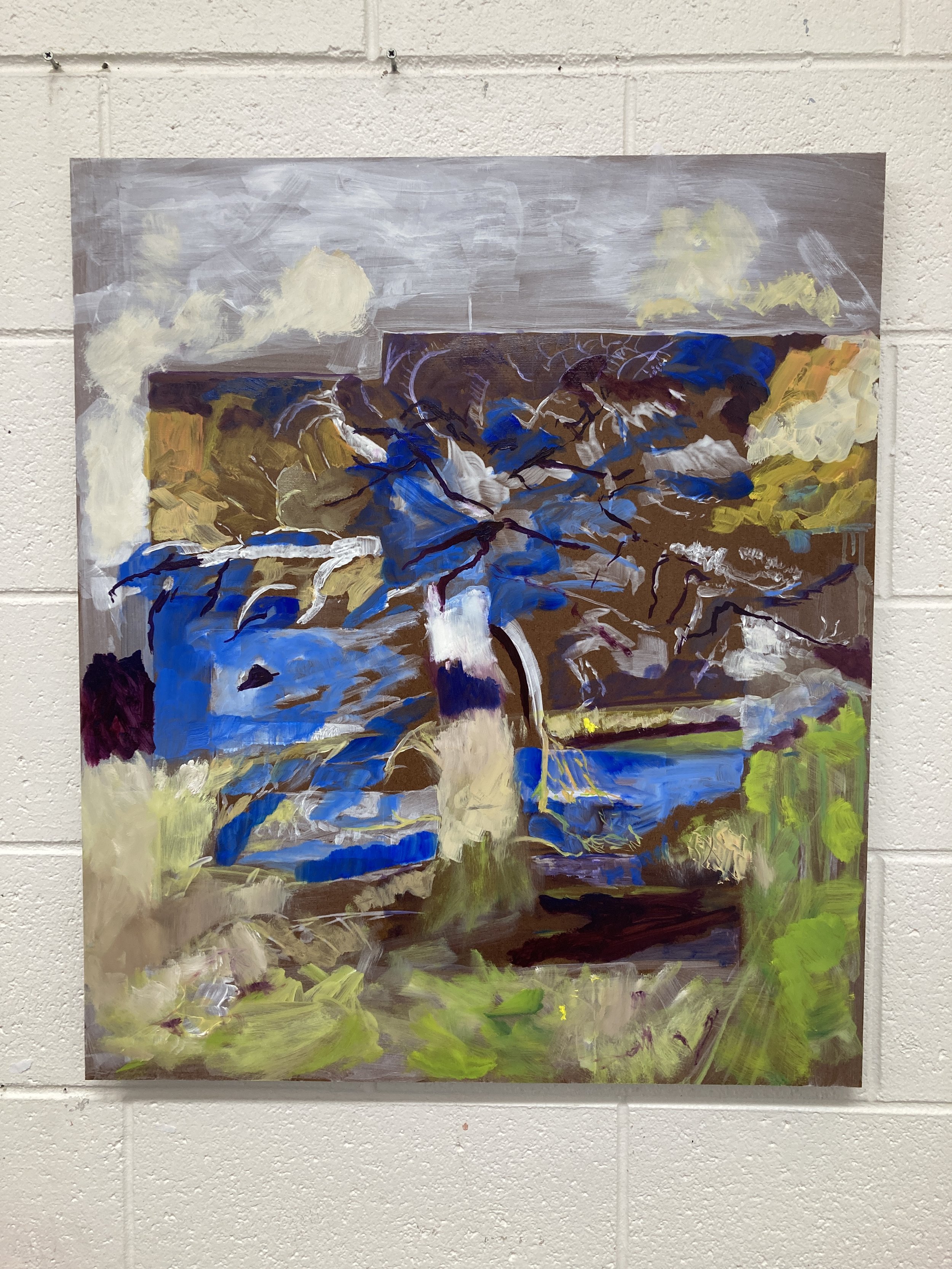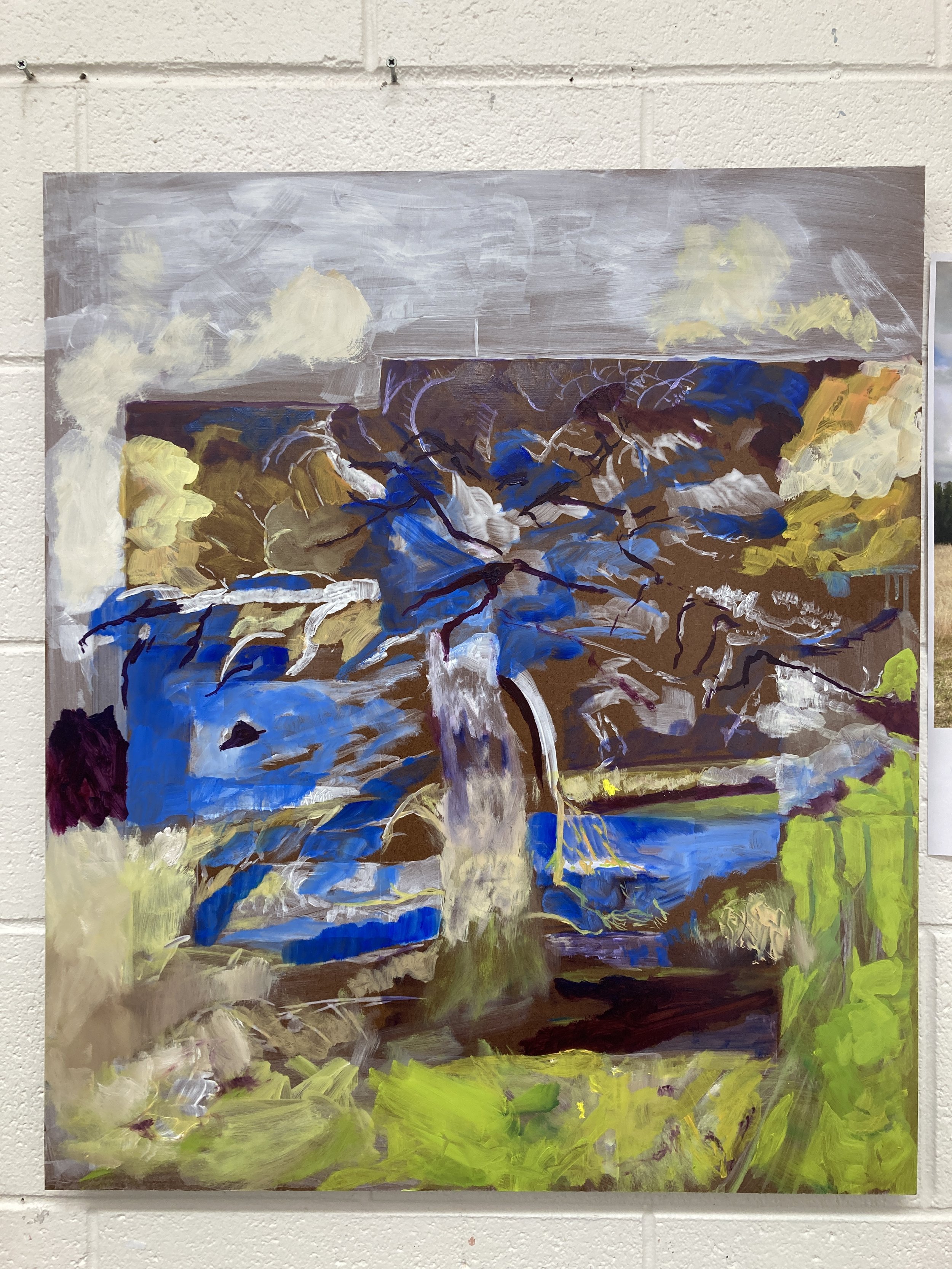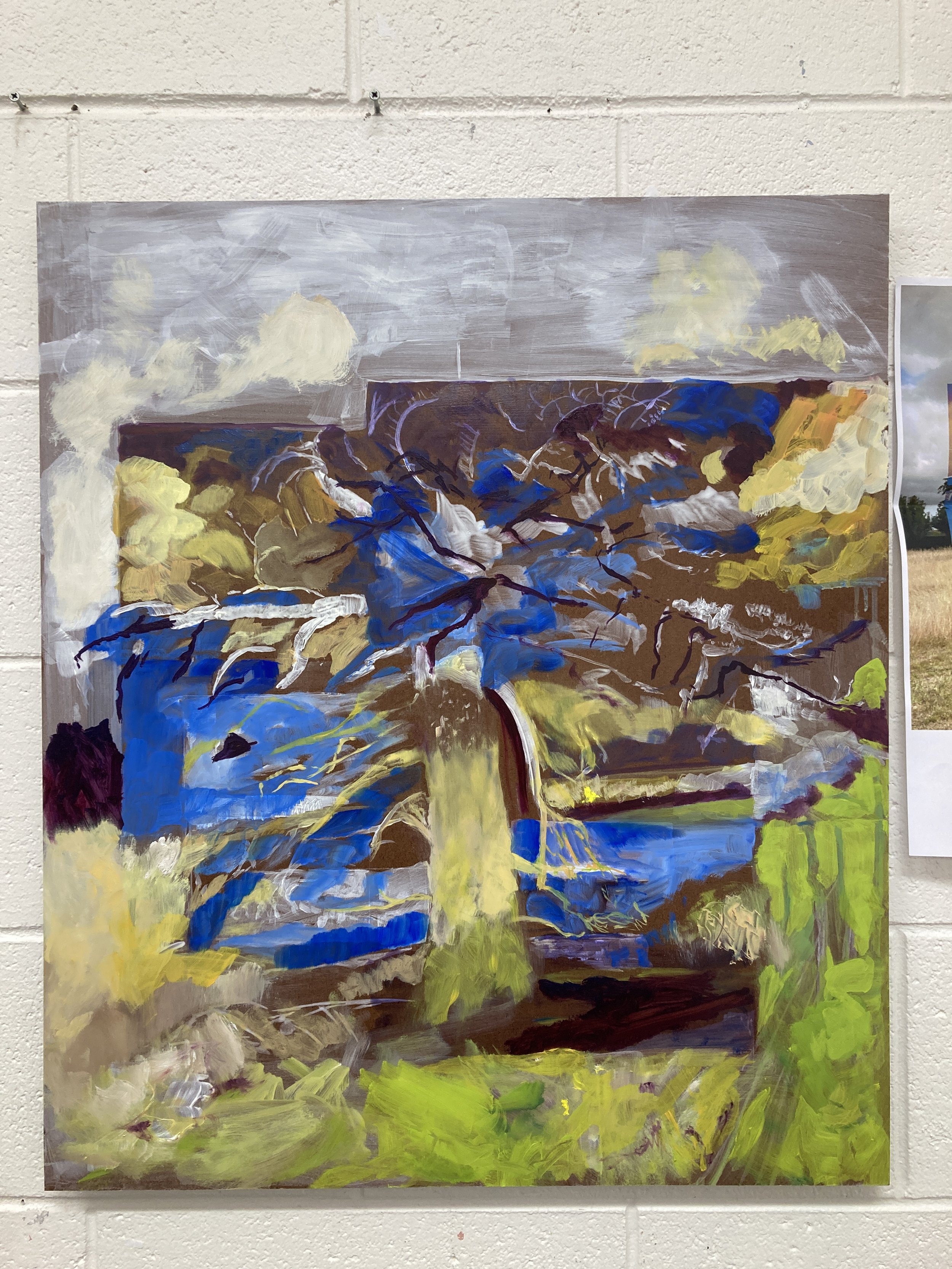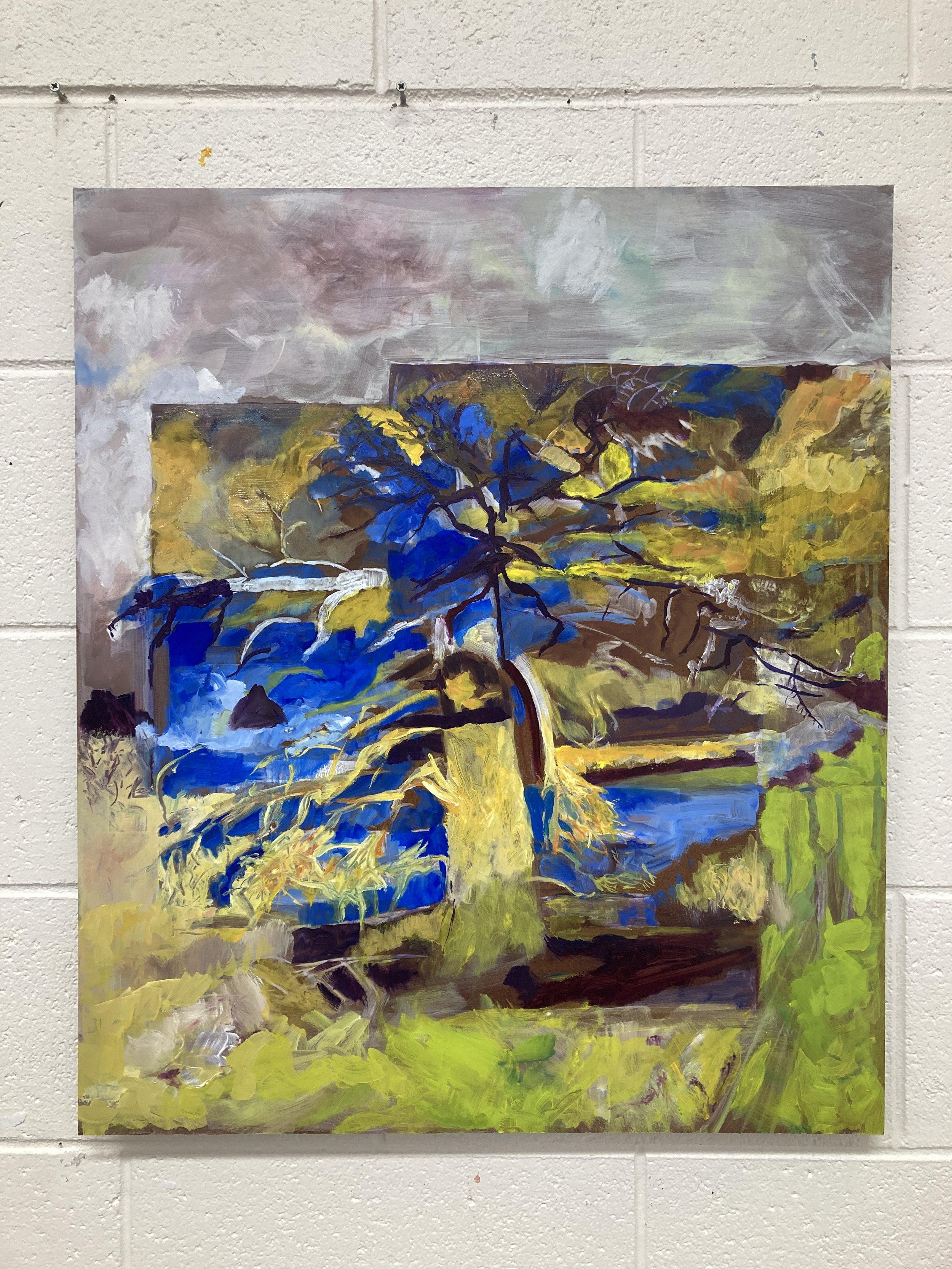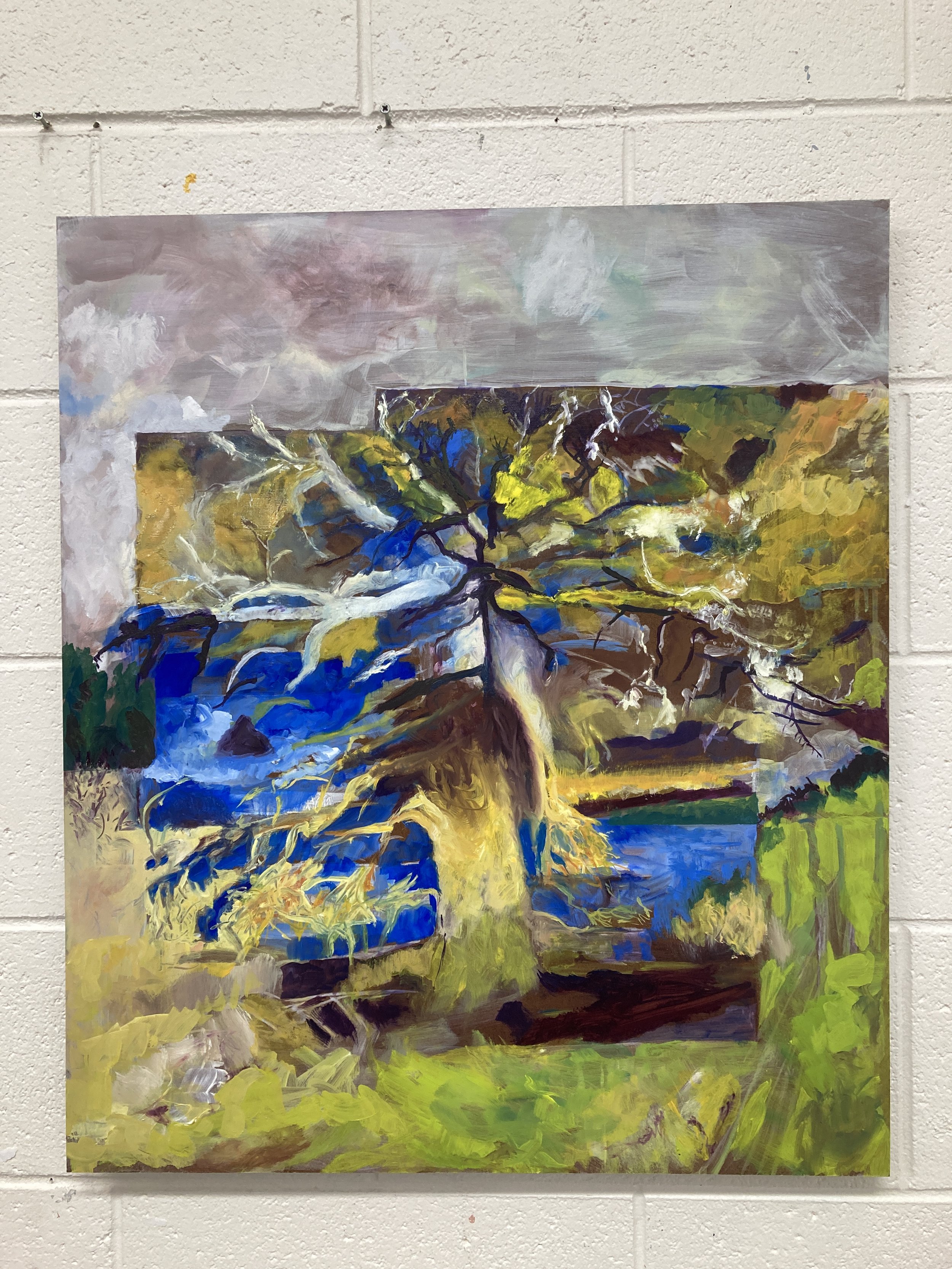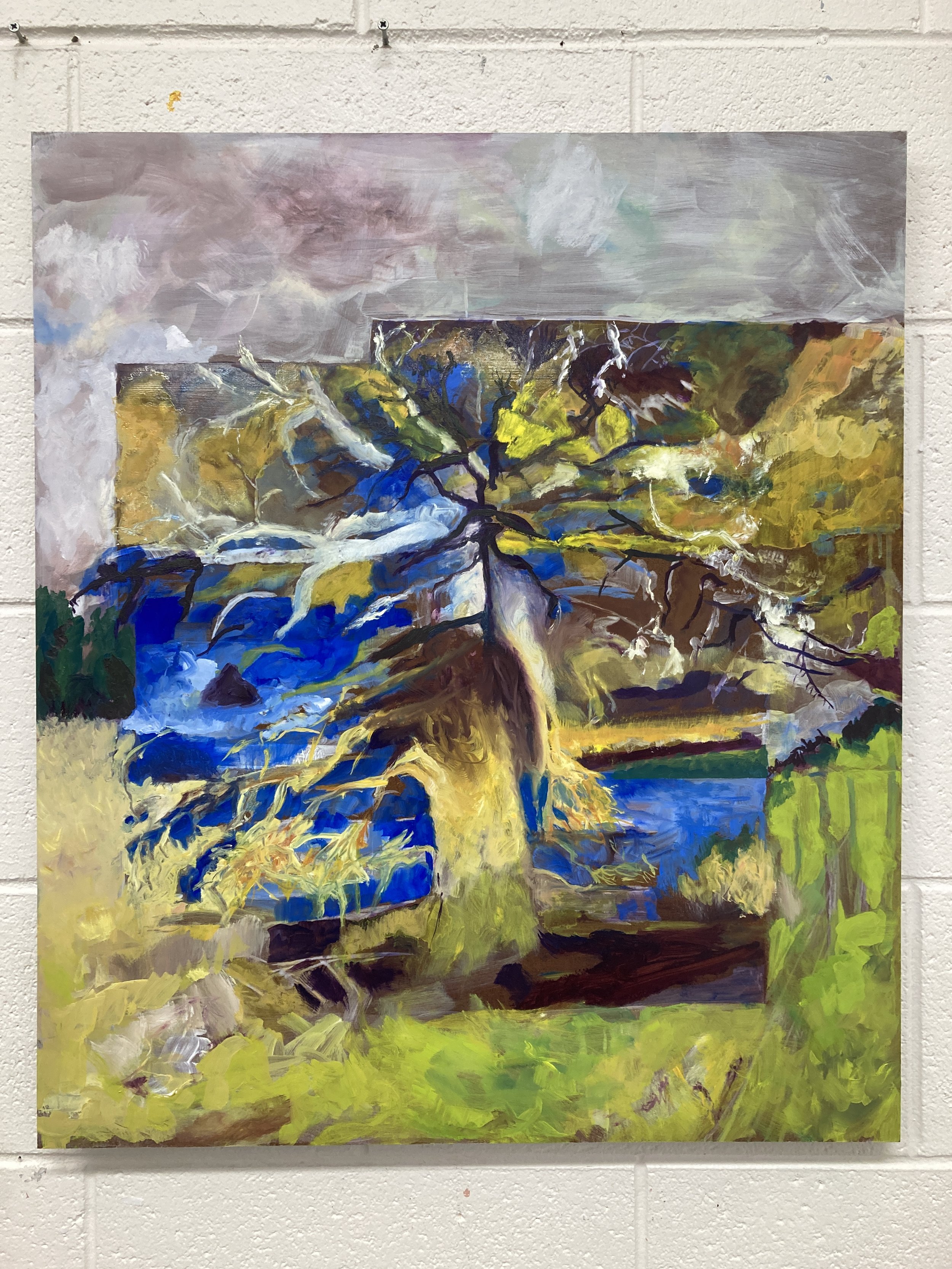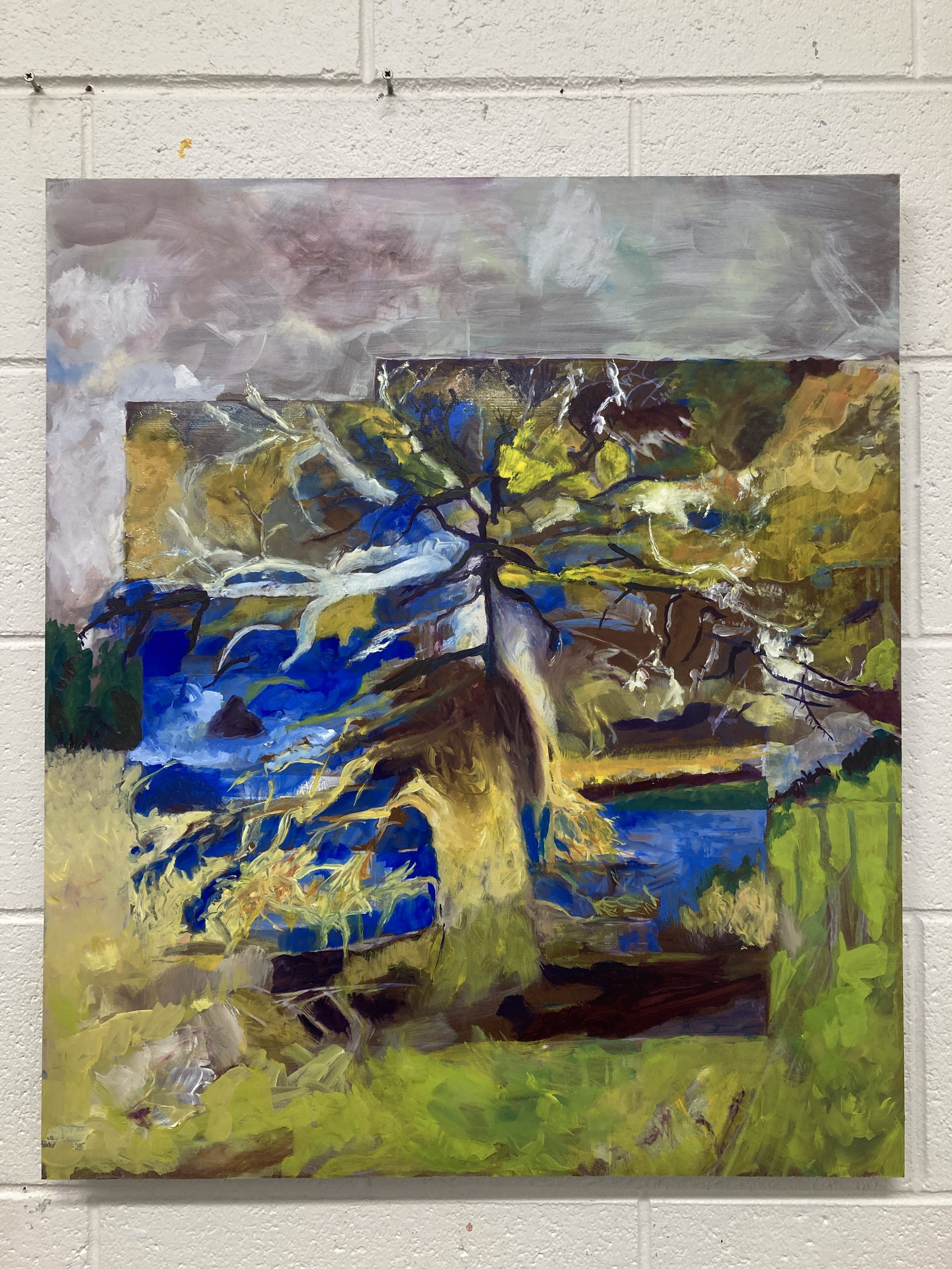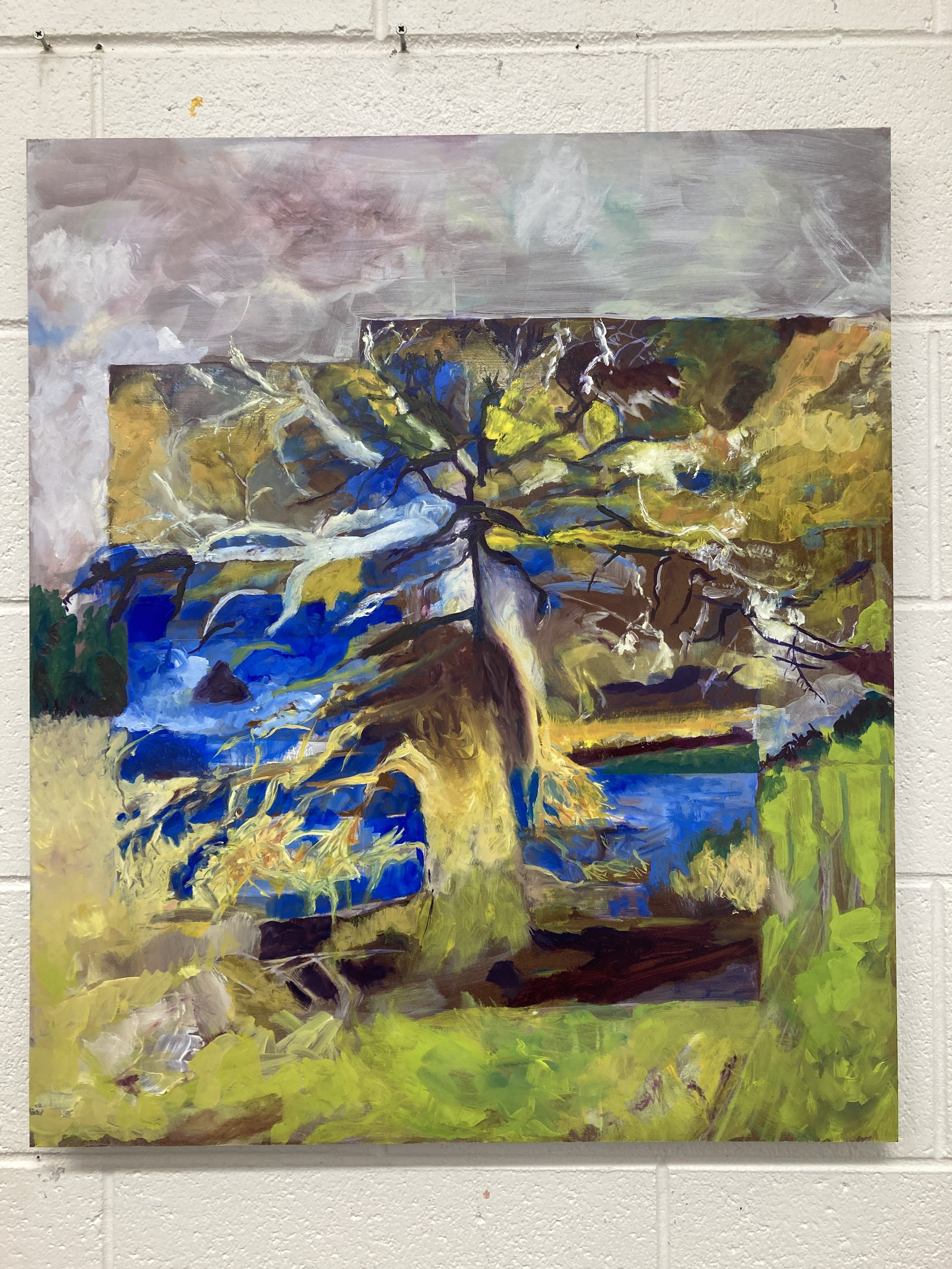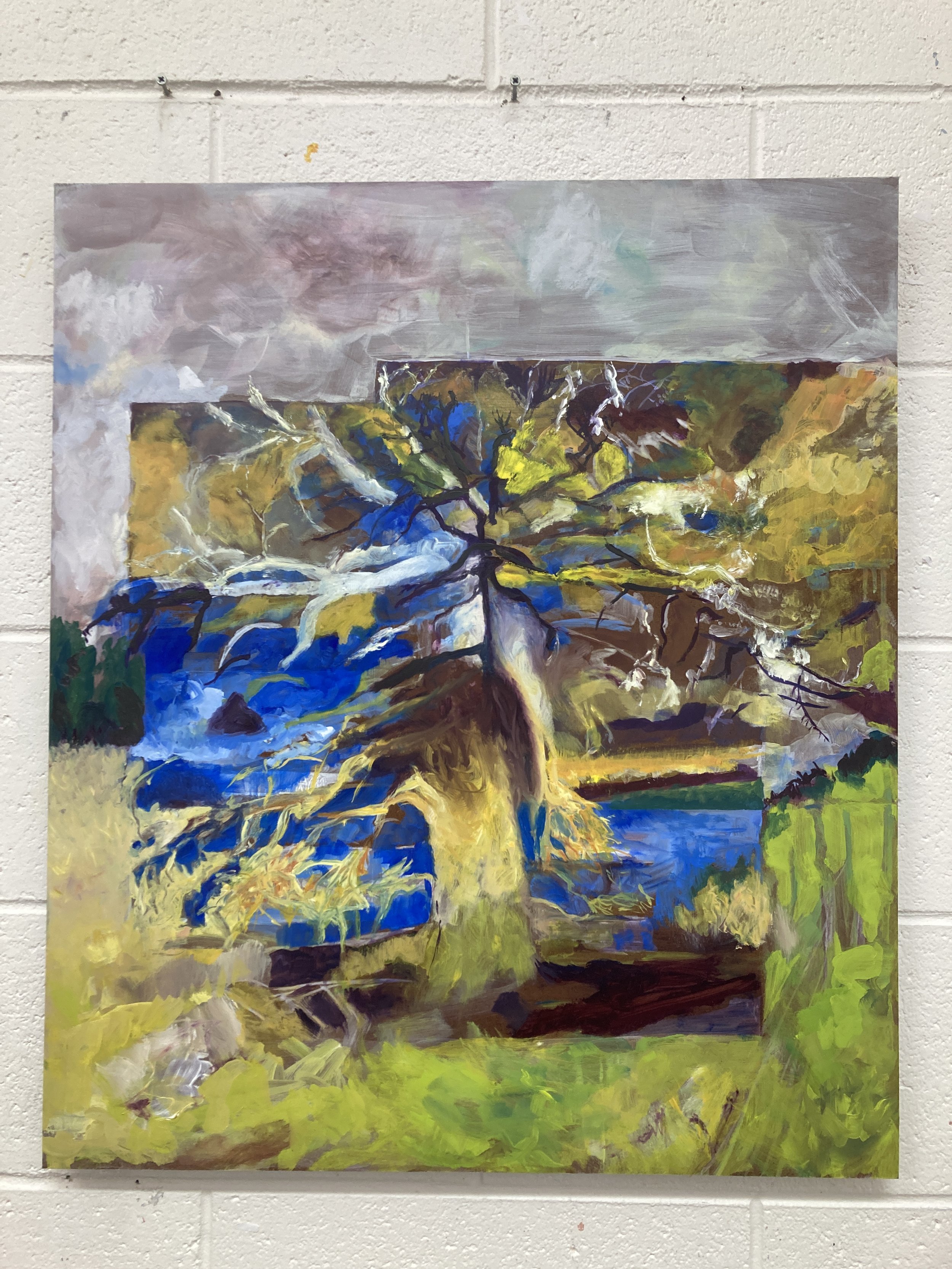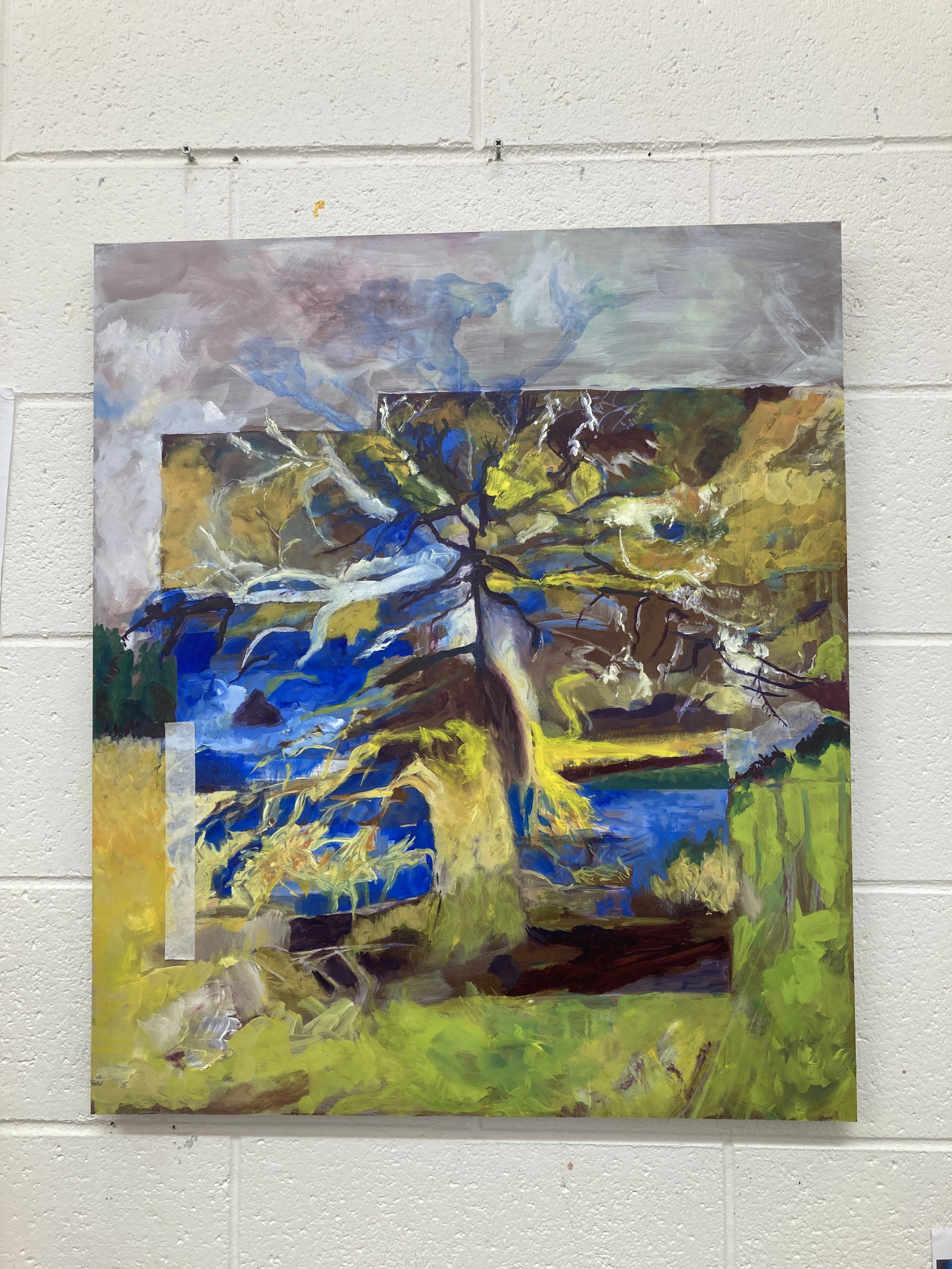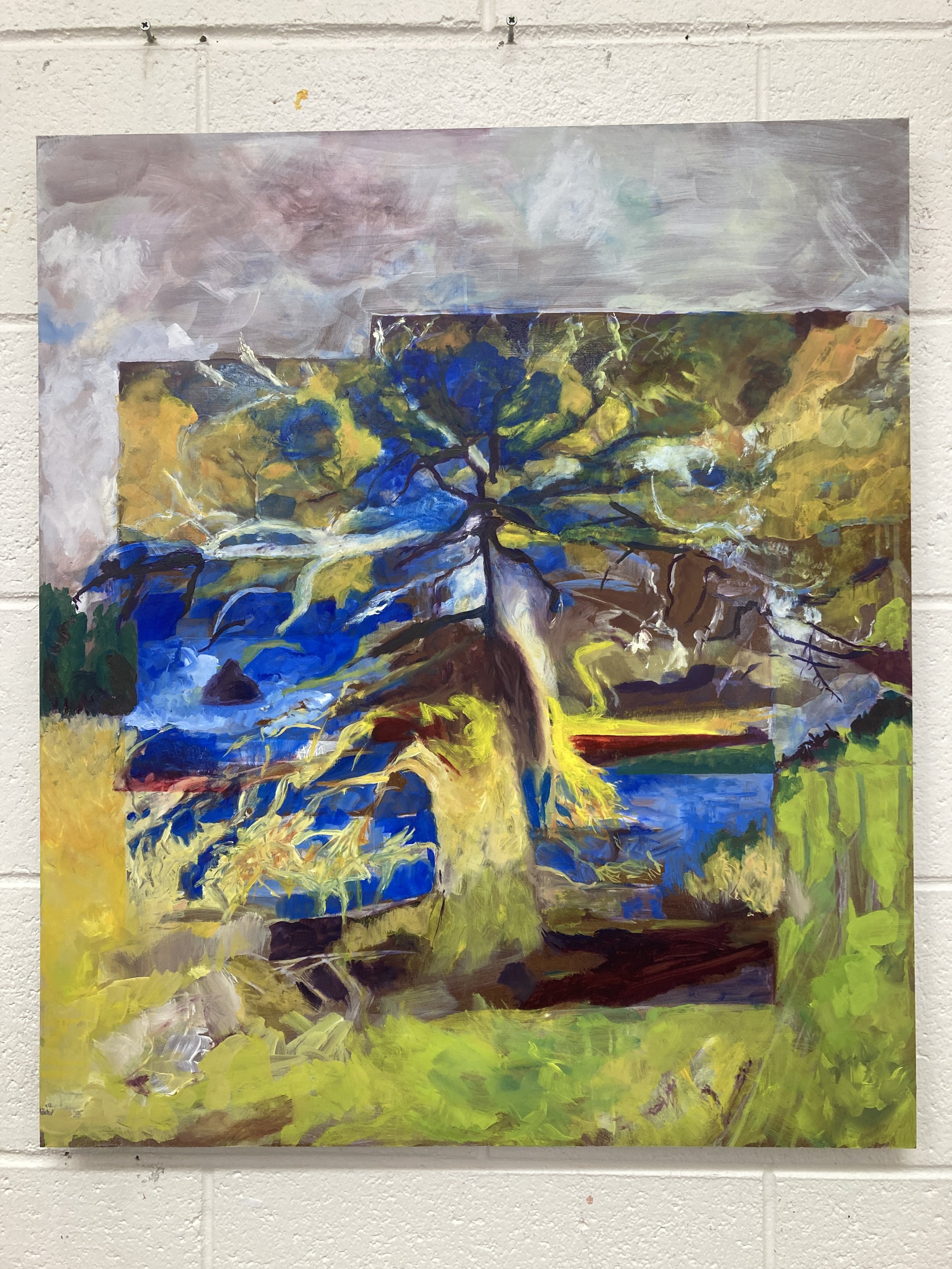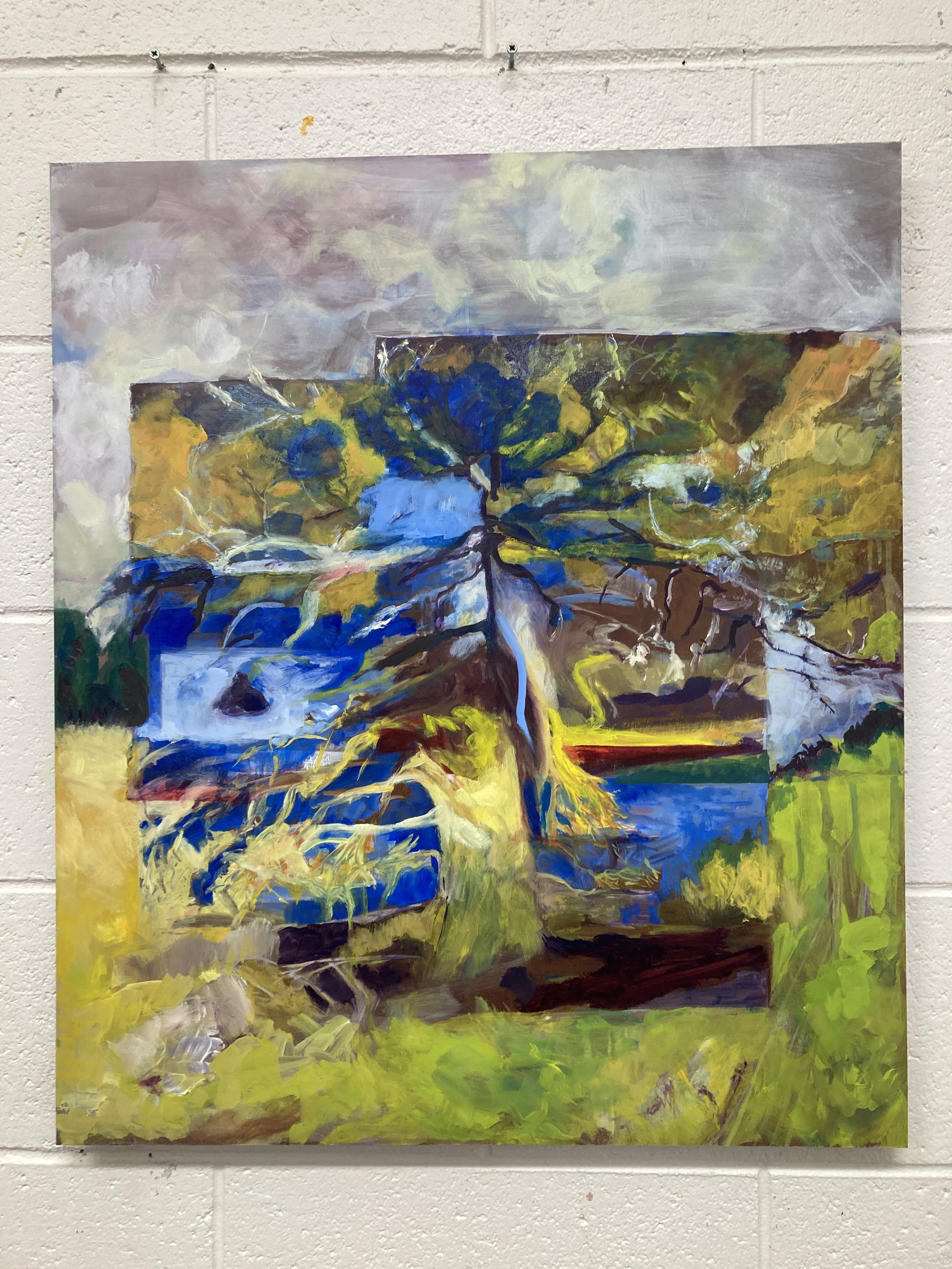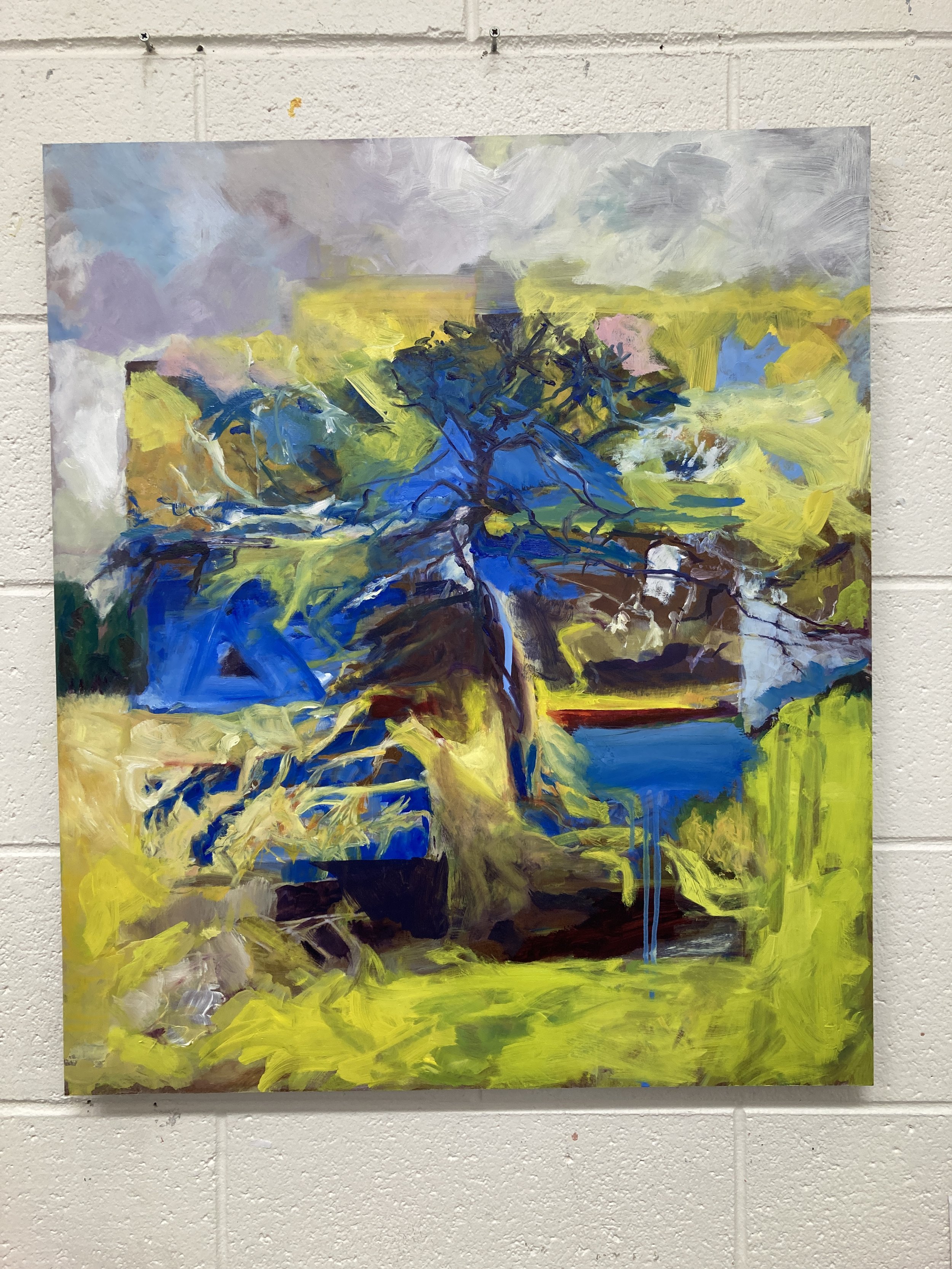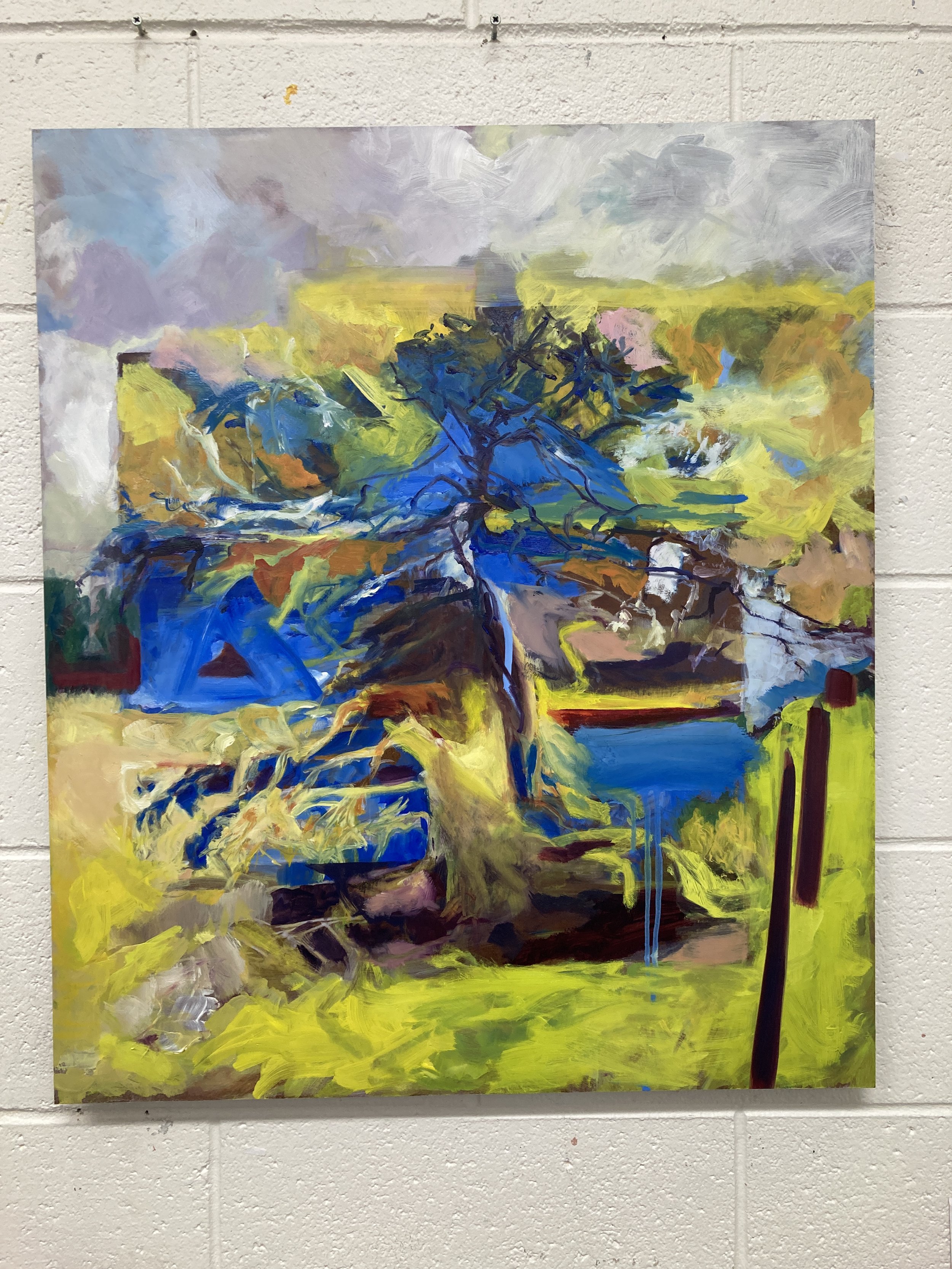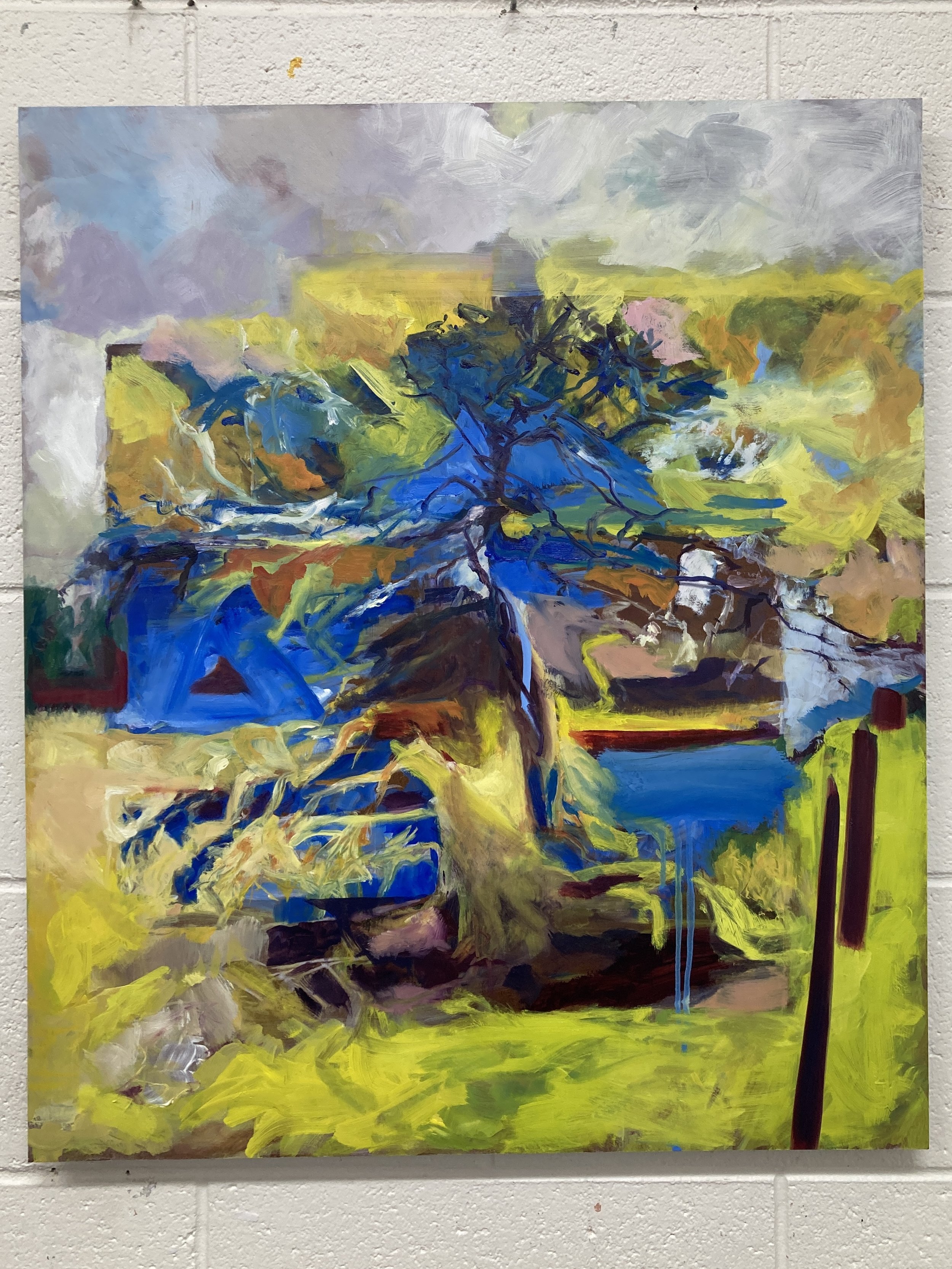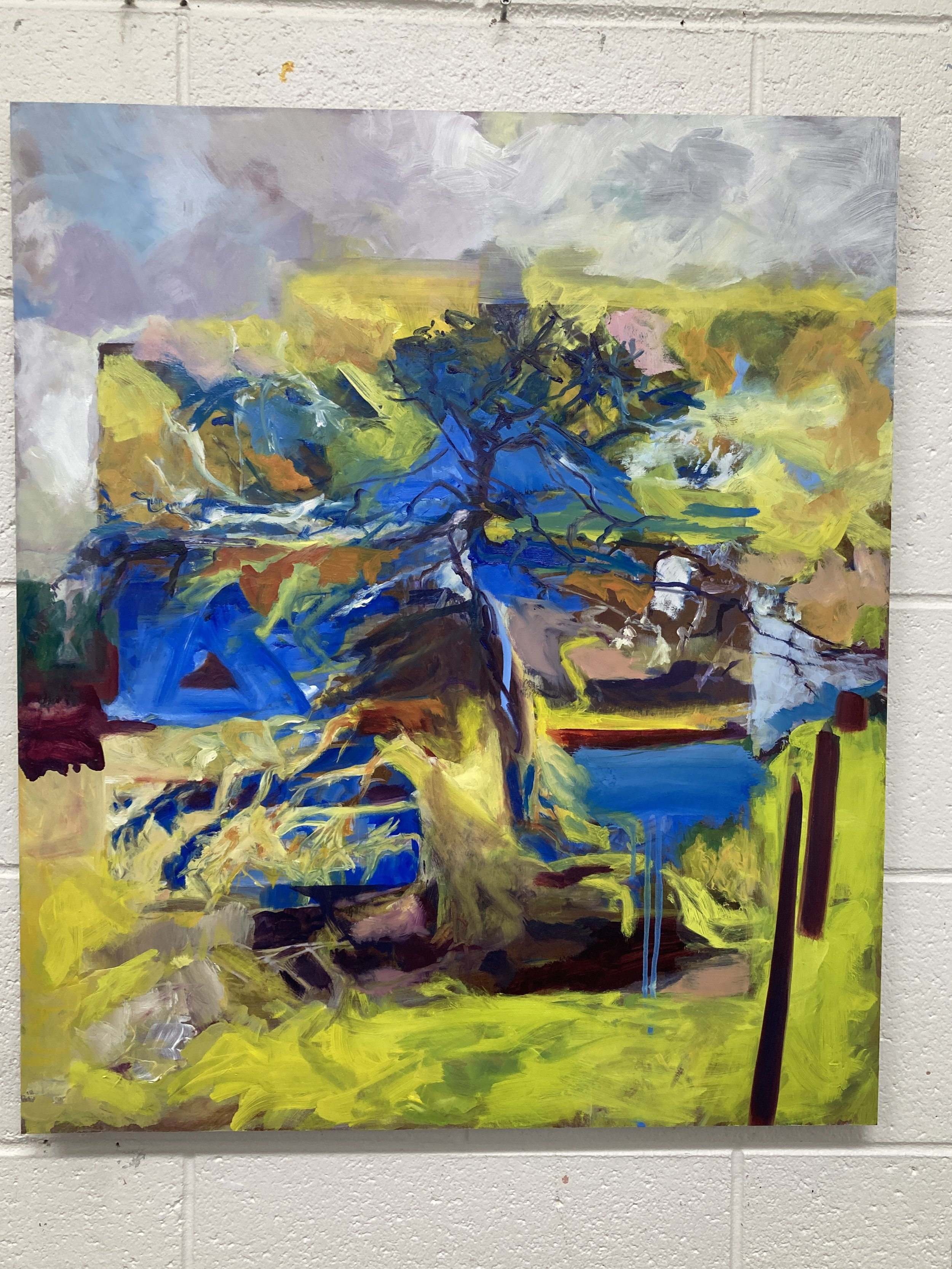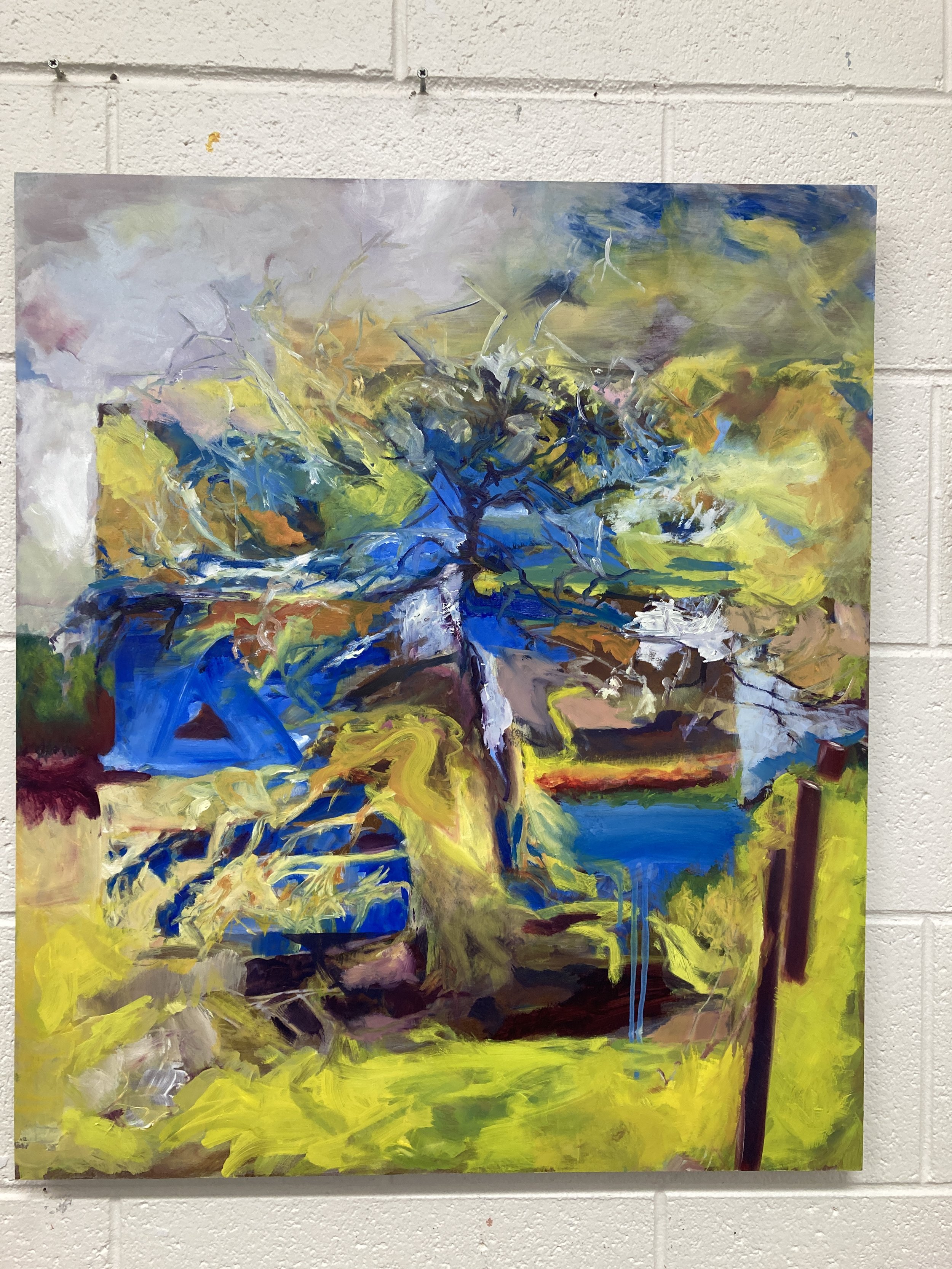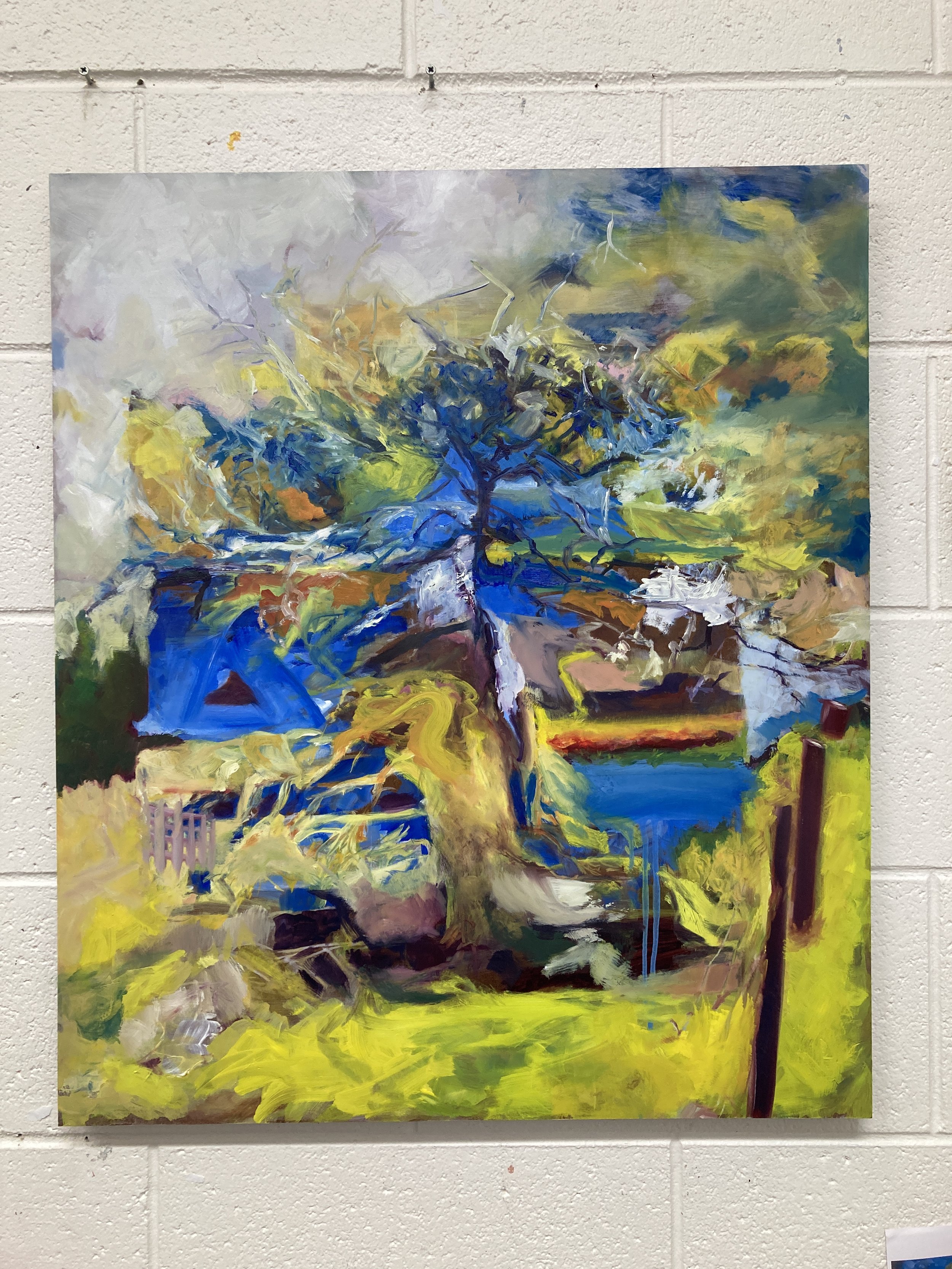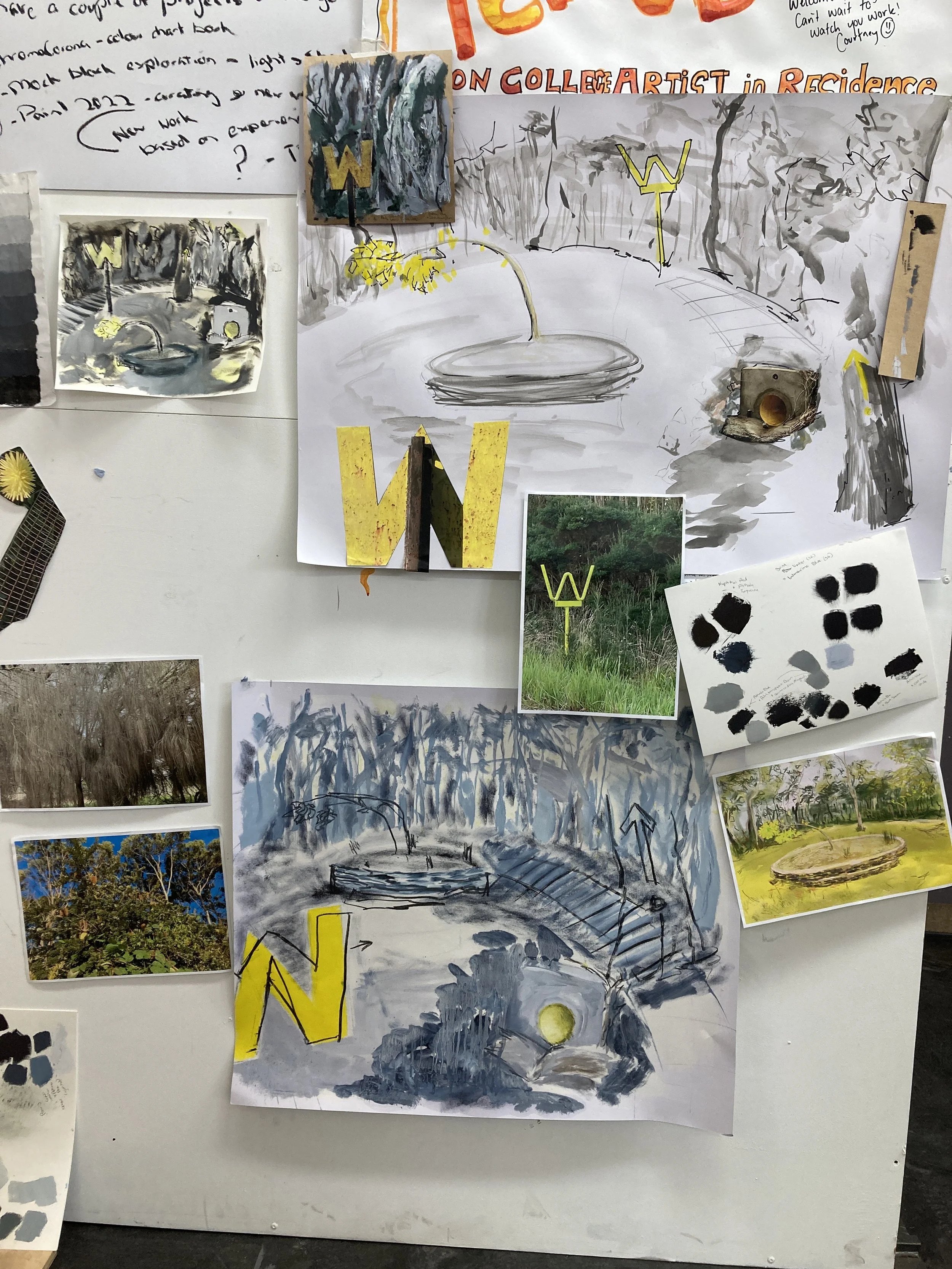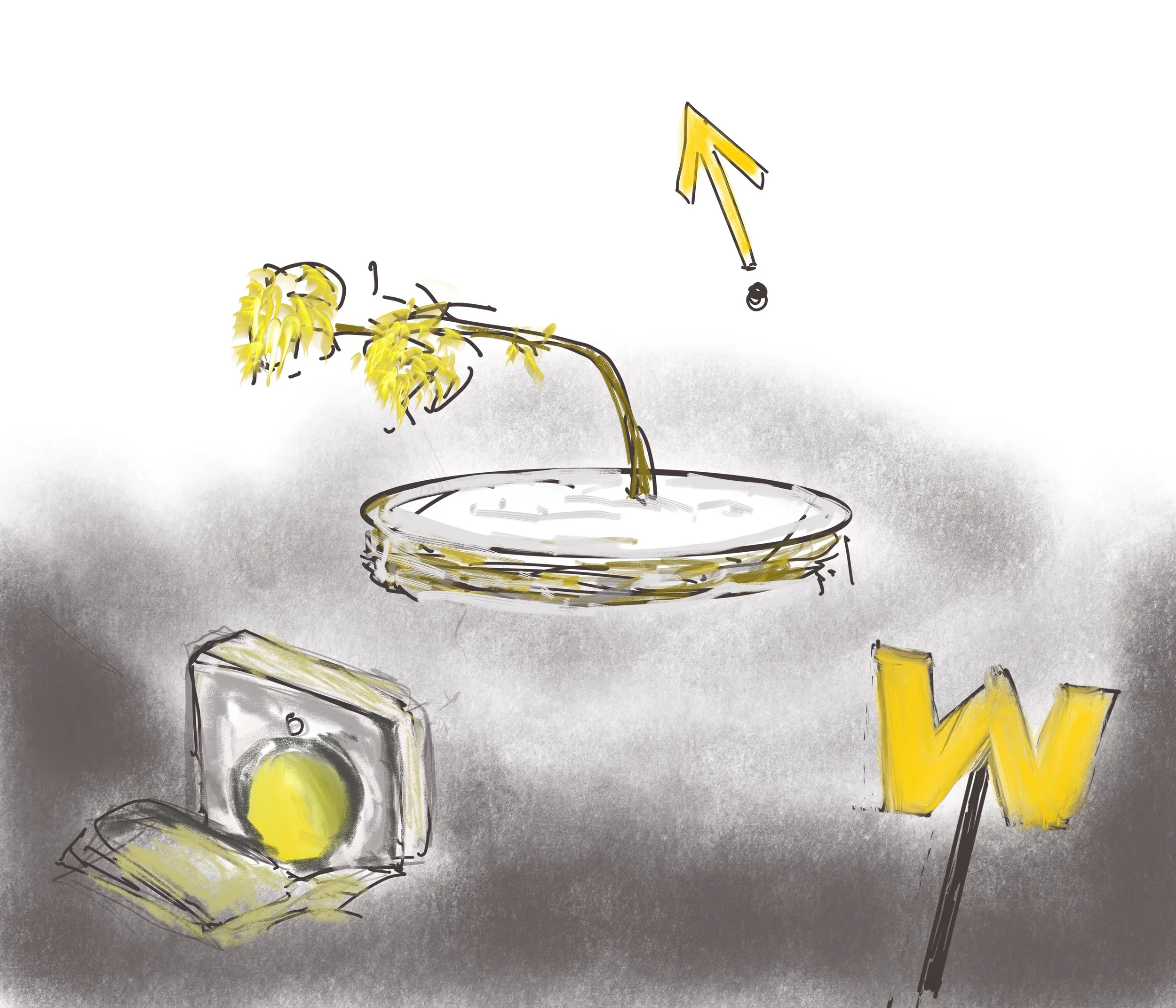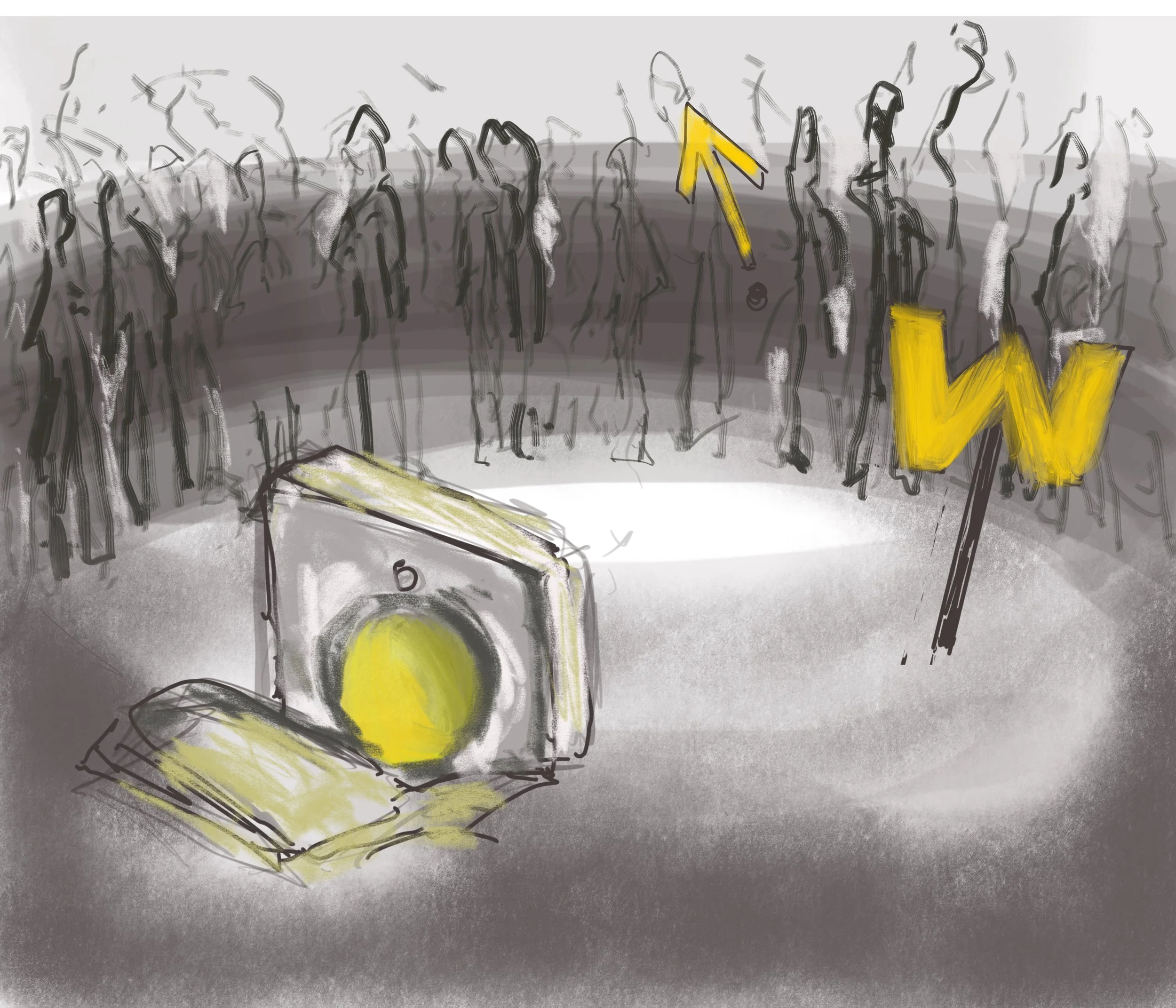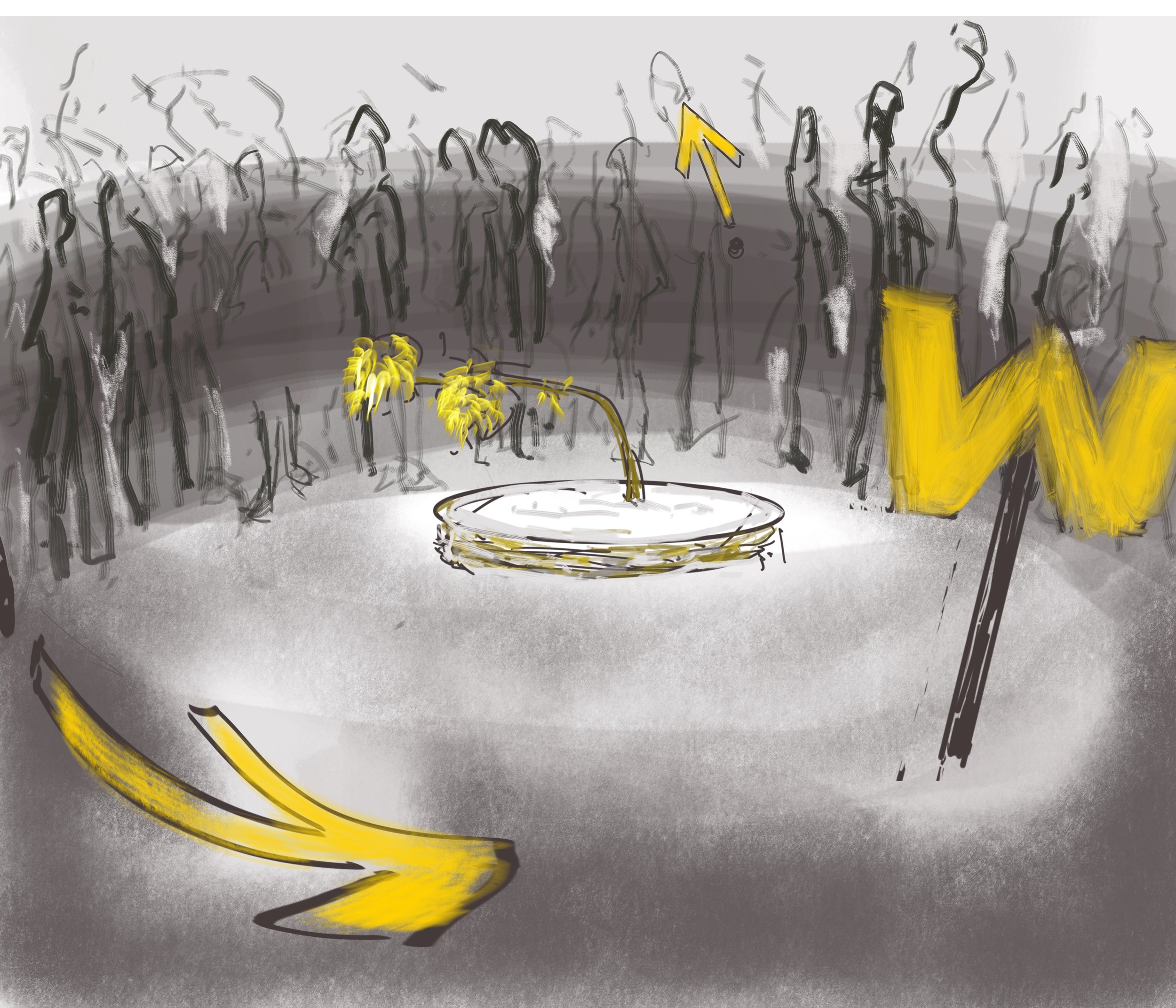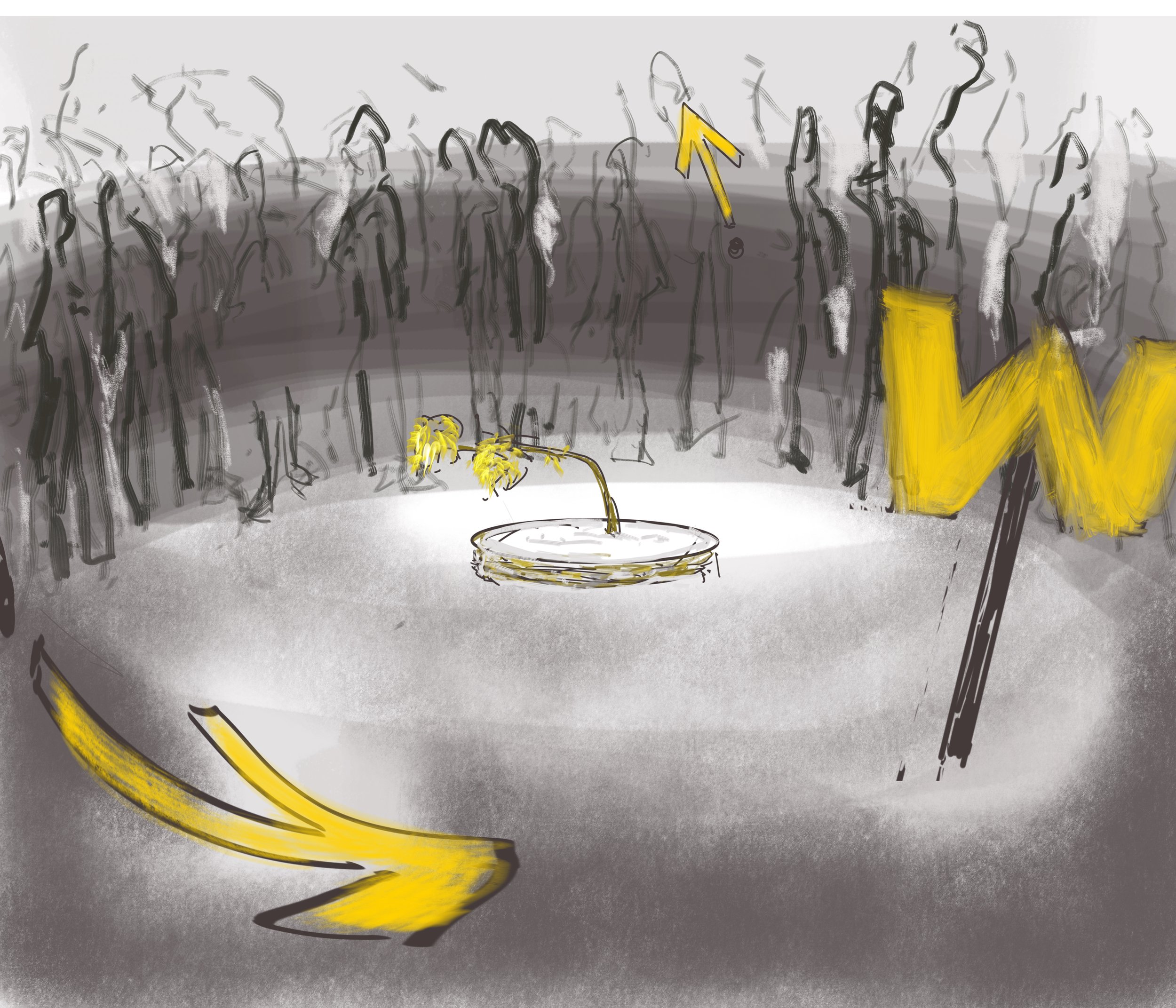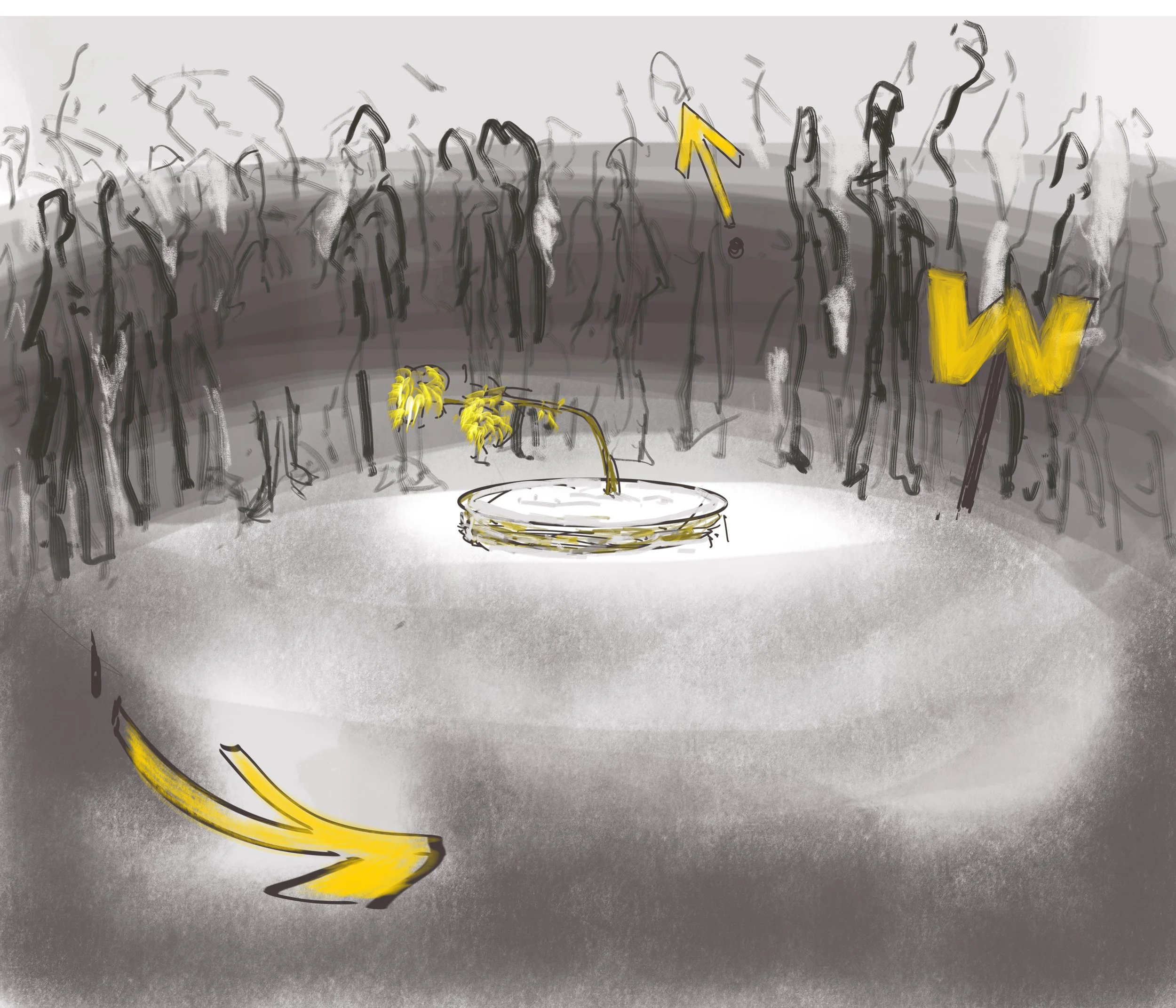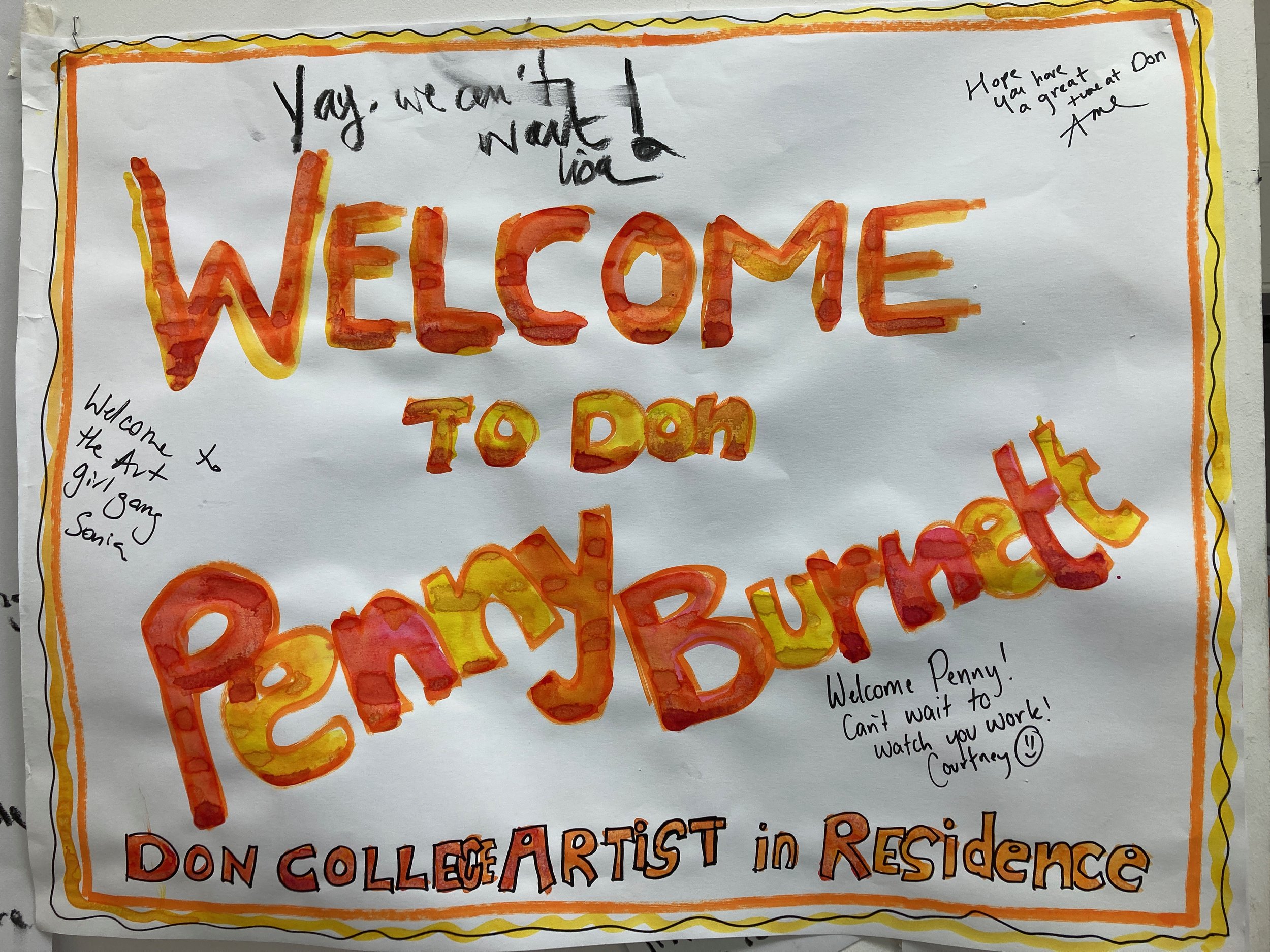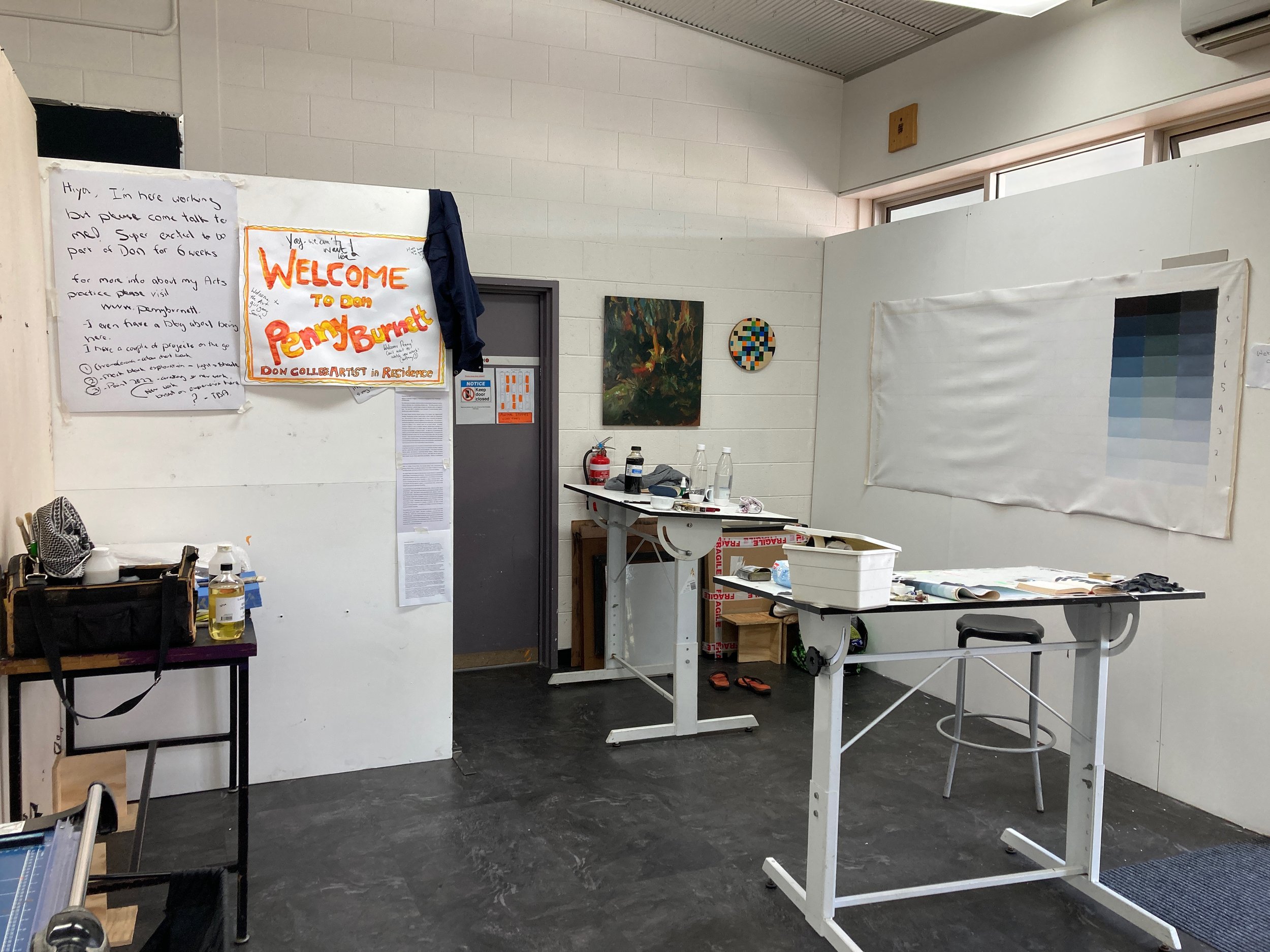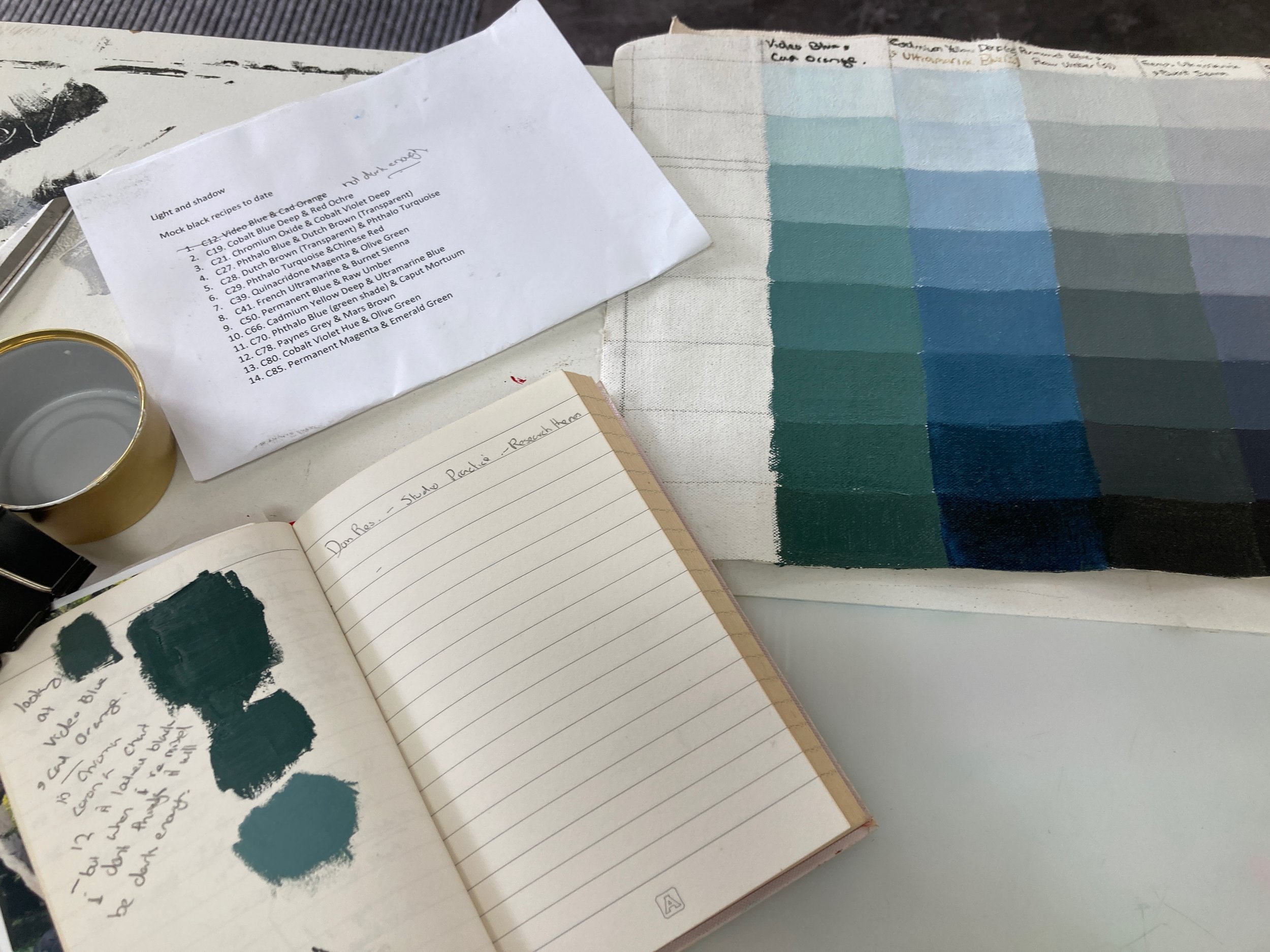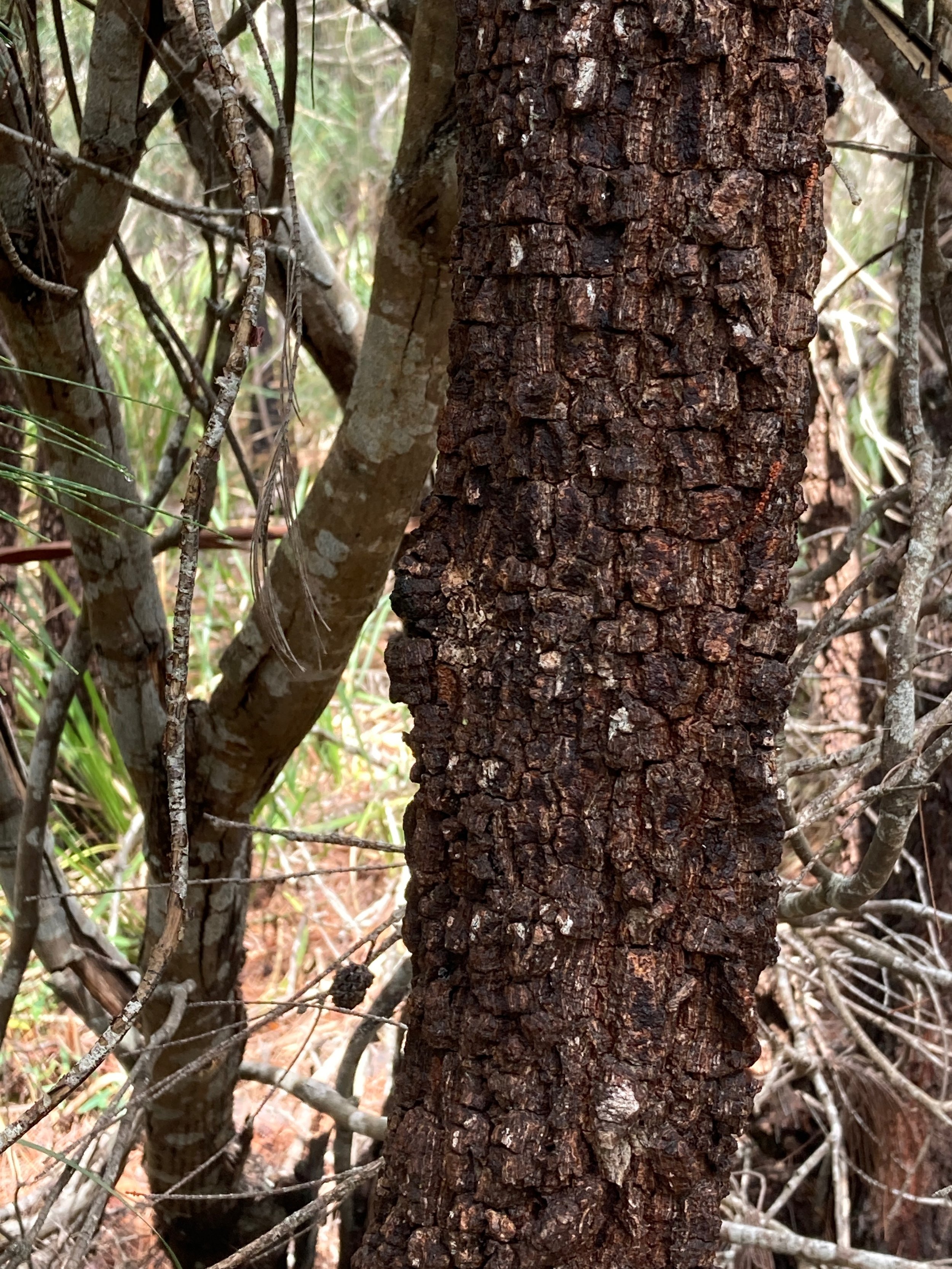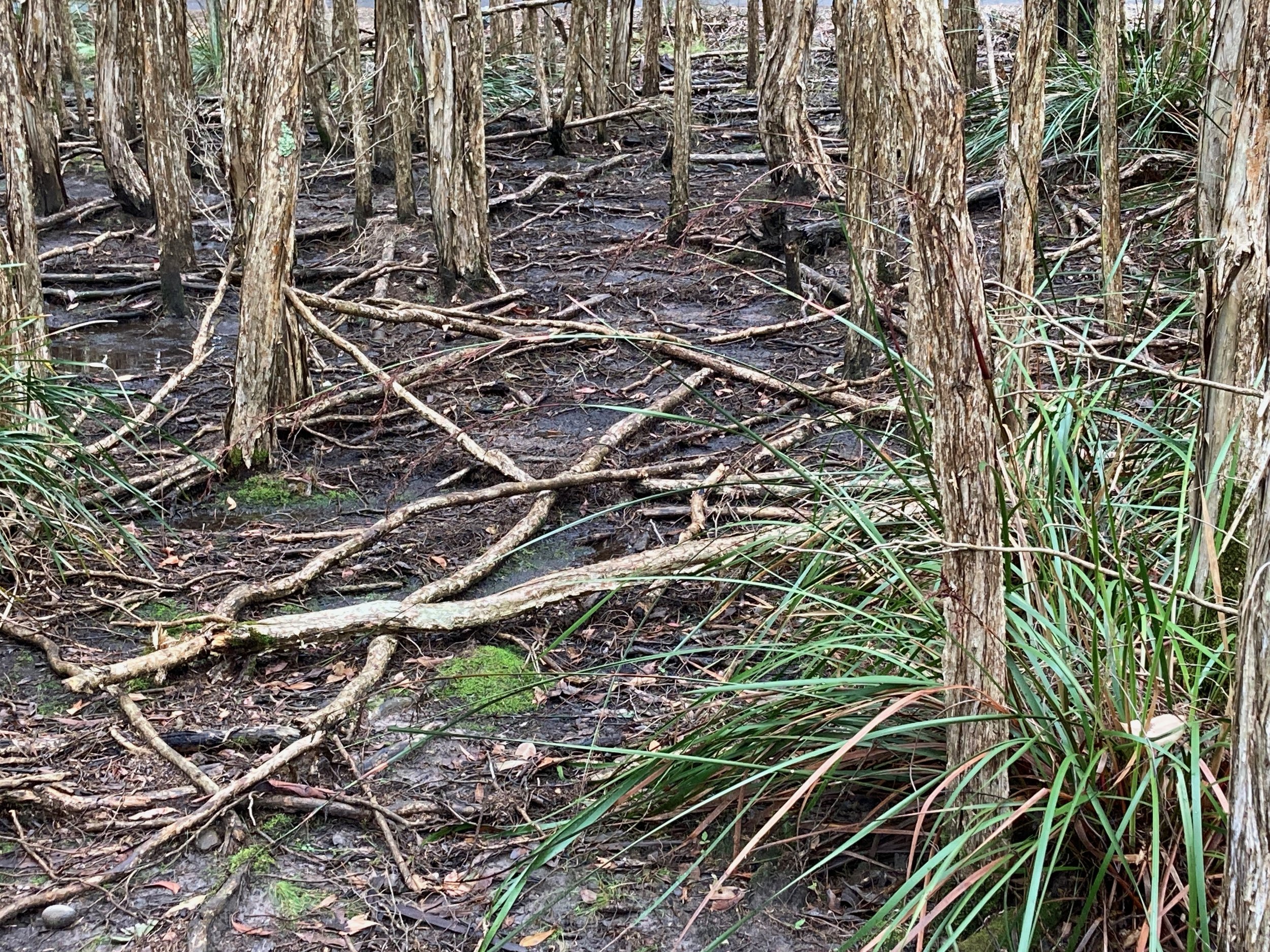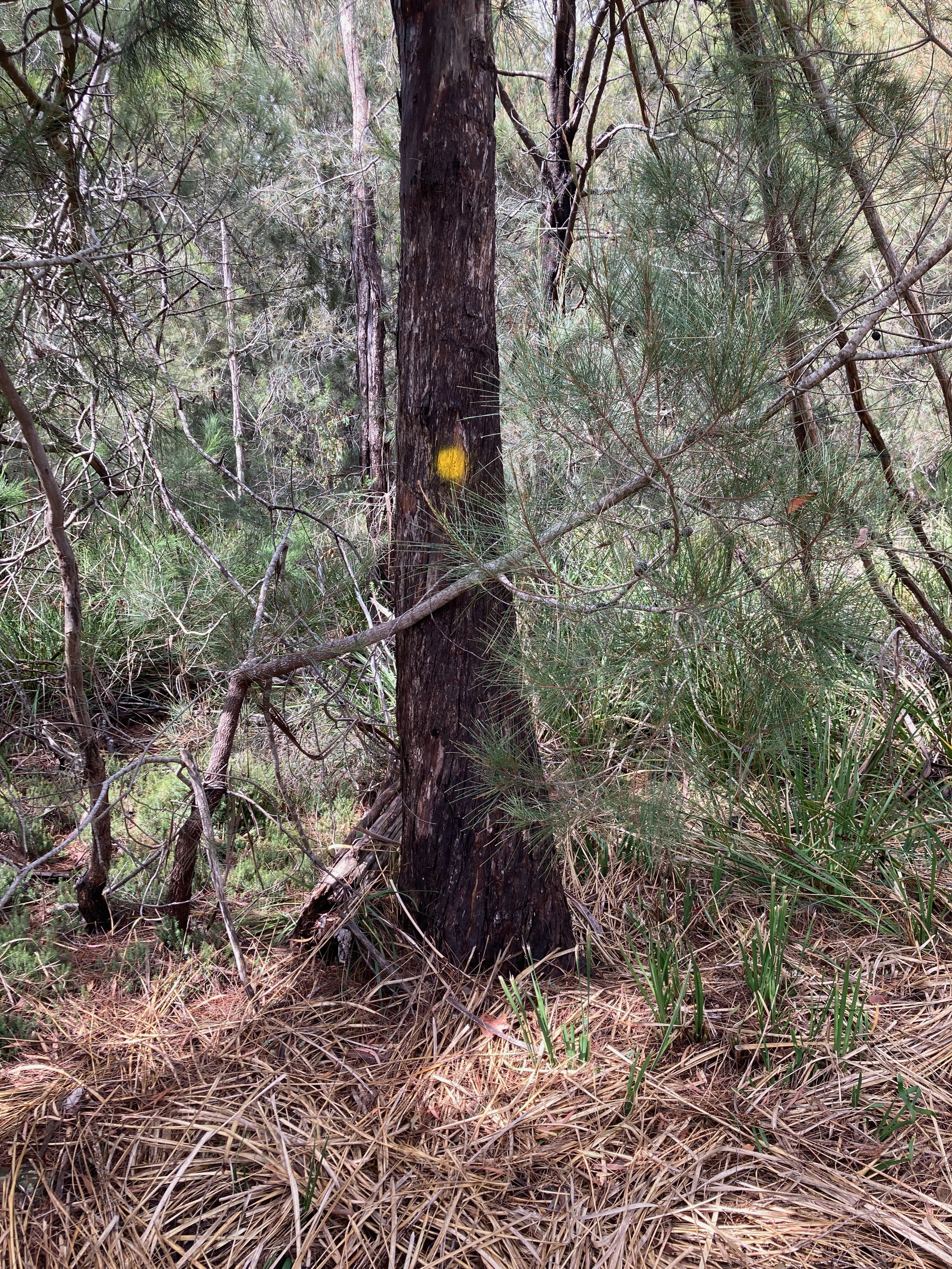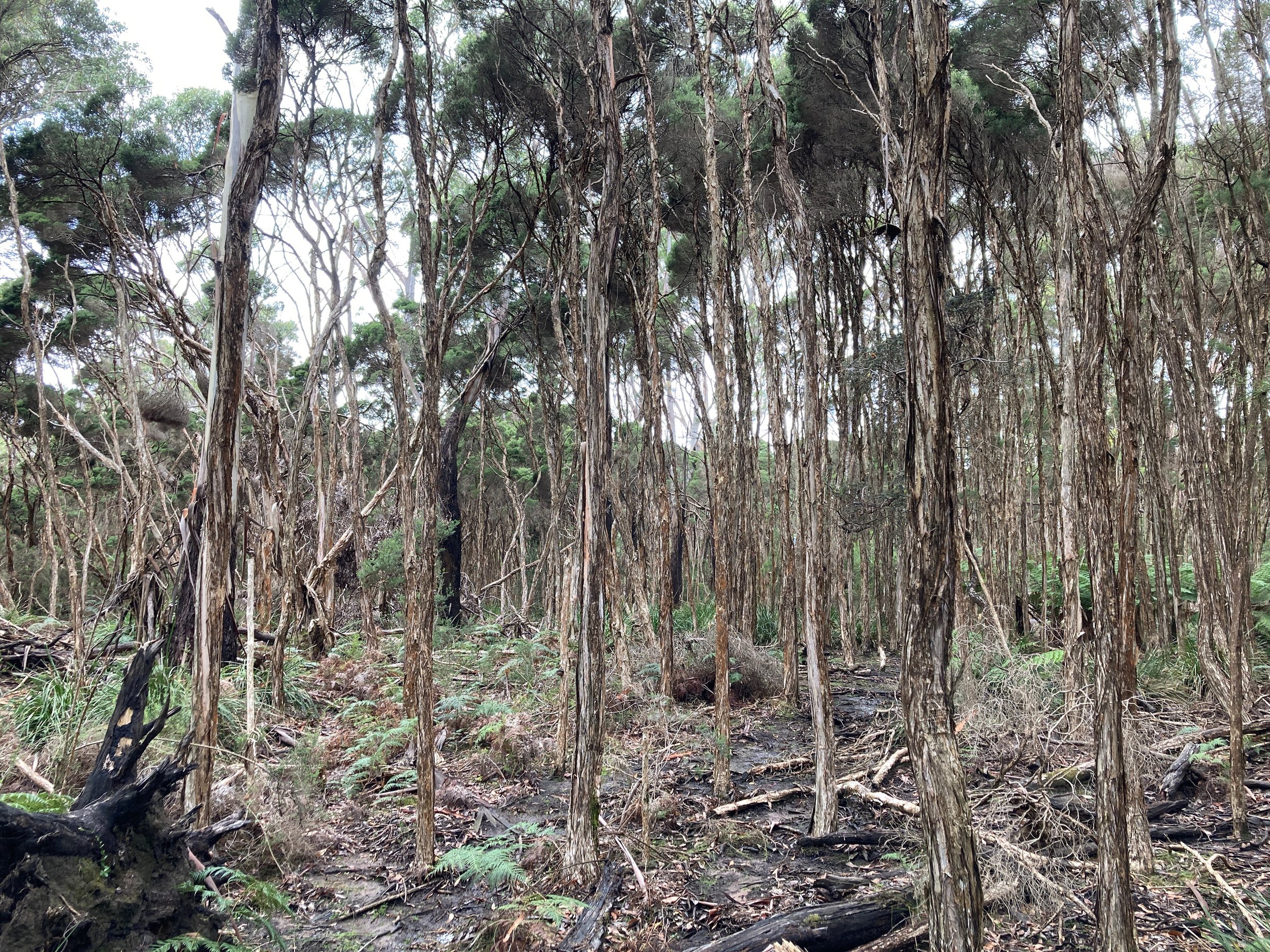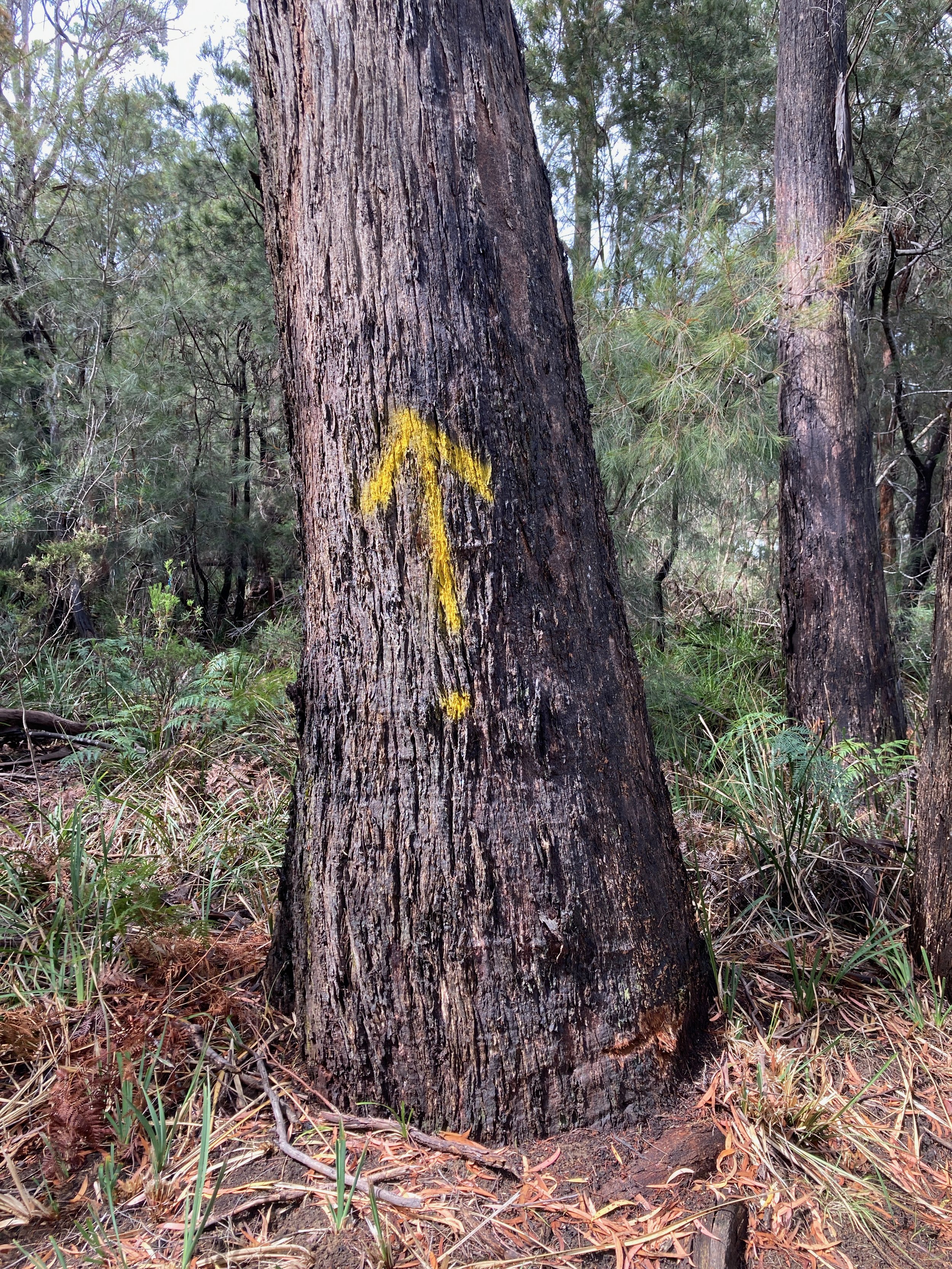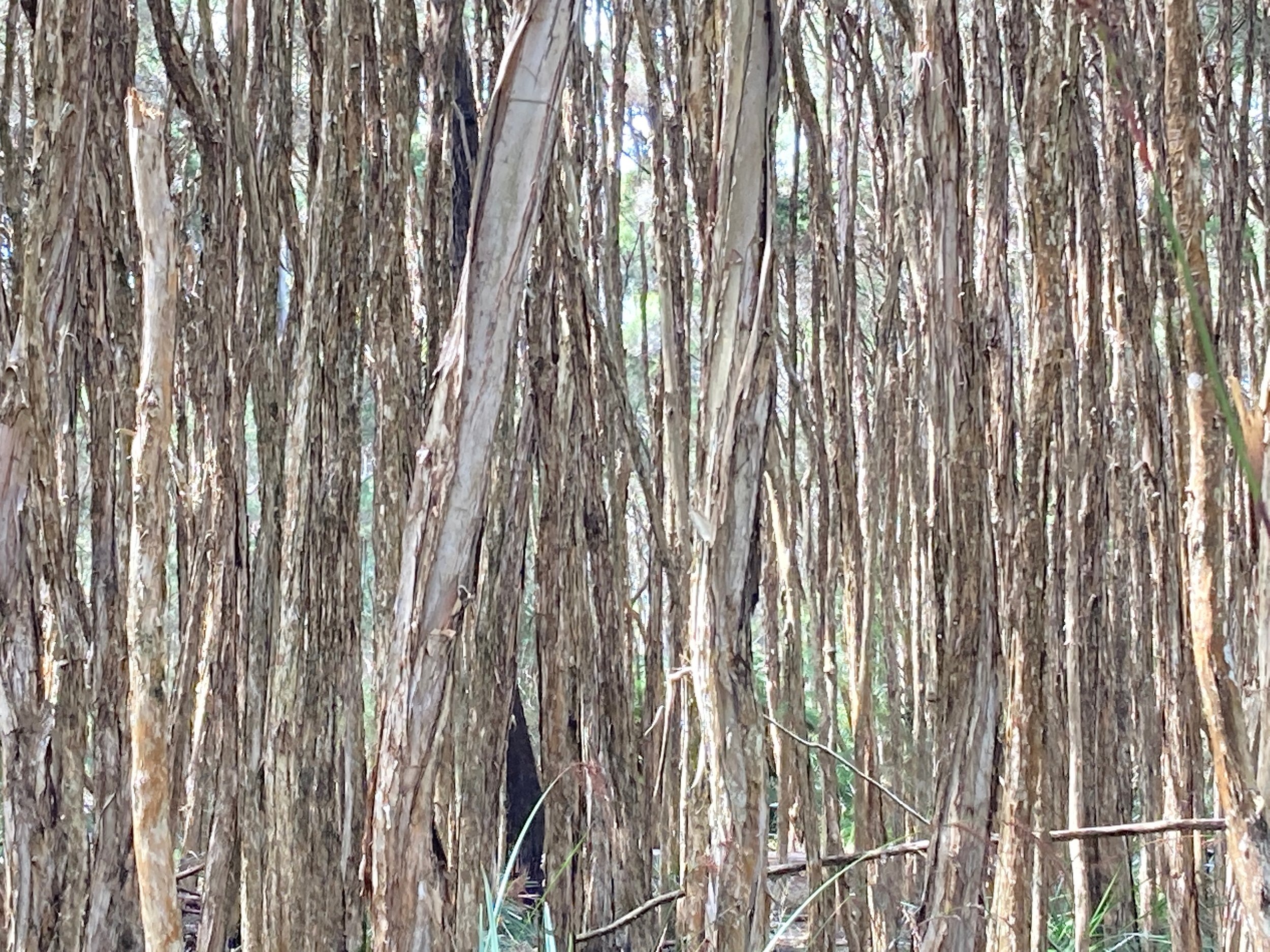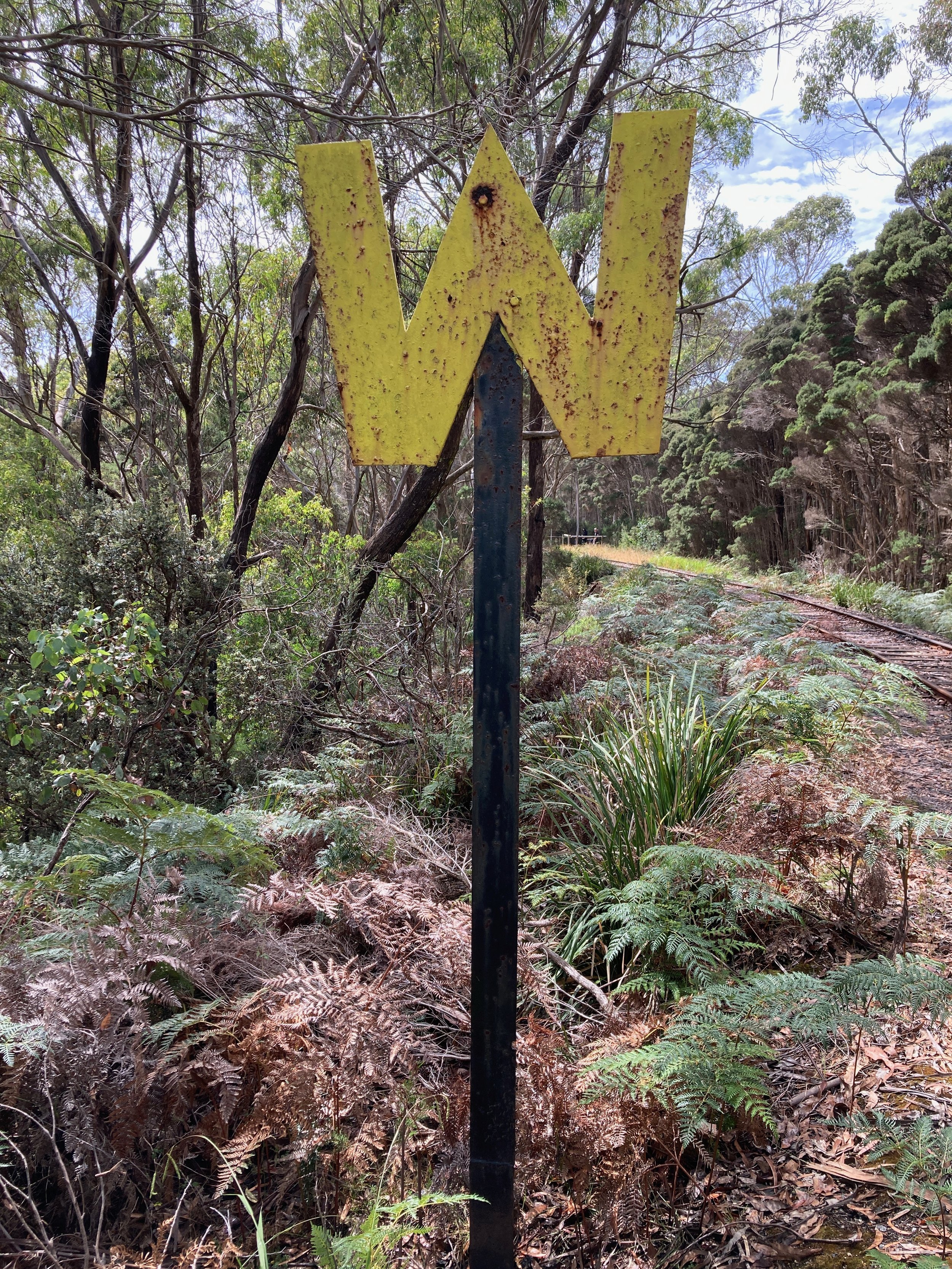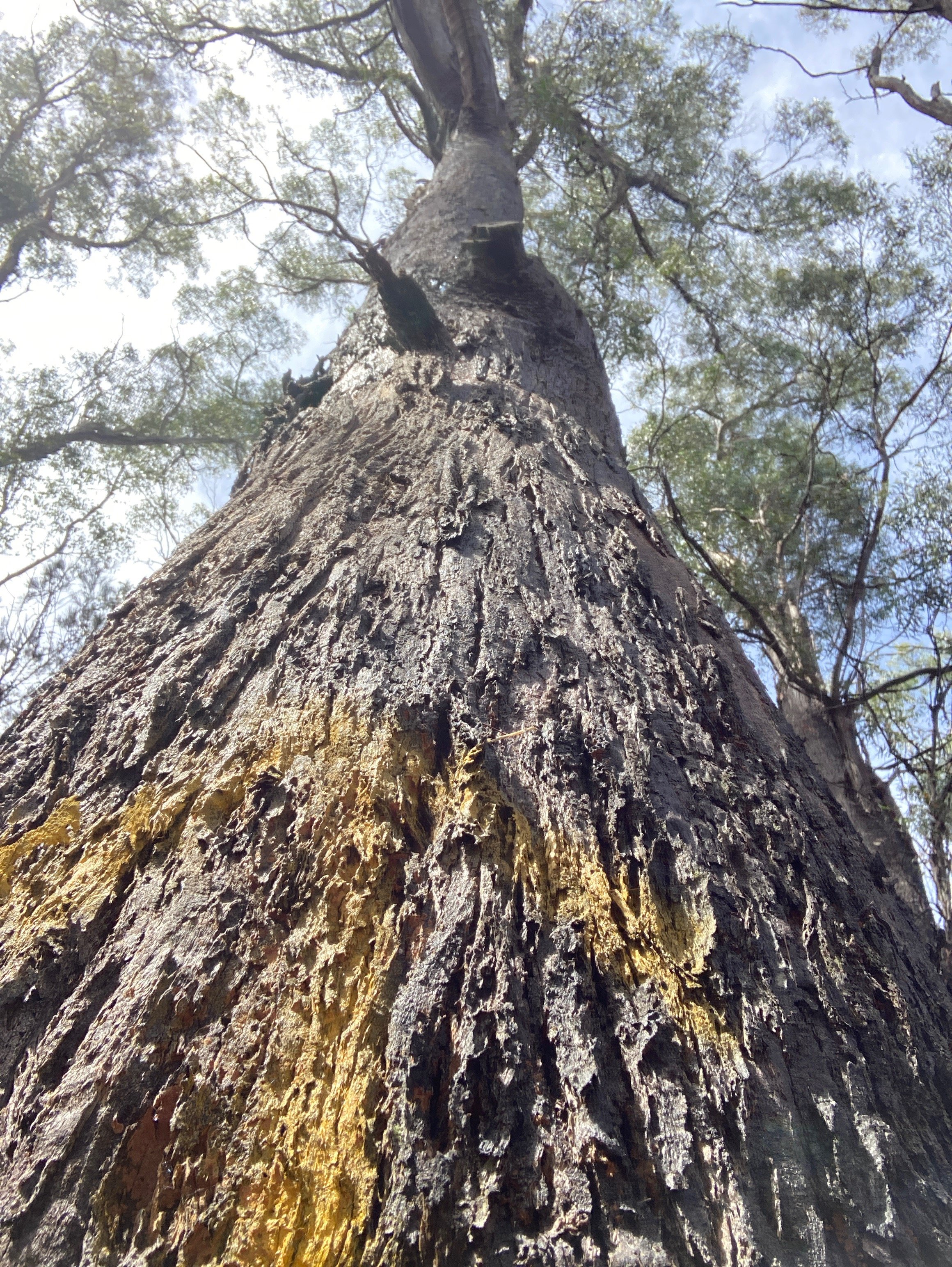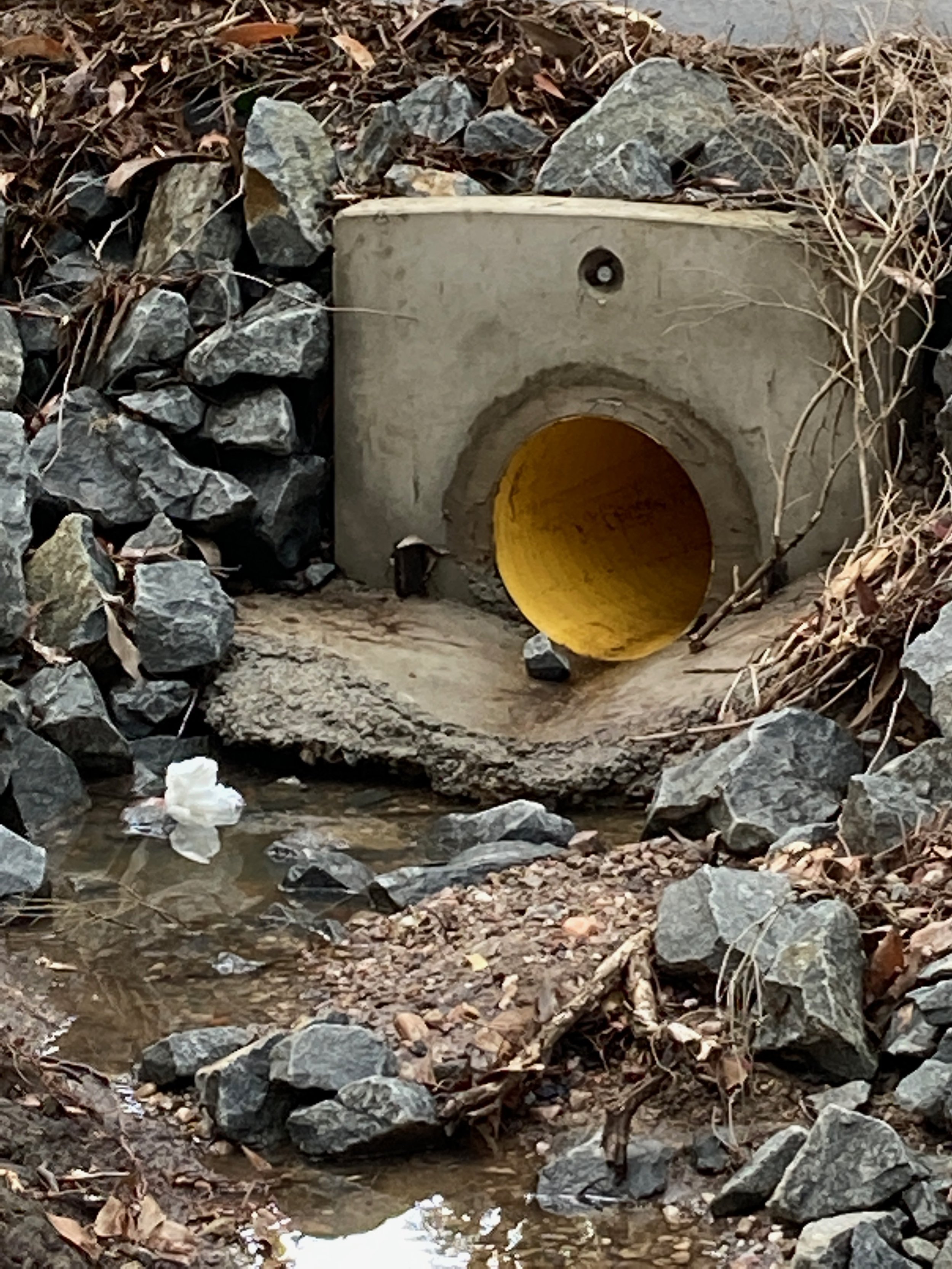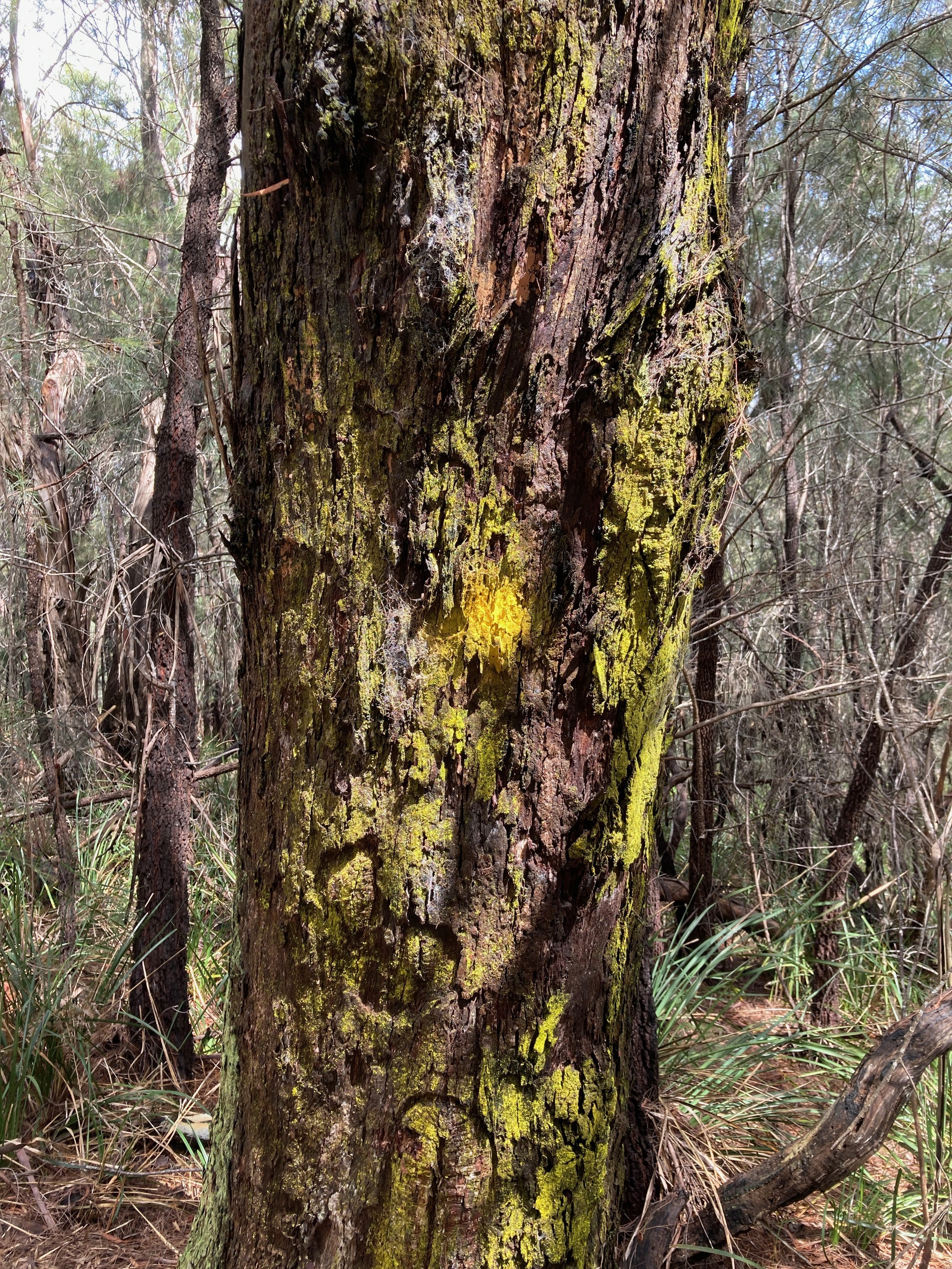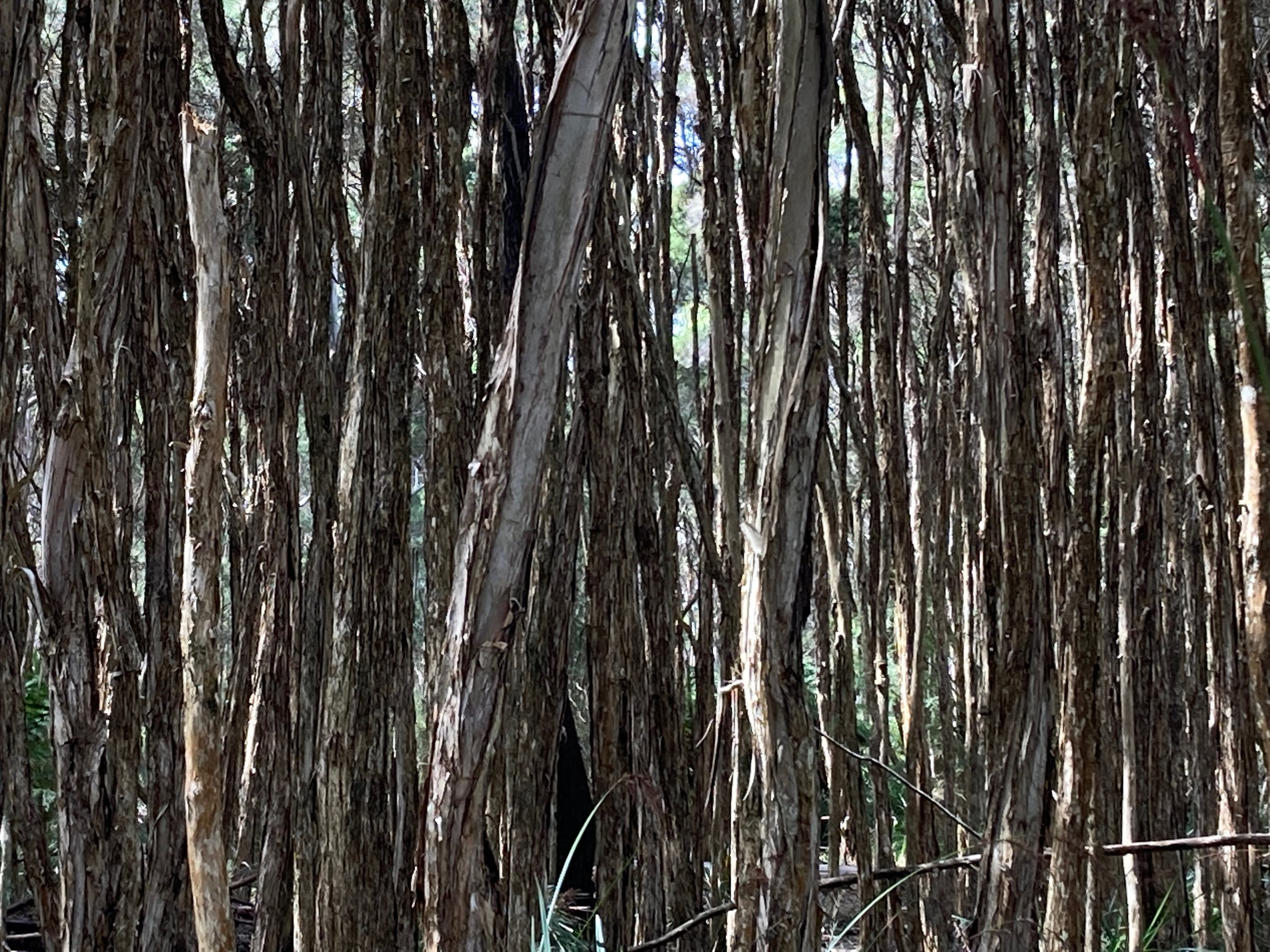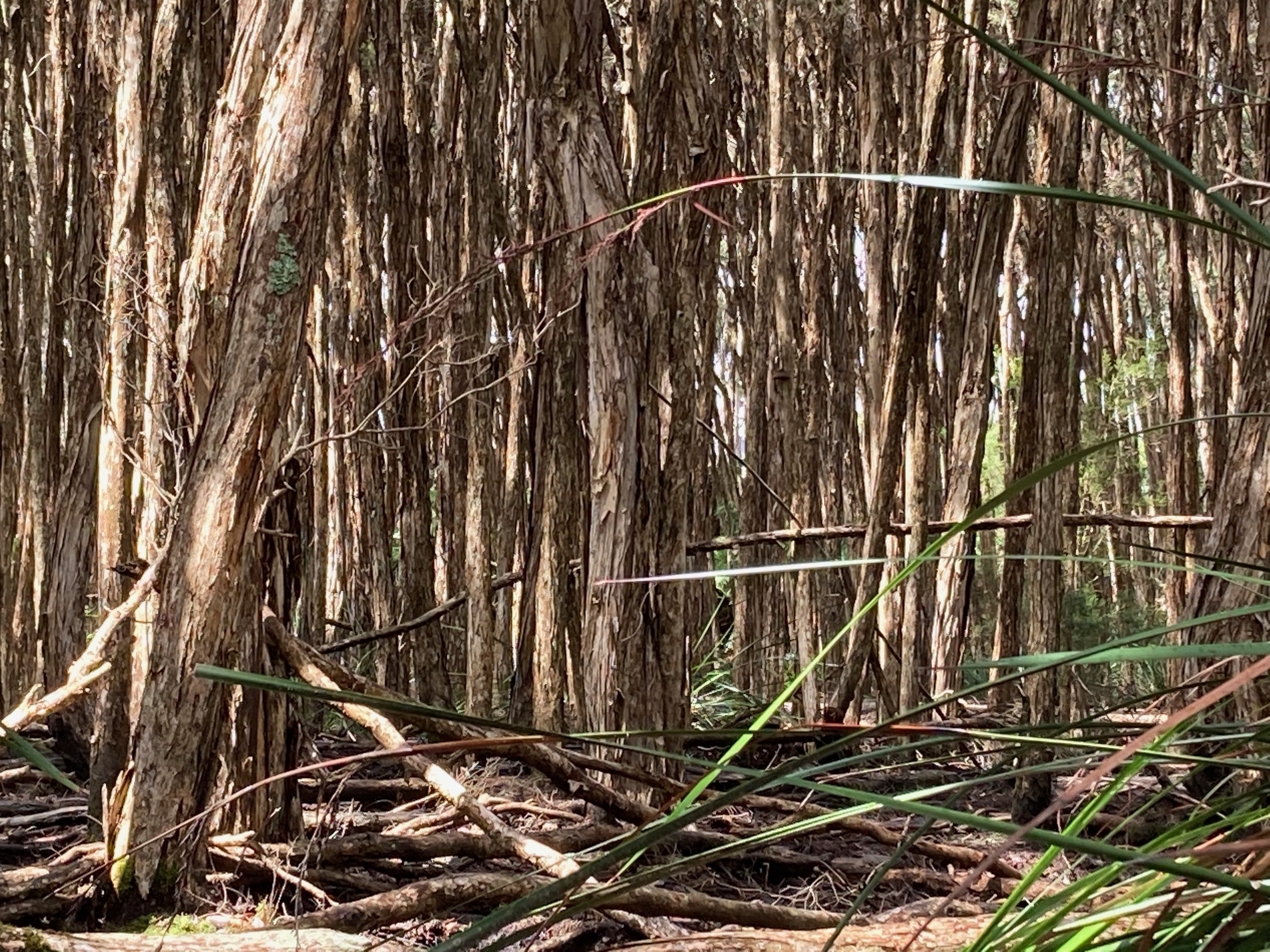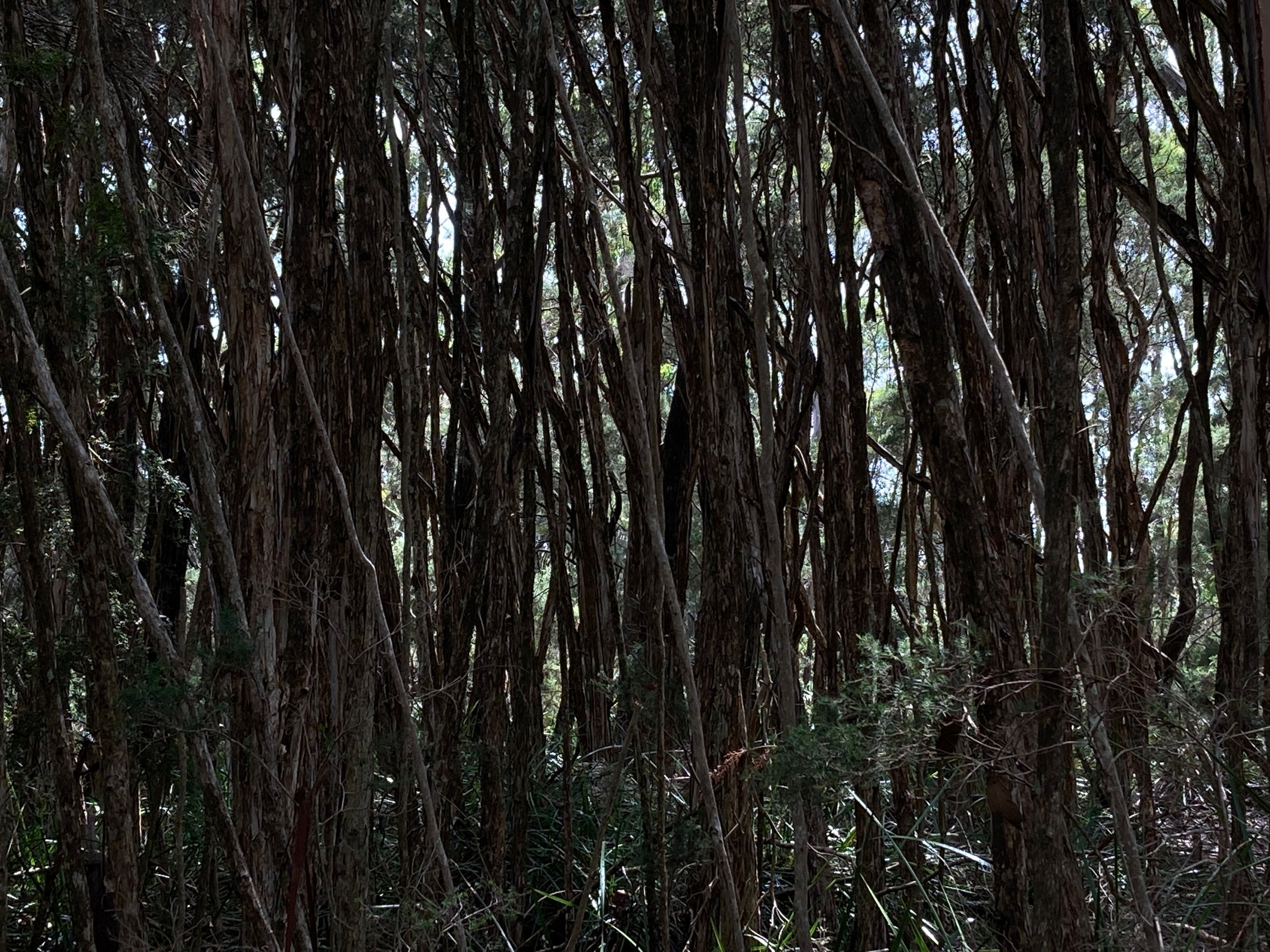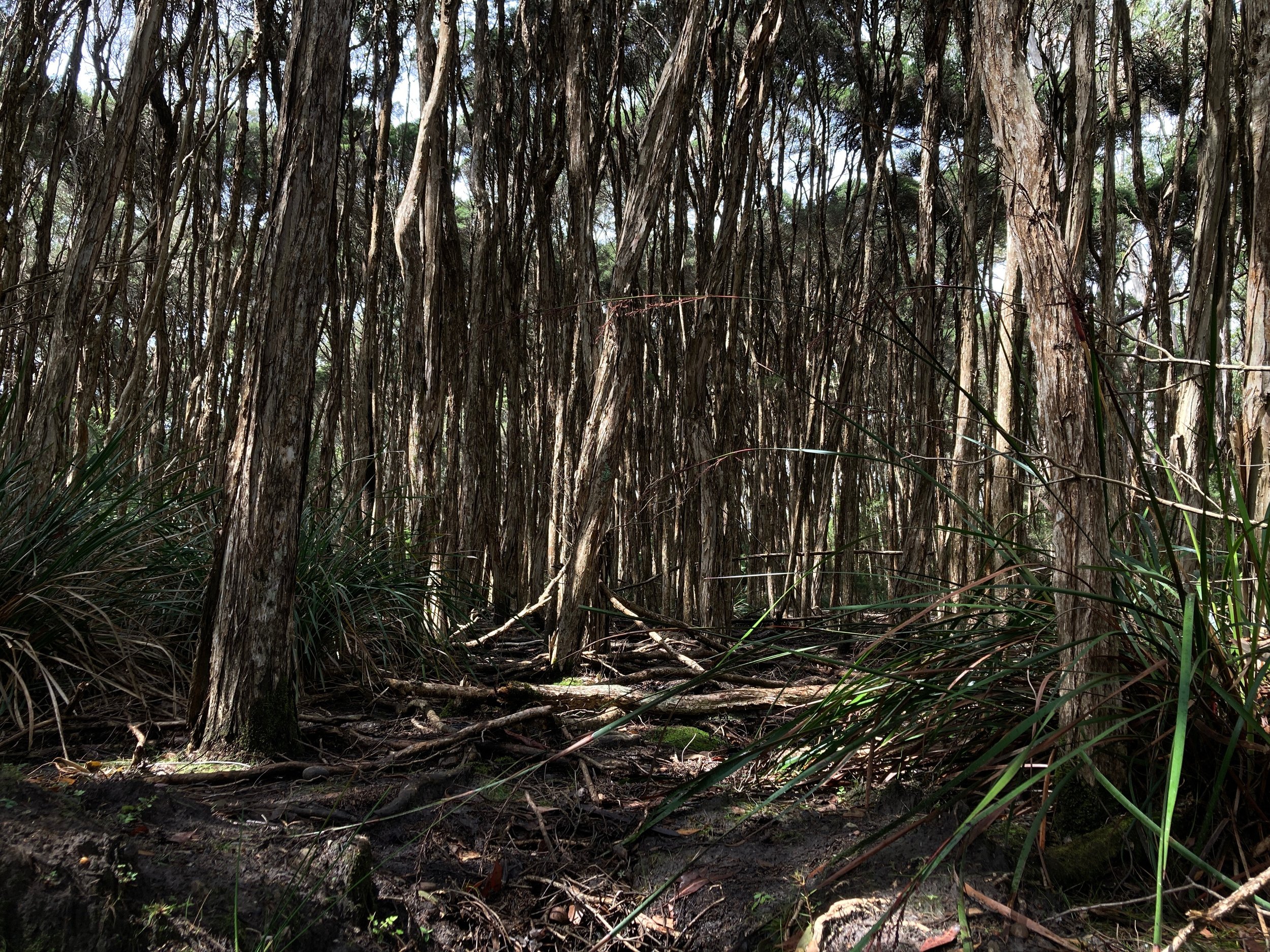Tell us about your proposed activity. Why is it important?
For the past few years my painting practice has been shifting between residencies, exhibitions and sessional teaching. Principally I am an oil painter, who focuses on the slippage between control and wildness within the landscape painting genre. Due to the pandemic, where travel has been restricted, I shifted my subject matter to simple colour charts, something easily accessible within a studio setting. This unexpected restriction has brought about some interesting and concentrated discoveries about colour, and the alchemy and materiality of paint.
Last year I had the privileged to be invited at the Artist-in-Residence for one month at Launceston Church Grammar School. After nearly a year of isolation it was such an enjoyable and rewarding experience to be able to share with students and staff my passion for painting and encourage them in their making. Through an Open Studio, presentations and technical workshops I was able to inspire students to consider ways they could disrupt their pictorial space. Working alongside the senior students I was able to discuss their ideas individually, and mentor them though their task of creating work in any medium, that explored the idea of distortion and disruption. The conclusion of this residency was a group show of the students and my own work at Poimena Gallery in May, 2021.
What I particularly enjoyed with the students and staff was discussing the uncomfortable place of doubt and uncertainty in the process of making art, and how to work through the awkwardness via testing. I noticed there was a reluctance in the students to try and experiment with things they were not confident or competent in. Relating to that awkwardness of working outside of your comfort zone my proposal is to place myself in that same position for this residency.
I intend to work with new mediums and techniques that I am not confident in: specifically drawing and collage on paper (no oil painting), restricting myself to pencils/pens/charcoal, collage and maybe some wet medium (ink, water colour and gouache). To compound this experience, I plan to relocate temporarily outside the security of my own studio, and into an area I am unfamiliar with (North West Coast). With these two challenging steps I intend to replicate a similar vulnerability and uncertainty that students face beginning their year.
My aim is to do a series of works on paper, or other new media, exploring the tension between the familiar and unfamiliar or figurative and abstraction, highlighting the slippage of the in-between space. I’m excited (and a bit nervous) about the possibilities, questions and dialogue that this series of studies may reveal.
The benefit of this proposal is that my actual studio practice throughout the residency could be seen as a living object lesson of the creative process. I will practically demonstrate a way of thinking through making, unedited showing both success and failures within my experimentation. I would like to start the residency with a presentation on ways to develop a body of work around an idea or question. Then after consultation with the teaching staff, present some technical workshops on image construction using my newly acquired collage/drawing techniques midway into the residency. I am also open to other workshops if required on areas of my personal expertise, for example oil painting.
In negotiation with the school, I would like to post a weekly blog that journals and documents this process, similar to a diary with the warts-and-all self-critiques of the projects development. This can be accessible to the students and staff to look at and even comment on throughout the residency (either though the school’s online system or a specific blog on my own web page). It is my hope that the final series of drawings could inform new work, but I am not set on this agenda, it could simply be the development of a way to work.
I think the importance of this proposition will be the actual demonstration of thinking though making. Showcasing the transparency and vulnerability of the processes, not only for the students, the staff but also myself. Seeing firsthand the discipline of hard work and testing that goes on behind the scenes in an artist’s practice rather than the polished resolved work normally shown in the gallery is so important. Additionally highlighting the curiosity and risk taking I believe are imperative for creative practice. My aim is to not only demonstrate this but have my personal practice enriched and invigorated by it
Tell us about yourself.
I have been living in Tasmania since late 2003. I completed my formal training 2018 at the University of Tasmania gaining a PhD which focused on painted imagery’s relationship with space and nature through the motif of the garden. I still consider myself an emerging artist as I have only been represented by a commercial gallery for almost three years, and to date only had one solo show with them.
Contributing to my enthusiasm for this position is my anticipation of the interactions and exchanges between the staff and students within the school community. Since the pandemic I have been working in my home studio and have missed all the serendipitous conversations and cross-pollination of ideas that happens when working within the arts and educational communities.
I consider the breadth of my background in the arts to be beneficial to both the students and staff. Although I am primarily an oil painter, I have also exhibited iPad drawings (Brushes /Procreate), video work and collaborative sculptural work with a 3D- designer.
This versatility testifies to my belief that the message should dictate the best medium.
Additionally, I have nine years the experience of being a sessional tutor and lecture at the School of Creative Arts & Media (CAM) painting department, working mostly with absolute beginners in painting.
A key attraction of this opportunity is that it would enable me to focus on encouraging students in their individual creative projects and development, without the pressure of being their teacher, (all the fun bits without the huge responsibility). The capacity to devote time and energy purely to the creative process and how to develop a meaningful authentic body of work. This is the aspect of coaching which is not only most enjoyable, but I find energises both the student and myself.
Lastly it would be great to have a dependable income for a season, with the boarders unpredictable and the arts industry hit so hard by Covid there are minimal opportunities to generate income, so six weeks as an artist in residence within a school environment would be a welcome relief.

